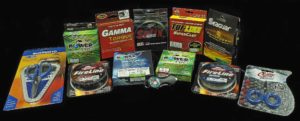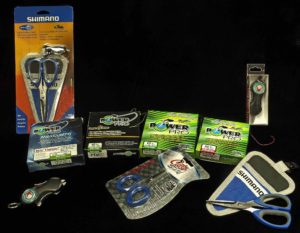Despite its limpness, an advantage of braid in most situations is the fact that it has almost no stretch. Monofilament is quite stretchy, evident to any angler who’s ever had to break a mono line off a submerged stump. Braid, on the other hand, is tight as a wire — great for strike detection and solid hook-sets. With no stretch, however, braid can be less forgiving when fighting a big fish compared to monofilament, though the extra strength of braid helps offset that potential disadvantage.If you are new to braid, know that none of your old monofilament line knots will work. Make sure you check that little folded paper that falls out of the box when you open your new line to see which knots the manufacturer recommends for its brand — they can vary. Fortunately, one of the easiest knots, the Palomar, works pretty universally among the various brands of braid. It does waste a bit more line compared to the improved clinch knot, though you will probably not need to re-tie nearly as often when using abrasion-resistant braids than you do with mono. Note that when your knot or line shows fraying, it’s time for a re-tie.

Spin fisherman in particular will appreciate the benefits of thin but strong braided lines. For baitcasting gear, some of the features of braided lines such as limpness and small diameter make less of a difference, despite the fact that many of the earlier superbraids were designed (and advertised) with baitcasting in mind. However, most of what’s written here will apply equally to both gear types, and most modern braids work well with both spinning and baitcasting rigs.
Know that these new braids are tough, and you will need to invest a few dollars in a small pair of scissors or clippers designed especially for braided lines to toss in the bottom of your tackle box.
And speaking of cutting, one thing to be cautious of is the fact that these super-slick braids can cut your hands much more readily than softer monofilament. If you snag a submerged stump, don’t try to pull your lure free or break the line off with your hand! Wind some of the line around something like a net handle for heavy pulling. Try to keep this in mind during the excitement of landing a large fish, as well — don’t grab the braid or wrap it around your hand.
One of the few disadvantages of braid is that it is not transparent like monofilament, although most anglers don’t notice a drop in strikes when switching between the two. Those that want to offset this disadvantage of braid usually add a monofilament or fluorocarbon leader. The leader is usually at least two to three feet, longer for ultra-clear water or especially wary fish. Mono is cheaper and works, but fluorocarbon is another modern wonder material that’s practically invisible underwater and has outstanding abrasion resistance. The chief disadvantage of fluorocarbon is cost — more than that of most premium braids — but not as hard on the wallet if you’re only buying a small spool for leader material instead of a full spool.
So that’s the “skinny” on braid. Monofilament will probably still have a place on your rod rack, but for heavyweight fishing on gear that still casts and feels light in your hands, braid can’t be beat!
Contact Us for current inventory and ordering details.
Related Products
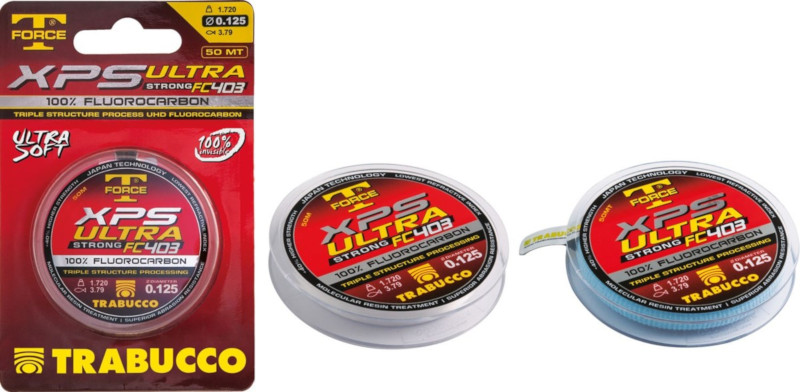 https://hooklineandsinker.ca/wp-content/uploads/2022/10/Trabucco-T-Force-Ultra-Strong-FC403.jpeg
392
800
HLSAdmin
https://hooklineandsinker.ca/wp-content/uploads/2014/12/Steelheading-in-the-Snow-900-80-Not-Faded-Actual-1030x91.jpg
HLSAdmin2022-10-06 17:27:102022-10-06 17:27:10Trabucco T Force Ultra Strong FC403 Fluorocarbon Tippet
https://hooklineandsinker.ca/wp-content/uploads/2022/10/Trabucco-T-Force-Ultra-Strong-FC403.jpeg
392
800
HLSAdmin
https://hooklineandsinker.ca/wp-content/uploads/2014/12/Steelheading-in-the-Snow-900-80-Not-Faded-Actual-1030x91.jpg
HLSAdmin2022-10-06 17:27:102022-10-06 17:27:10Trabucco T Force Ultra Strong FC403 Fluorocarbon Tippet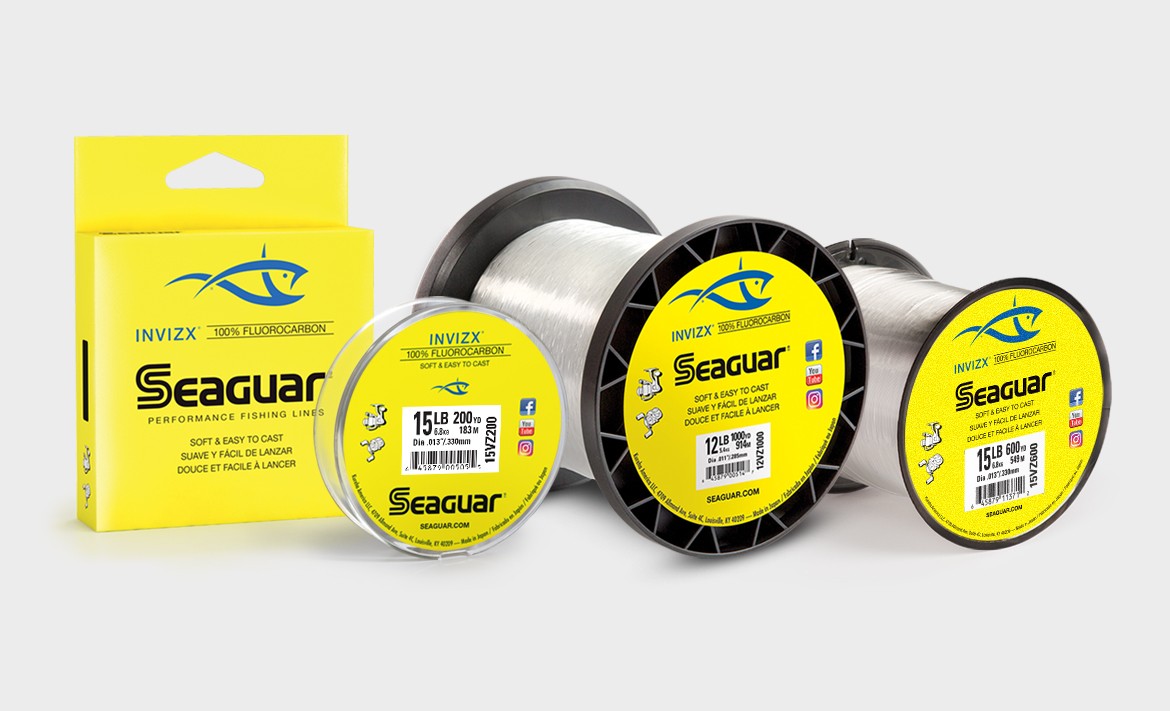 https://hooklineandsinker.ca/wp-content/uploads/2022/04/Seaguar-Invizx-100-Fluorocarbon.jpeg
711
1170
HLSAdmin
https://hooklineandsinker.ca/wp-content/uploads/2014/12/Steelheading-in-the-Snow-900-80-Not-Faded-Actual-1030x91.jpg
HLSAdmin2022-04-11 18:18:342022-04-11 18:18:34Seaguar Invizx 100% Fluorocarbon
https://hooklineandsinker.ca/wp-content/uploads/2022/04/Seaguar-Invizx-100-Fluorocarbon.jpeg
711
1170
HLSAdmin
https://hooklineandsinker.ca/wp-content/uploads/2014/12/Steelheading-in-the-Snow-900-80-Not-Faded-Actual-1030x91.jpg
HLSAdmin2022-04-11 18:18:342022-04-11 18:18:34Seaguar Invizx 100% Fluorocarbon https://hooklineandsinker.ca/wp-content/uploads/2014/01/Scientific-Anglers-Tippet-Stack-with-Fish-Pimp-Dry-Fly-Floatant-BBB.jpg
671
2014
HLSAdmin
https://hooklineandsinker.ca/wp-content/uploads/2014/12/Steelheading-in-the-Snow-900-80-Not-Faded-Actual-1030x91.jpg
HLSAdmin2022-04-01 20:16:142022-04-01 20:34:56Fluorocarbon Myths – Fact or Fiction – The truth About Fluorocarbon Fishing Line
https://hooklineandsinker.ca/wp-content/uploads/2014/01/Scientific-Anglers-Tippet-Stack-with-Fish-Pimp-Dry-Fly-Floatant-BBB.jpg
671
2014
HLSAdmin
https://hooklineandsinker.ca/wp-content/uploads/2014/12/Steelheading-in-the-Snow-900-80-Not-Faded-Actual-1030x91.jpg
HLSAdmin2022-04-01 20:16:142022-04-01 20:34:56Fluorocarbon Myths – Fact or Fiction – The truth About Fluorocarbon Fishing Line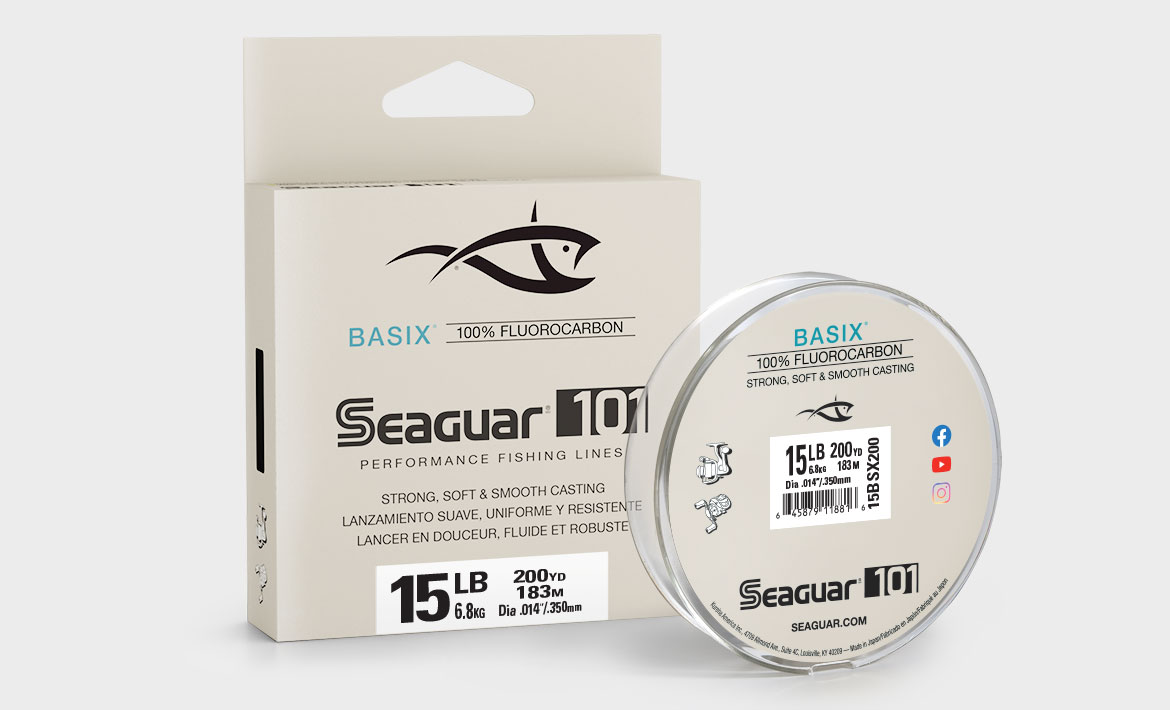 https://hooklineandsinker.ca/wp-content/uploads/2022/04/Seaguar-BASIX-100-Fluorocarbon-basix.jpeg
710
1170
HLSAdmin
https://hooklineandsinker.ca/wp-content/uploads/2014/12/Steelheading-in-the-Snow-900-80-Not-Faded-Actual-1030x91.jpg
HLSAdmin2022-04-11 18:08:352022-04-11 18:08:35Seaguar BasiX 100% Fluorocarbon
https://hooklineandsinker.ca/wp-content/uploads/2022/04/Seaguar-BASIX-100-Fluorocarbon-basix.jpeg
710
1170
HLSAdmin
https://hooklineandsinker.ca/wp-content/uploads/2014/12/Steelheading-in-the-Snow-900-80-Not-Faded-Actual-1030x91.jpg
HLSAdmin2022-04-11 18:08:352022-04-11 18:08:35Seaguar BasiX 100% Fluorocarbon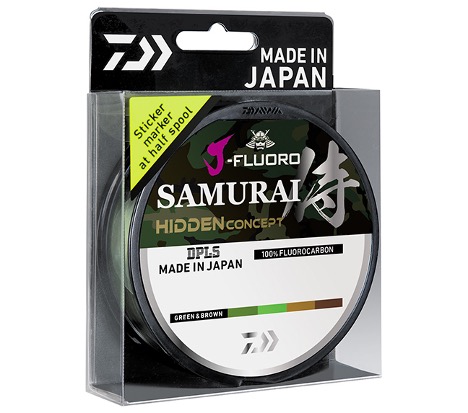 https://hooklineandsinker.ca/wp-content/uploads/2021/07/Daiwa-Samurai-J-Fluoro-Hidden-Concept-Fluorocarbon-B.jpg
413
468
HLSAdmin
https://hooklineandsinker.ca/wp-content/uploads/2014/12/Steelheading-in-the-Snow-900-80-Not-Faded-Actual-1030x91.jpg
HLSAdmin2021-07-11 00:18:402021-07-11 00:18:40Daiwa Samurai J-Fluoro Hidden Concept Fluorocarbon
https://hooklineandsinker.ca/wp-content/uploads/2021/07/Daiwa-Samurai-J-Fluoro-Hidden-Concept-Fluorocarbon-B.jpg
413
468
HLSAdmin
https://hooklineandsinker.ca/wp-content/uploads/2014/12/Steelheading-in-the-Snow-900-80-Not-Faded-Actual-1030x91.jpg
HLSAdmin2021-07-11 00:18:402021-07-11 00:18:40Daiwa Samurai J-Fluoro Hidden Concept Fluorocarbon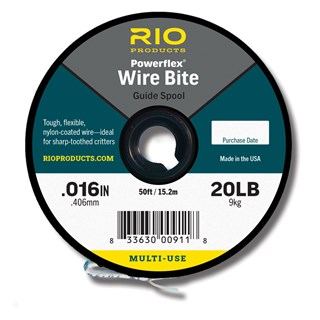 https://hooklineandsinker.ca/wp-content/uploads/2021/05/RIO-Powerflex-Wire-Bite-Tippet.jpg
320
320
HLSAdmin
https://hooklineandsinker.ca/wp-content/uploads/2014/12/Steelheading-in-the-Snow-900-80-Not-Faded-Actual-1030x91.jpg
HLSAdmin2021-05-23 21:05:042021-05-23 21:10:45RIO Powerflex Wire Bite Tippet
https://hooklineandsinker.ca/wp-content/uploads/2021/05/RIO-Powerflex-Wire-Bite-Tippet.jpg
320
320
HLSAdmin
https://hooklineandsinker.ca/wp-content/uploads/2014/12/Steelheading-in-the-Snow-900-80-Not-Faded-Actual-1030x91.jpg
HLSAdmin2021-05-23 21:05:042021-05-23 21:10:45RIO Powerflex Wire Bite Tippet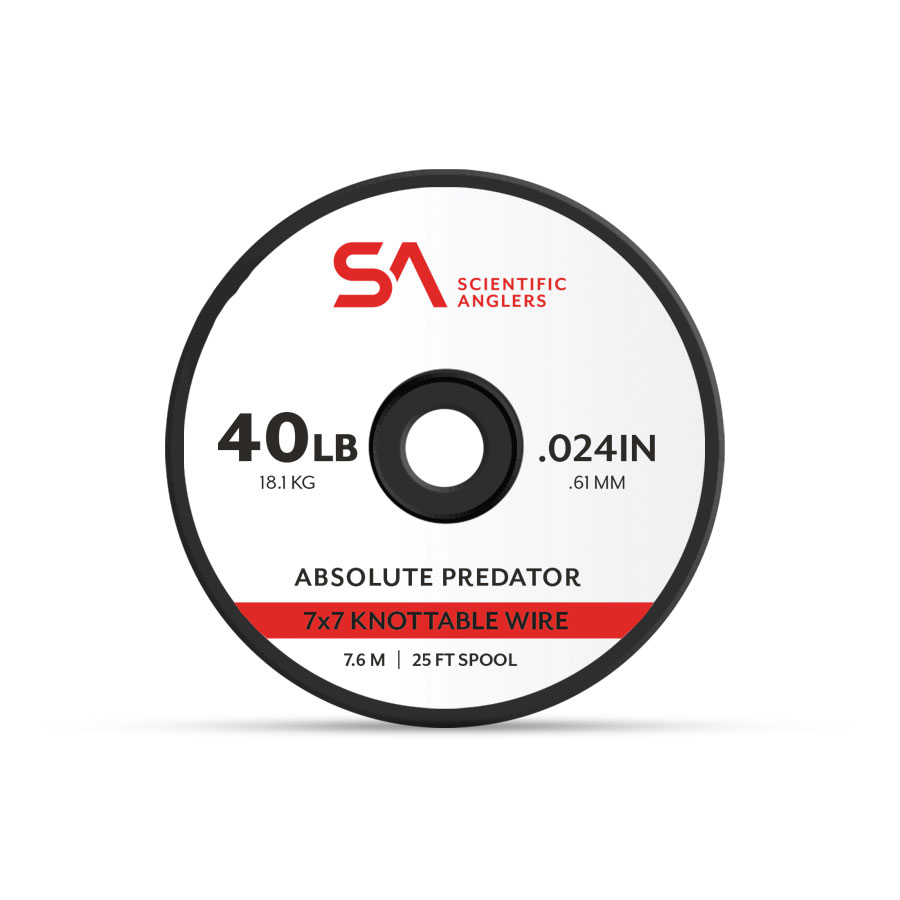 https://hooklineandsinker.ca/wp-content/uploads/2021/05/Scientific-Anglers-Absolute-Predator-7X7-Knottable-Wire-absolute-predator-wire.jpg
900
900
HLSAdmin
https://hooklineandsinker.ca/wp-content/uploads/2014/12/Steelheading-in-the-Snow-900-80-Not-Faded-Actual-1030x91.jpg
HLSAdmin2021-05-23 20:51:352021-05-23 21:08:59Scientific Anglers Absolute Predator 7X7 Knottable Wire
https://hooklineandsinker.ca/wp-content/uploads/2021/05/Scientific-Anglers-Absolute-Predator-7X7-Knottable-Wire-absolute-predator-wire.jpg
900
900
HLSAdmin
https://hooklineandsinker.ca/wp-content/uploads/2014/12/Steelheading-in-the-Snow-900-80-Not-Faded-Actual-1030x91.jpg
HLSAdmin2021-05-23 20:51:352021-05-23 21:08:59Scientific Anglers Absolute Predator 7X7 Knottable Wire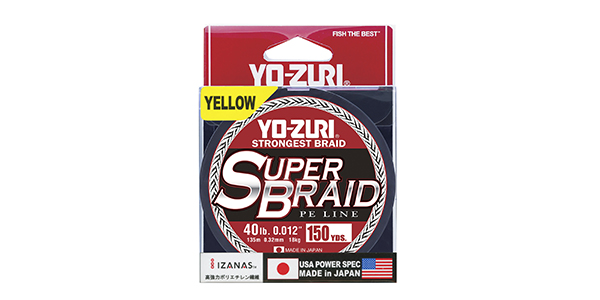 https://hooklineandsinker.ca/wp-content/uploads/2021/02/Yo-Zuri-Hi-Visibility-Super-Braid-Yellow.jpg
300
600
HLSAdmin
https://hooklineandsinker.ca/wp-content/uploads/2014/12/Steelheading-in-the-Snow-900-80-Not-Faded-Actual-1030x91.jpg
HLSAdmin2021-02-13 20:55:492021-02-13 20:55:49Yo-Zuri Hi-Visibility Super Braid Yellow
https://hooklineandsinker.ca/wp-content/uploads/2021/02/Yo-Zuri-Hi-Visibility-Super-Braid-Yellow.jpg
300
600
HLSAdmin
https://hooklineandsinker.ca/wp-content/uploads/2014/12/Steelheading-in-the-Snow-900-80-Not-Faded-Actual-1030x91.jpg
HLSAdmin2021-02-13 20:55:492021-02-13 20:55:49Yo-Zuri Hi-Visibility Super Braid Yellow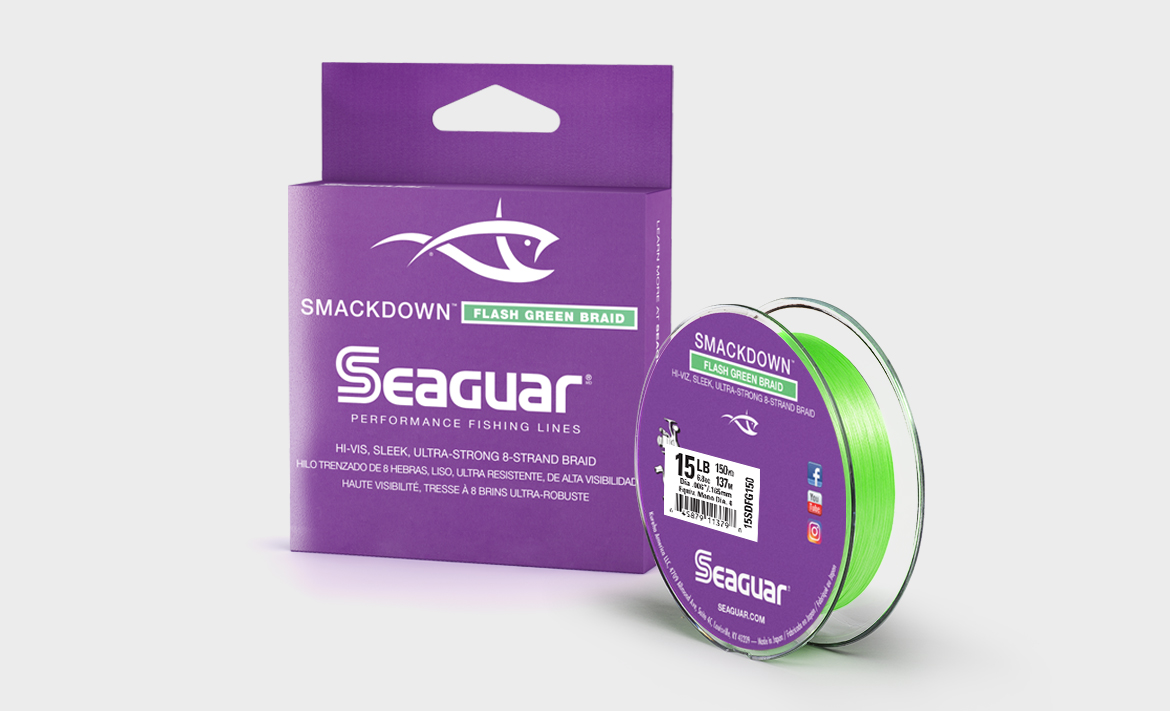 https://hooklineandsinker.ca/wp-content/uploads/2021/02/Seaguar-Smackdown-Hi-Visibilty-Flash-Green.jpg
711
1170
HLSAdmin
https://hooklineandsinker.ca/wp-content/uploads/2014/12/Steelheading-in-the-Snow-900-80-Not-Faded-Actual-1030x91.jpg
HLSAdmin2021-02-13 20:34:072021-07-20 20:09:32Seaguar Smackdown Hi-Visibility Flash Green
https://hooklineandsinker.ca/wp-content/uploads/2021/02/Seaguar-Smackdown-Hi-Visibilty-Flash-Green.jpg
711
1170
HLSAdmin
https://hooklineandsinker.ca/wp-content/uploads/2014/12/Steelheading-in-the-Snow-900-80-Not-Faded-Actual-1030x91.jpg
HLSAdmin2021-02-13 20:34:072021-07-20 20:09:32Seaguar Smackdown Hi-Visibility Flash Green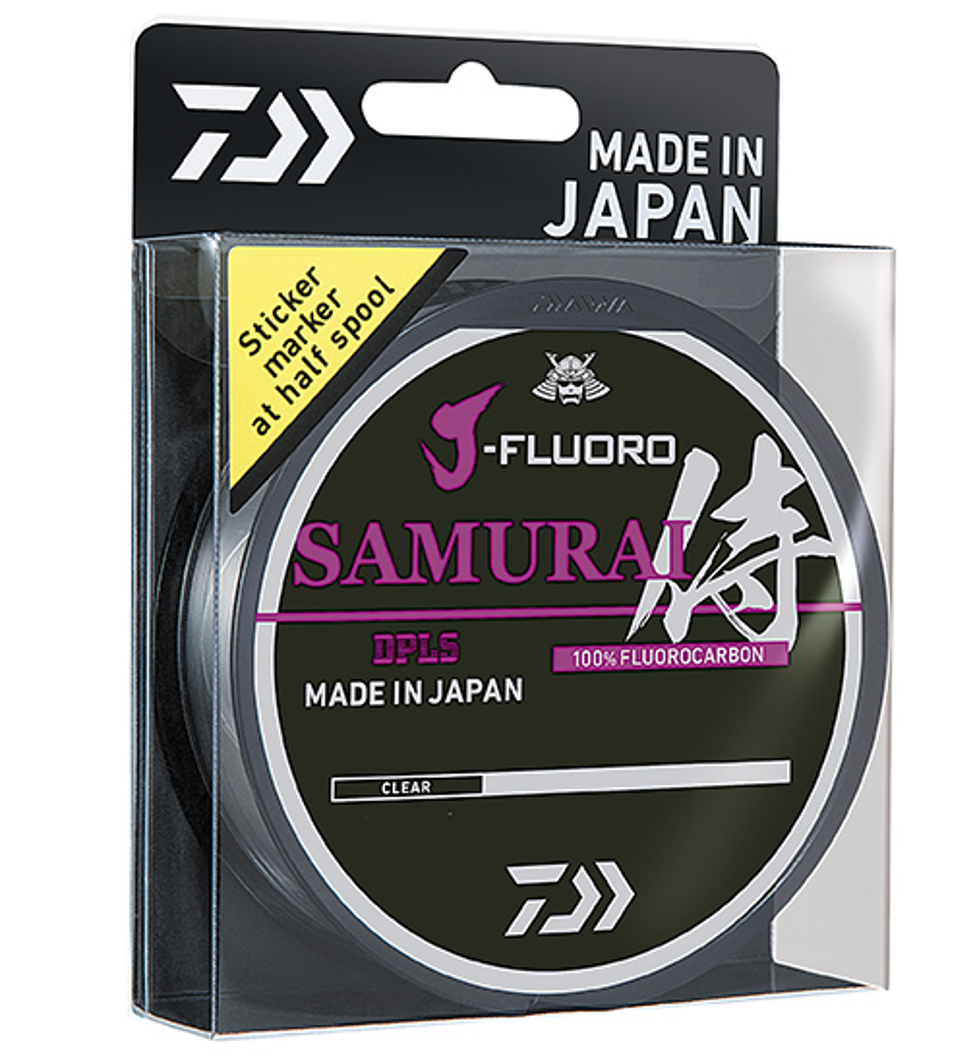 https://hooklineandsinker.ca/wp-content/uploads/2021/01/Daiwa-J-Fluoro-Samurai-Premium-Fluorocarbon-A.png
1060
977
HLSAdmin
https://hooklineandsinker.ca/wp-content/uploads/2014/12/Steelheading-in-the-Snow-900-80-Not-Faded-Actual-1030x91.jpg
HLSAdmin2021-01-07 19:46:052021-01-07 19:46:05Daiwa J-Fluoro Samurai Premium Fluorocarbon
https://hooklineandsinker.ca/wp-content/uploads/2021/01/Daiwa-J-Fluoro-Samurai-Premium-Fluorocarbon-A.png
1060
977
HLSAdmin
https://hooklineandsinker.ca/wp-content/uploads/2014/12/Steelheading-in-the-Snow-900-80-Not-Faded-Actual-1030x91.jpg
HLSAdmin2021-01-07 19:46:052021-01-07 19:46:05Daiwa J-Fluoro Samurai Premium Fluorocarbon https://hooklineandsinker.ca/wp-content/uploads/2020/10/Stonfo-Knot-Covers-H-1.jpg
800
800
HLSAdmin
https://hooklineandsinker.ca/wp-content/uploads/2014/12/Steelheading-in-the-Snow-900-80-Not-Faded-Actual-1030x91.jpg
HLSAdmin2020-10-19 18:18:442020-10-19 18:18:44Stonfo Knot Covers
https://hooklineandsinker.ca/wp-content/uploads/2020/10/Stonfo-Knot-Covers-H-1.jpg
800
800
HLSAdmin
https://hooklineandsinker.ca/wp-content/uploads/2014/12/Steelheading-in-the-Snow-900-80-Not-Faded-Actual-1030x91.jpg
HLSAdmin2020-10-19 18:18:442020-10-19 18:18:44Stonfo Knot Covers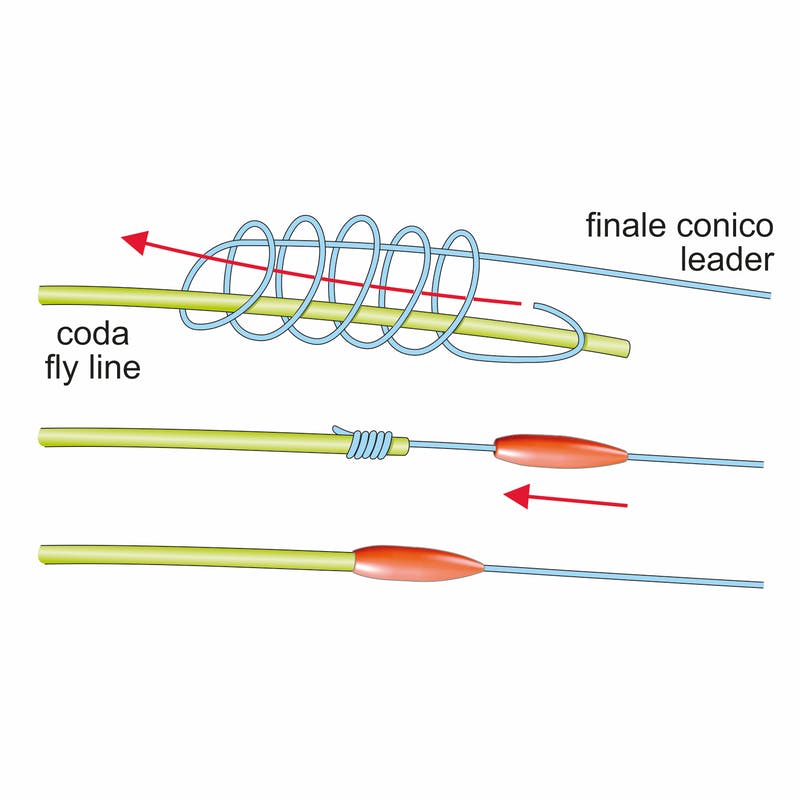 https://hooklineandsinker.ca/wp-content/uploads/2020/10/Stonfo-Knot-Covers-H.jpg
800
800
HLSAdmin
https://hooklineandsinker.ca/wp-content/uploads/2014/12/Steelheading-in-the-Snow-900-80-Not-Faded-Actual-1030x91.jpg
HLSAdmin2020-10-19 18:19:322020-10-19 18:35:01Stonfo Knot Covers
https://hooklineandsinker.ca/wp-content/uploads/2020/10/Stonfo-Knot-Covers-H.jpg
800
800
HLSAdmin
https://hooklineandsinker.ca/wp-content/uploads/2014/12/Steelheading-in-the-Snow-900-80-Not-Faded-Actual-1030x91.jpg
HLSAdmin2020-10-19 18:19:322020-10-19 18:35:01Stonfo Knot Covers https://hooklineandsinker.ca/wp-content/uploads/2020/08/Kevin-VanDam-Line-and-Lure-Conditioner.jpg
400
119
HLSAdmin
https://hooklineandsinker.ca/wp-content/uploads/2014/12/Steelheading-in-the-Snow-900-80-Not-Faded-Actual-1030x91.jpg
HLSAdmin2020-08-01 22:23:112020-08-04 20:58:13Kevin VanDam’s Line and Lure Conditioner
https://hooklineandsinker.ca/wp-content/uploads/2020/08/Kevin-VanDam-Line-and-Lure-Conditioner.jpg
400
119
HLSAdmin
https://hooklineandsinker.ca/wp-content/uploads/2014/12/Steelheading-in-the-Snow-900-80-Not-Faded-Actual-1030x91.jpg
HLSAdmin2020-08-01 22:23:112020-08-04 20:58:13Kevin VanDam’s Line and Lure Conditioner https://hooklineandsinker.ca/wp-content/uploads/2020/04/Lunkerhint-Braided-Fishing-Line.png
490
490
HLSAdmin
https://hooklineandsinker.ca/wp-content/uploads/2014/12/Steelheading-in-the-Snow-900-80-Not-Faded-Actual-1030x91.jpg
HLSAdmin2020-04-03 19:57:272020-04-03 20:08:37Lunkerhunt Premium Braided Fishing Line
https://hooklineandsinker.ca/wp-content/uploads/2020/04/Lunkerhint-Braided-Fishing-Line.png
490
490
HLSAdmin
https://hooklineandsinker.ca/wp-content/uploads/2014/12/Steelheading-in-the-Snow-900-80-Not-Faded-Actual-1030x91.jpg
HLSAdmin2020-04-03 19:57:272020-04-03 20:08:37Lunkerhunt Premium Braided Fishing Line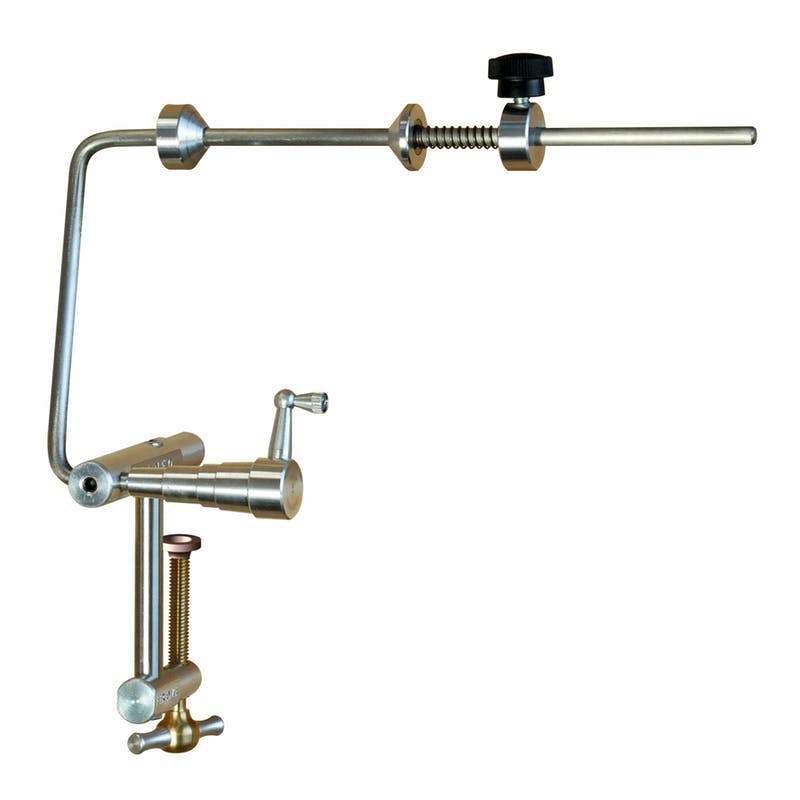 https://hooklineandsinker.ca/wp-content/uploads/2020/03/Stonfo-Spooling-Station-544-IMBOBINATORE-D.jpg
800
800
HLSAdmin
https://hooklineandsinker.ca/wp-content/uploads/2014/12/Steelheading-in-the-Snow-900-80-Not-Faded-Actual-1030x91.jpg
HLSAdmin2020-03-09 18:17:332020-03-21 18:45:34Stonfo Spooling Station #544 – Line Winder
https://hooklineandsinker.ca/wp-content/uploads/2020/03/Stonfo-Spooling-Station-544-IMBOBINATORE-D.jpg
800
800
HLSAdmin
https://hooklineandsinker.ca/wp-content/uploads/2014/12/Steelheading-in-the-Snow-900-80-Not-Faded-Actual-1030x91.jpg
HLSAdmin2020-03-09 18:17:332020-03-21 18:45:34Stonfo Spooling Station #544 – Line Winder https://hooklineandsinker.ca/wp-content/uploads/2018/09/Blood-Run-Tackle-Co-Sea-Flee-30lb-Mono-AA.jpg
1956
2450
HLSAdmin
https://hooklineandsinker.ca/wp-content/uploads/2014/12/Steelheading-in-the-Snow-900-80-Not-Faded-Actual-1030x91.jpg
HLSAdmin2018-09-22 23:00:552020-07-12 22:47:30Blood Run’s Round-Shaped 30lb “Super Slick” Sea Flee Line
https://hooklineandsinker.ca/wp-content/uploads/2018/09/Blood-Run-Tackle-Co-Sea-Flee-30lb-Mono-AA.jpg
1956
2450
HLSAdmin
https://hooklineandsinker.ca/wp-content/uploads/2014/12/Steelheading-in-the-Snow-900-80-Not-Faded-Actual-1030x91.jpg
HLSAdmin2018-09-22 23:00:552020-07-12 22:47:30Blood Run’s Round-Shaped 30lb “Super Slick” Sea Flee Line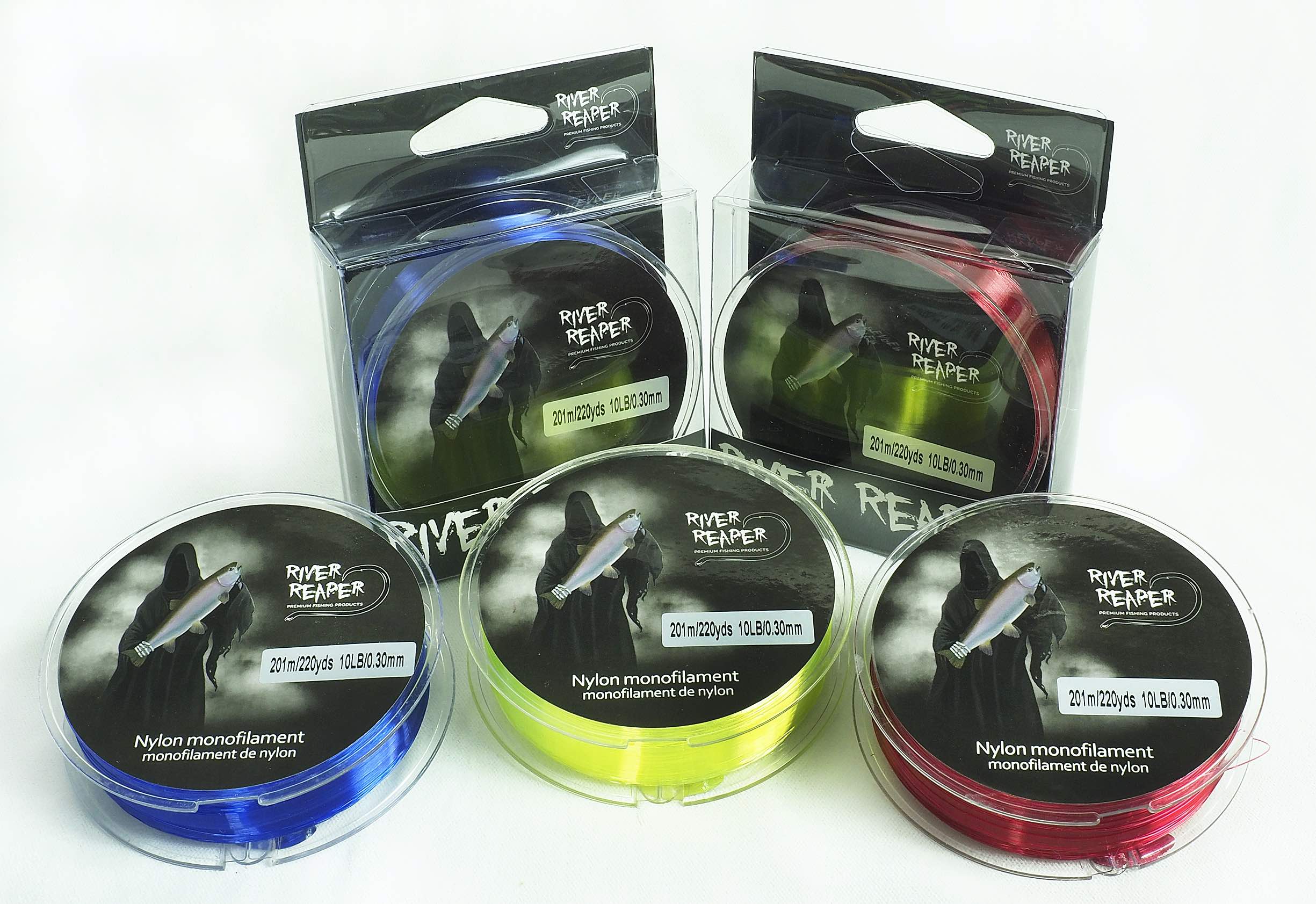 https://hooklineandsinker.ca/wp-content/uploads/2020/01/River-Reeper-High-Visibility-Nylon-Monofilament-Centerpin-Float-Reel-Line-AA.jpg
1683
2450
HLSAdmin
https://hooklineandsinker.ca/wp-content/uploads/2014/12/Steelheading-in-the-Snow-900-80-Not-Faded-Actual-1030x91.jpg
HLSAdmin2020-01-18 21:41:062020-01-18 21:42:10River Reaper High Visibility Nylon Monofilament Centerpin Float Reel Line
https://hooklineandsinker.ca/wp-content/uploads/2020/01/River-Reeper-High-Visibility-Nylon-Monofilament-Centerpin-Float-Reel-Line-AA.jpg
1683
2450
HLSAdmin
https://hooklineandsinker.ca/wp-content/uploads/2014/12/Steelheading-in-the-Snow-900-80-Not-Faded-Actual-1030x91.jpg
HLSAdmin2020-01-18 21:41:062020-01-18 21:42:10River Reaper High Visibility Nylon Monofilament Centerpin Float Reel Line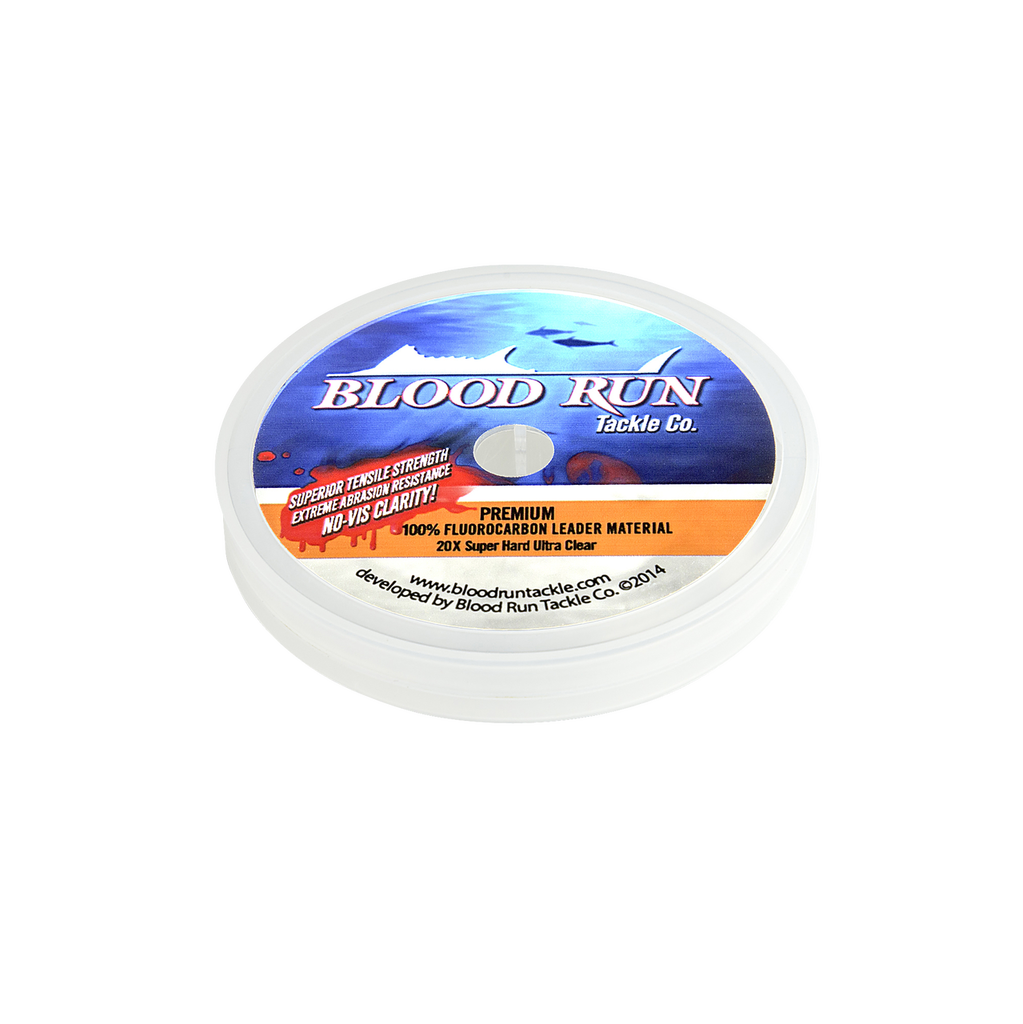 https://hooklineandsinker.ca/wp-content/uploads/2020/01/Blood-Run-100-percent-Fluorocarbon-Tippet-Material-C.png
1024
1023
HLSAdmin
https://hooklineandsinker.ca/wp-content/uploads/2014/12/Steelheading-in-the-Snow-900-80-Not-Faded-Actual-1030x91.jpg
HLSAdmin2020-01-13 12:54:022020-01-13 12:54:43Blood Run 100 Percent Fluorocarbon Tippet
https://hooklineandsinker.ca/wp-content/uploads/2020/01/Blood-Run-100-percent-Fluorocarbon-Tippet-Material-C.png
1024
1023
HLSAdmin
https://hooklineandsinker.ca/wp-content/uploads/2014/12/Steelheading-in-the-Snow-900-80-Not-Faded-Actual-1030x91.jpg
HLSAdmin2020-01-13 12:54:022020-01-13 12:54:43Blood Run 100 Percent Fluorocarbon Tippet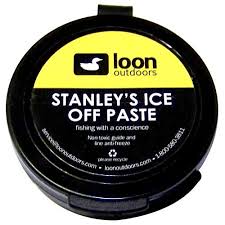 https://hooklineandsinker.ca/wp-content/uploads/2015/05/Loon-Stanleys-Ice-Off-Paste-A.jpg
225
225
HLSAdmin
https://hooklineandsinker.ca/wp-content/uploads/2014/12/Steelheading-in-the-Snow-900-80-Not-Faded-Actual-1030x91.jpg
HLSAdmin2015-05-06 23:32:512018-11-25 20:57:32Loon Outdoors – Stanley’s Ice Off Paste
https://hooklineandsinker.ca/wp-content/uploads/2015/05/Loon-Stanleys-Ice-Off-Paste-A.jpg
225
225
HLSAdmin
https://hooklineandsinker.ca/wp-content/uploads/2014/12/Steelheading-in-the-Snow-900-80-Not-Faded-Actual-1030x91.jpg
HLSAdmin2015-05-06 23:32:512018-11-25 20:57:32Loon Outdoors – Stanley’s Ice Off Paste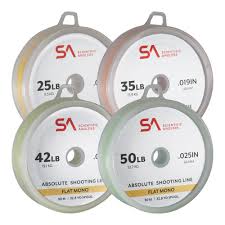 https://hooklineandsinker.ca/wp-content/uploads/2019/08/Scientific-Anglers-Absolute-Flat-Mono-Shooting-Line-B.jpg
225
225
HLSAdmin
https://hooklineandsinker.ca/wp-content/uploads/2014/12/Steelheading-in-the-Snow-900-80-Not-Faded-Actual-1030x91.jpg
HLSAdmin2019-08-11 00:15:062019-08-26 20:23:31Scientific Anglers Absolute Flat Mono Shooting Line
https://hooklineandsinker.ca/wp-content/uploads/2019/08/Scientific-Anglers-Absolute-Flat-Mono-Shooting-Line-B.jpg
225
225
HLSAdmin
https://hooklineandsinker.ca/wp-content/uploads/2014/12/Steelheading-in-the-Snow-900-80-Not-Faded-Actual-1030x91.jpg
HLSAdmin2019-08-11 00:15:062019-08-26 20:23:31Scientific Anglers Absolute Flat Mono Shooting Line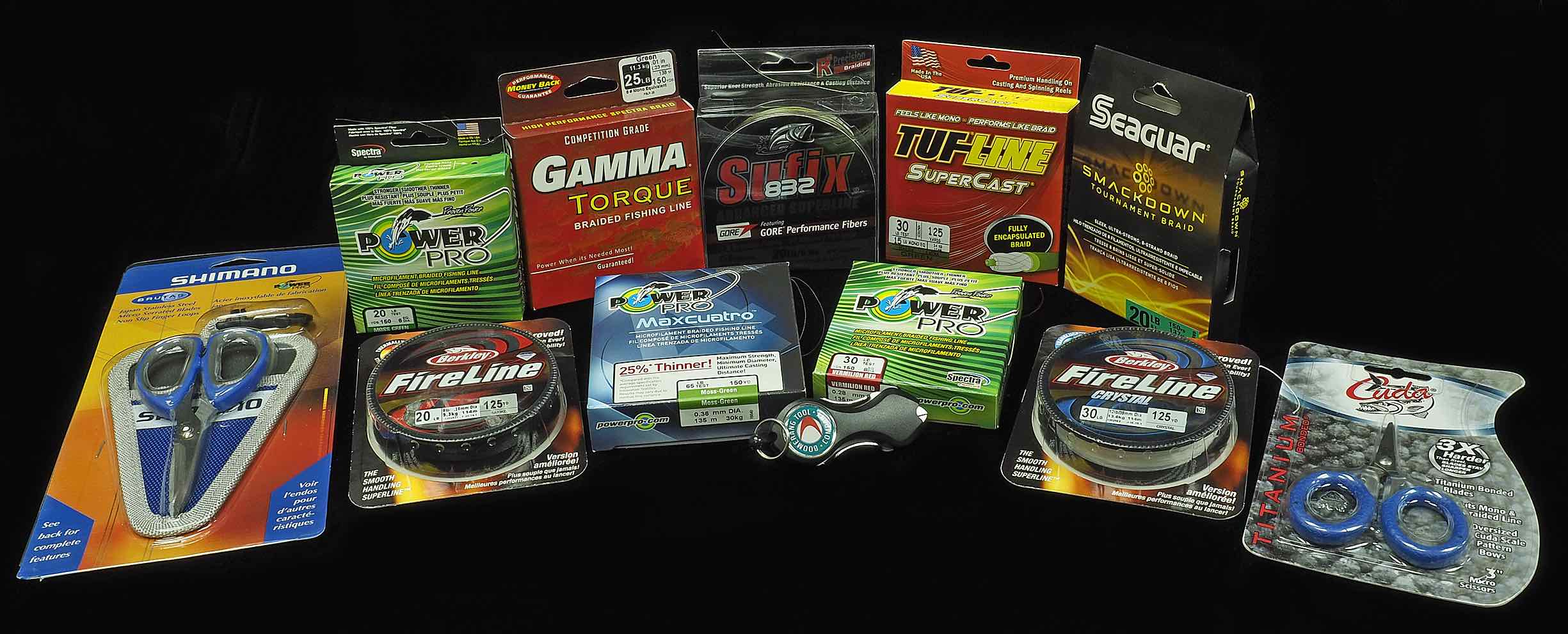 https://hooklineandsinker.ca/wp-content/uploads/2017/08/Braided-Line-Assortment-BB.jpg
991
2450
HLSAdmin
https://hooklineandsinker.ca/wp-content/uploads/2014/12/Steelheading-in-the-Snow-900-80-Not-Faded-Actual-1030x91.jpg
HLSAdmin2019-05-25 23:34:302019-05-25 23:34:30Braided Line Basics
https://hooklineandsinker.ca/wp-content/uploads/2017/08/Braided-Line-Assortment-BB.jpg
991
2450
HLSAdmin
https://hooklineandsinker.ca/wp-content/uploads/2014/12/Steelheading-in-the-Snow-900-80-Not-Faded-Actual-1030x91.jpg
HLSAdmin2019-05-25 23:34:302019-05-25 23:34:30Braided Line Basics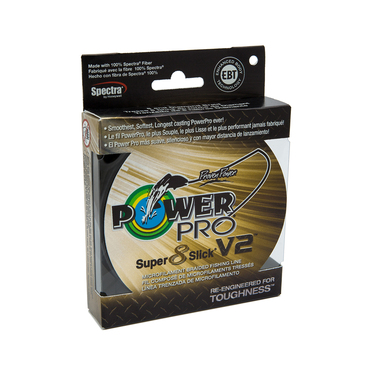 https://hooklineandsinker.ca/wp-content/uploads/2019/08/Power-Pro-V2-Super-8-Slick-Microfilament-Braided-Fishing-Line-1c2fcc88ff214e620ab671d635b4f1d573239497.jpg-368Wx368H.jpg
368
368
HLSAdmin
https://hooklineandsinker.ca/wp-content/uploads/2014/12/Steelheading-in-the-Snow-900-80-Not-Faded-Actual-1030x91.jpg
HLSAdmin2019-08-05 14:17:012020-07-12 22:51:20Power Pro V2 Super 8 Slick Microfilament Braided Fishing Line
https://hooklineandsinker.ca/wp-content/uploads/2019/08/Power-Pro-V2-Super-8-Slick-Microfilament-Braided-Fishing-Line-1c2fcc88ff214e620ab671d635b4f1d573239497.jpg-368Wx368H.jpg
368
368
HLSAdmin
https://hooklineandsinker.ca/wp-content/uploads/2014/12/Steelheading-in-the-Snow-900-80-Not-Faded-Actual-1030x91.jpg
HLSAdmin2019-08-05 14:17:012020-07-12 22:51:20Power Pro V2 Super 8 Slick Microfilament Braided Fishing Line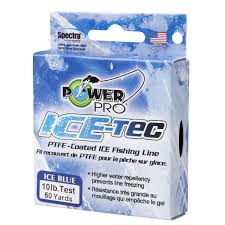 https://hooklineandsinker.ca/wp-content/uploads/2019/02/Power-Pro-Blue-Ice-Tec-PTFE-Coated-Ice-Fishing-Line-B.jpg
225
225
HLSAdmin
https://hooklineandsinker.ca/wp-content/uploads/2014/12/Steelheading-in-the-Snow-900-80-Not-Faded-Actual-1030x91.jpg
HLSAdmin2019-02-03 17:41:332019-02-03 17:41:33PowerPro Blue Ice-Tec – PTFE – Coated Ice Fishing Line
https://hooklineandsinker.ca/wp-content/uploads/2019/02/Power-Pro-Blue-Ice-Tec-PTFE-Coated-Ice-Fishing-Line-B.jpg
225
225
HLSAdmin
https://hooklineandsinker.ca/wp-content/uploads/2014/12/Steelheading-in-the-Snow-900-80-Not-Faded-Actual-1030x91.jpg
HLSAdmin2019-02-03 17:41:332019-02-03 17:41:33PowerPro Blue Ice-Tec – PTFE – Coated Ice Fishing Line https://hooklineandsinker.ca/wp-content/uploads/2018/10/Airflo-Miracle-Braid-B.jpg
937
855
HLSAdmin
https://hooklineandsinker.ca/wp-content/uploads/2014/12/Steelheading-in-the-Snow-900-80-Not-Faded-Actual-1030x91.jpg
HLSAdmin2018-10-07 15:16:342018-10-07 15:38:34Airflo Miracle Braid
https://hooklineandsinker.ca/wp-content/uploads/2018/10/Airflo-Miracle-Braid-B.jpg
937
855
HLSAdmin
https://hooklineandsinker.ca/wp-content/uploads/2014/12/Steelheading-in-the-Snow-900-80-Not-Faded-Actual-1030x91.jpg
HLSAdmin2018-10-07 15:16:342018-10-07 15:38:34Airflo Miracle Braid https://hooklineandsinker.ca/wp-content/uploads/2018/10/SSF-Float-Fishing-Mono-by-Blood-Run-Tackle-Co.jpg
229
220
HLSAdmin
https://hooklineandsinker.ca/wp-content/uploads/2014/12/Steelheading-in-the-Snow-900-80-Not-Faded-Actual-1030x91.jpg
HLSAdmin2018-10-03 19:06:492018-10-03 19:35:10SSF Float Fishing Mono by Blood Run Tackle Co.
https://hooklineandsinker.ca/wp-content/uploads/2018/10/SSF-Float-Fishing-Mono-by-Blood-Run-Tackle-Co.jpg
229
220
HLSAdmin
https://hooklineandsinker.ca/wp-content/uploads/2014/12/Steelheading-in-the-Snow-900-80-Not-Faded-Actual-1030x91.jpg
HLSAdmin2018-10-03 19:06:492018-10-03 19:35:10SSF Float Fishing Mono by Blood Run Tackle Co.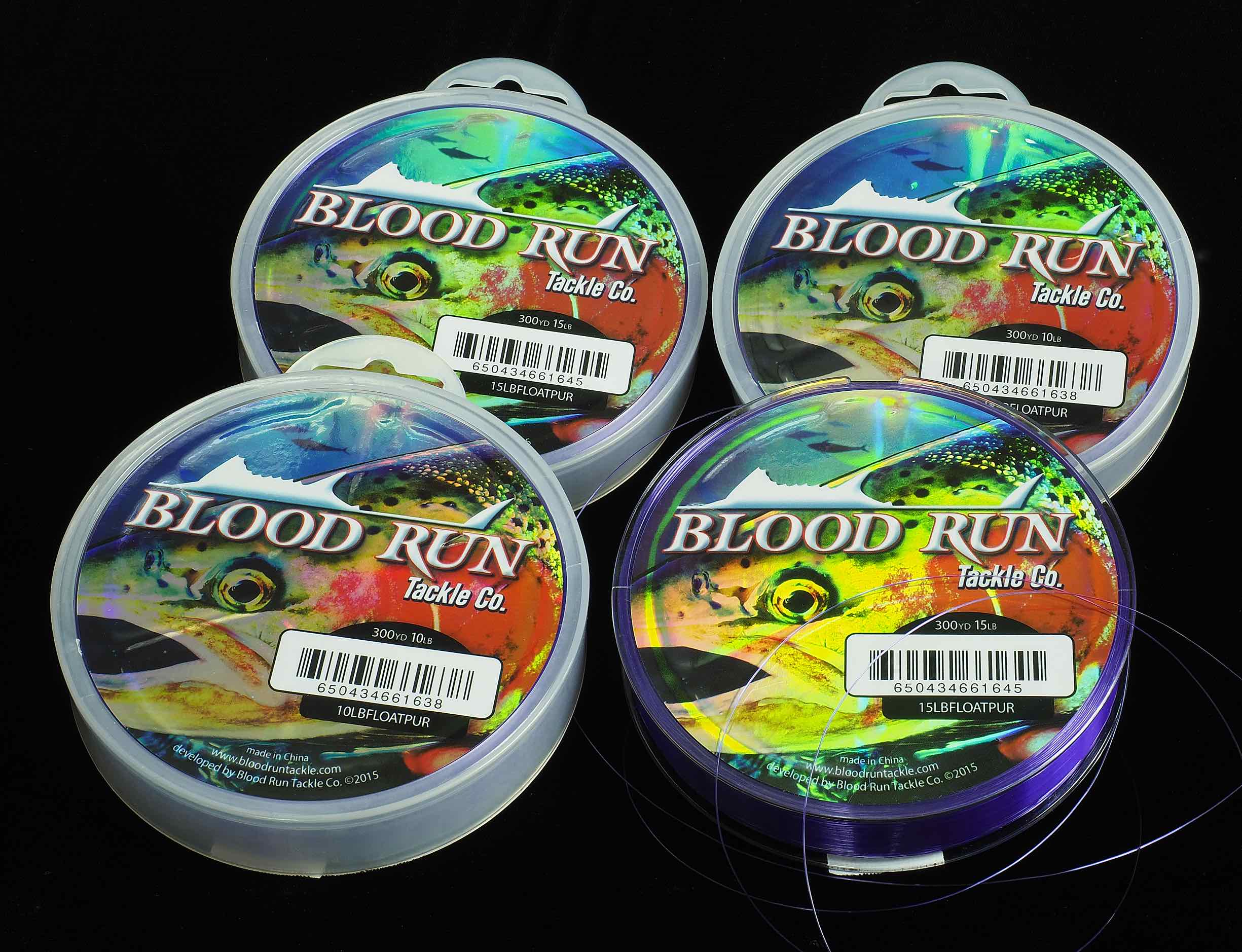 https://hooklineandsinker.ca/wp-content/uploads/2018/10/Blood-Run-Tackle-Co-Centerpin-Float-Reel-Line-Purple-AA.jpg
1878
2450
HLSAdmin
https://hooklineandsinker.ca/wp-content/uploads/2014/12/Steelheading-in-the-Snow-900-80-Not-Faded-Actual-1030x91.jpg
HLSAdmin2018-10-15 19:41:162020-01-13 12:45:40Blood Run Tackle Floating 15lb Mono Centerpin Mainline
https://hooklineandsinker.ca/wp-content/uploads/2018/10/Blood-Run-Tackle-Co-Centerpin-Float-Reel-Line-Purple-AA.jpg
1878
2450
HLSAdmin
https://hooklineandsinker.ca/wp-content/uploads/2014/12/Steelheading-in-the-Snow-900-80-Not-Faded-Actual-1030x91.jpg
HLSAdmin2018-10-15 19:41:162020-01-13 12:45:40Blood Run Tackle Floating 15lb Mono Centerpin Mainline https://hooklineandsinker.ca/wp-content/uploads/2018/10/Blood-Run-Tackle-Co-Centerpin-Float-Reel-Line-Purple-AA.jpg
1878
2450
HLSAdmin
https://hooklineandsinker.ca/wp-content/uploads/2014/12/Steelheading-in-the-Snow-900-80-Not-Faded-Actual-1030x91.jpg
HLSAdmin2018-10-15 19:23:542020-01-13 12:45:50Blood Run Tackle Floating 10lb Mono Centerpin Mainline
https://hooklineandsinker.ca/wp-content/uploads/2018/10/Blood-Run-Tackle-Co-Centerpin-Float-Reel-Line-Purple-AA.jpg
1878
2450
HLSAdmin
https://hooklineandsinker.ca/wp-content/uploads/2014/12/Steelheading-in-the-Snow-900-80-Not-Faded-Actual-1030x91.jpg
HLSAdmin2018-10-15 19:23:542020-01-13 12:45:50Blood Run Tackle Floating 10lb Mono Centerpin Mainline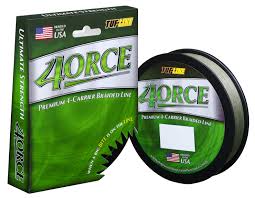 https://hooklineandsinker.ca/wp-content/uploads/2018/11/Tuf-Line-4orce-Logo.jpg
198
255
HLSAdmin
https://hooklineandsinker.ca/wp-content/uploads/2014/12/Steelheading-in-the-Snow-900-80-Not-Faded-Actual-1030x91.jpg
HLSAdmin2018-11-29 20:07:152020-03-17 21:34:54Tuf-Line 4orce Premium 4-Carrier Braided Line
https://hooklineandsinker.ca/wp-content/uploads/2018/11/Tuf-Line-4orce-Logo.jpg
198
255
HLSAdmin
https://hooklineandsinker.ca/wp-content/uploads/2014/12/Steelheading-in-the-Snow-900-80-Not-Faded-Actual-1030x91.jpg
HLSAdmin2018-11-29 20:07:152020-03-17 21:34:54Tuf-Line 4orce Premium 4-Carrier Braided Line https://hooklineandsinker.ca/wp-content/uploads/2015/06/HLS-Hi-Vis-Float-Line-Kingpin-Zeppelin-Float-Reel-Steelhead-AA.jpg
1017
1000
HLSAdmin
https://hooklineandsinker.ca/wp-content/uploads/2014/12/Steelheading-in-the-Snow-900-80-Not-Faded-Actual-1030x91.jpg
HLSAdmin2015-06-22 22:02:222018-04-15 14:38:56HLS Hi-Vis Steelhead Specific Fishing Line
https://hooklineandsinker.ca/wp-content/uploads/2015/06/HLS-Hi-Vis-Float-Line-Kingpin-Zeppelin-Float-Reel-Steelhead-AA.jpg
1017
1000
HLSAdmin
https://hooklineandsinker.ca/wp-content/uploads/2014/12/Steelheading-in-the-Snow-900-80-Not-Faded-Actual-1030x91.jpg
HLSAdmin2015-06-22 22:02:222018-04-15 14:38:56HLS Hi-Vis Steelhead Specific Fishing Line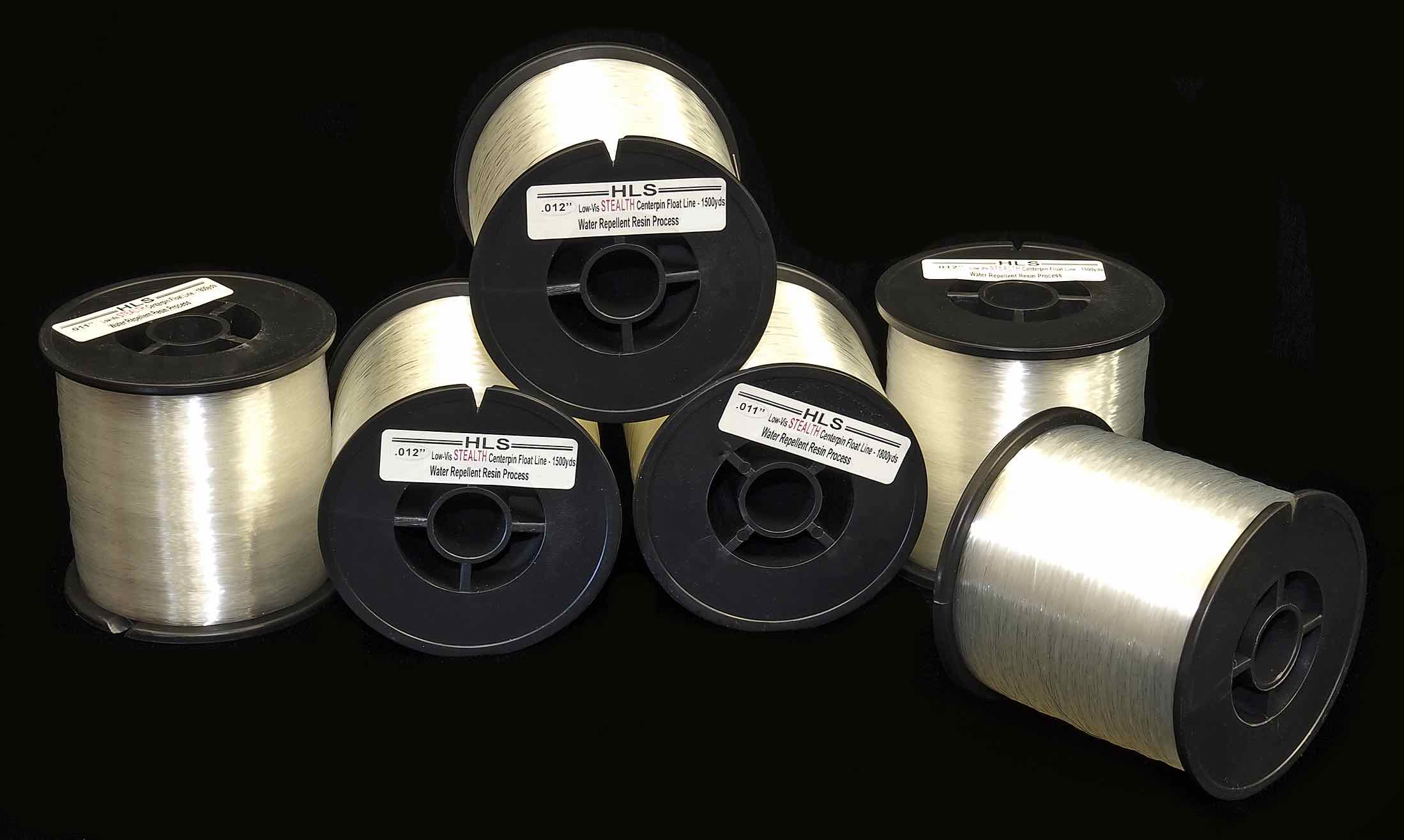 https://hooklineandsinker.ca/wp-content/uploads/2017/03/HLS-Stealth-Centerpin-Float-Line-AA.jpg
1315
2198
HLSAdmin
https://hooklineandsinker.ca/wp-content/uploads/2014/12/Steelheading-in-the-Snow-900-80-Not-Faded-Actual-1030x91.jpg
HLSAdmin2017-03-04 21:26:372018-12-02 00:35:20HLS LOW-Vis Steelhead “Stealth” Centerpin Float Fishing Line
https://hooklineandsinker.ca/wp-content/uploads/2017/03/HLS-Stealth-Centerpin-Float-Line-AA.jpg
1315
2198
HLSAdmin
https://hooklineandsinker.ca/wp-content/uploads/2014/12/Steelheading-in-the-Snow-900-80-Not-Faded-Actual-1030x91.jpg
HLSAdmin2017-03-04 21:26:372018-12-02 00:35:20HLS LOW-Vis Steelhead “Stealth” Centerpin Float Fishing Line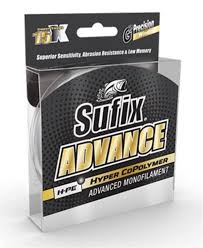 https://hooklineandsinker.ca/wp-content/uploads/2018/10/NEW-SUFIX-ADVANCE-ADVANCED-MONOFILAMENT.jpg
248
203
HLSAdmin
https://hooklineandsinker.ca/wp-content/uploads/2014/12/Steelheading-in-the-Snow-900-80-Not-Faded-Actual-1030x91.jpg
HLSAdmin2018-10-21 12:55:012020-03-17 21:33:42Sufix Advance – Advanced Monofilament
https://hooklineandsinker.ca/wp-content/uploads/2018/10/NEW-SUFIX-ADVANCE-ADVANCED-MONOFILAMENT.jpg
248
203
HLSAdmin
https://hooklineandsinker.ca/wp-content/uploads/2014/12/Steelheading-in-the-Snow-900-80-Not-Faded-Actual-1030x91.jpg
HLSAdmin2018-10-21 12:55:012020-03-17 21:33:42Sufix Advance – Advanced Monofilament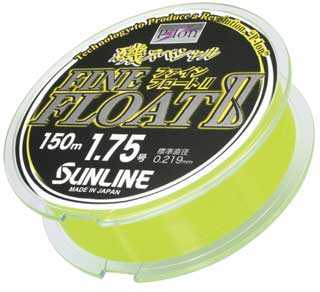 https://hooklineandsinker.ca/wp-content/uploads/2015/09/Sunline-Fine-Float-II-Monofilament-Line-Image.jpg
292
320
HLSAdmin
https://hooklineandsinker.ca/wp-content/uploads/2014/12/Steelheading-in-the-Snow-900-80-Not-Faded-Actual-1030x91.jpg
HLSAdmin2015-09-30 00:00:052017-01-09 21:17:22Sunline Siglon Fine Float II Monofilament Fishing Line
https://hooklineandsinker.ca/wp-content/uploads/2015/09/Sunline-Fine-Float-II-Monofilament-Line-Image.jpg
292
320
HLSAdmin
https://hooklineandsinker.ca/wp-content/uploads/2014/12/Steelheading-in-the-Snow-900-80-Not-Faded-Actual-1030x91.jpg
HLSAdmin2015-09-30 00:00:052017-01-09 21:17:22Sunline Siglon Fine Float II Monofilament Fishing Line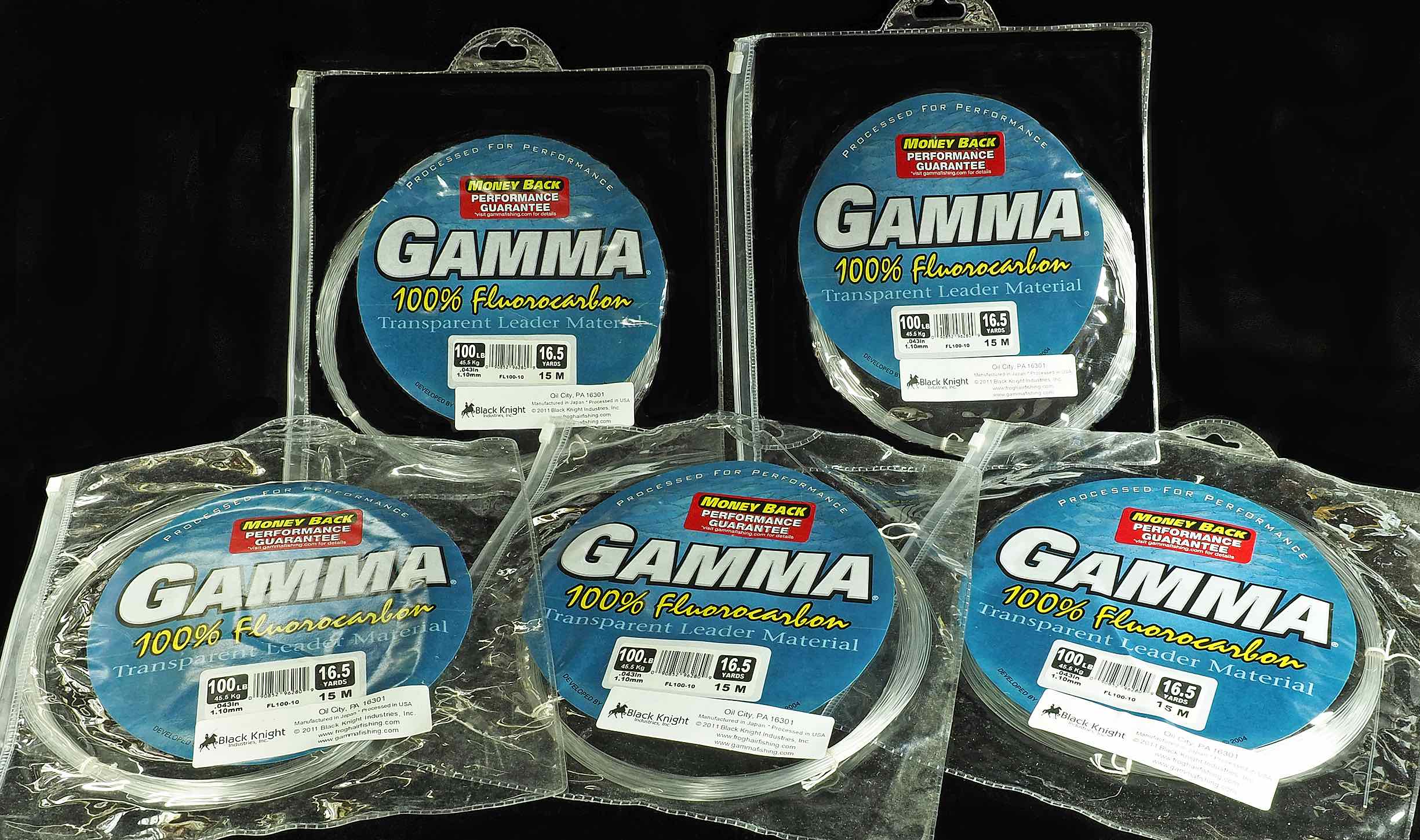 https://hooklineandsinker.ca/wp-content/uploads/2018/07/Gamma-100lb-Fluoro-AA.jpg
1450
2450
HLSAdmin
https://hooklineandsinker.ca/wp-content/uploads/2014/12/Steelheading-in-the-Snow-900-80-Not-Faded-Actual-1030x91.jpg
HLSAdmin2018-07-14 23:34:542018-07-14 23:38:56GAMMA Transparent Leader 100% Fluorocarbon Leader Line – Up to 100lb Test
https://hooklineandsinker.ca/wp-content/uploads/2018/07/Gamma-100lb-Fluoro-AA.jpg
1450
2450
HLSAdmin
https://hooklineandsinker.ca/wp-content/uploads/2014/12/Steelheading-in-the-Snow-900-80-Not-Faded-Actual-1030x91.jpg
HLSAdmin2018-07-14 23:34:542018-07-14 23:38:56GAMMA Transparent Leader 100% Fluorocarbon Leader Line – Up to 100lb Test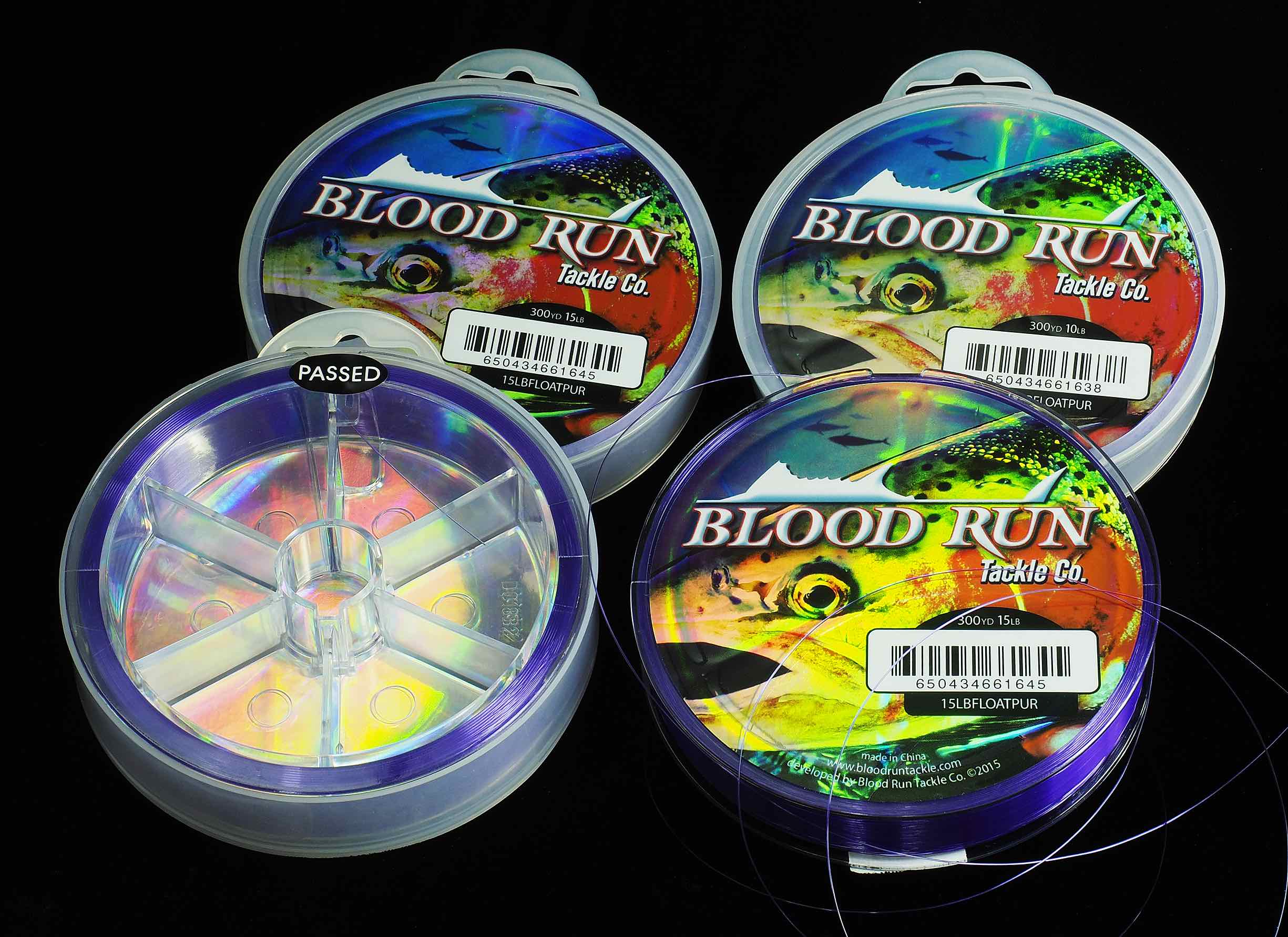 https://hooklineandsinker.ca/wp-content/uploads/2018/10/Blood-Run-Tackle-Co-Centerpin-Float-Reel-Line-Purple-BB.jpg
1782
2450
HLSAdmin
https://hooklineandsinker.ca/wp-content/uploads/2014/12/Steelheading-in-the-Snow-900-80-Not-Faded-Actual-1030x91.jpg
HLSAdmin2018-10-15 19:49:402020-03-17 21:31:32Blood Run Tackle Floating 10lb & 15lb PURPLE Mono Centerpin Mainline
https://hooklineandsinker.ca/wp-content/uploads/2018/10/Blood-Run-Tackle-Co-Centerpin-Float-Reel-Line-Purple-BB.jpg
1782
2450
HLSAdmin
https://hooklineandsinker.ca/wp-content/uploads/2014/12/Steelheading-in-the-Snow-900-80-Not-Faded-Actual-1030x91.jpg
HLSAdmin2018-10-15 19:49:402020-03-17 21:31:32Blood Run Tackle Floating 10lb & 15lb PURPLE Mono Centerpin Mainline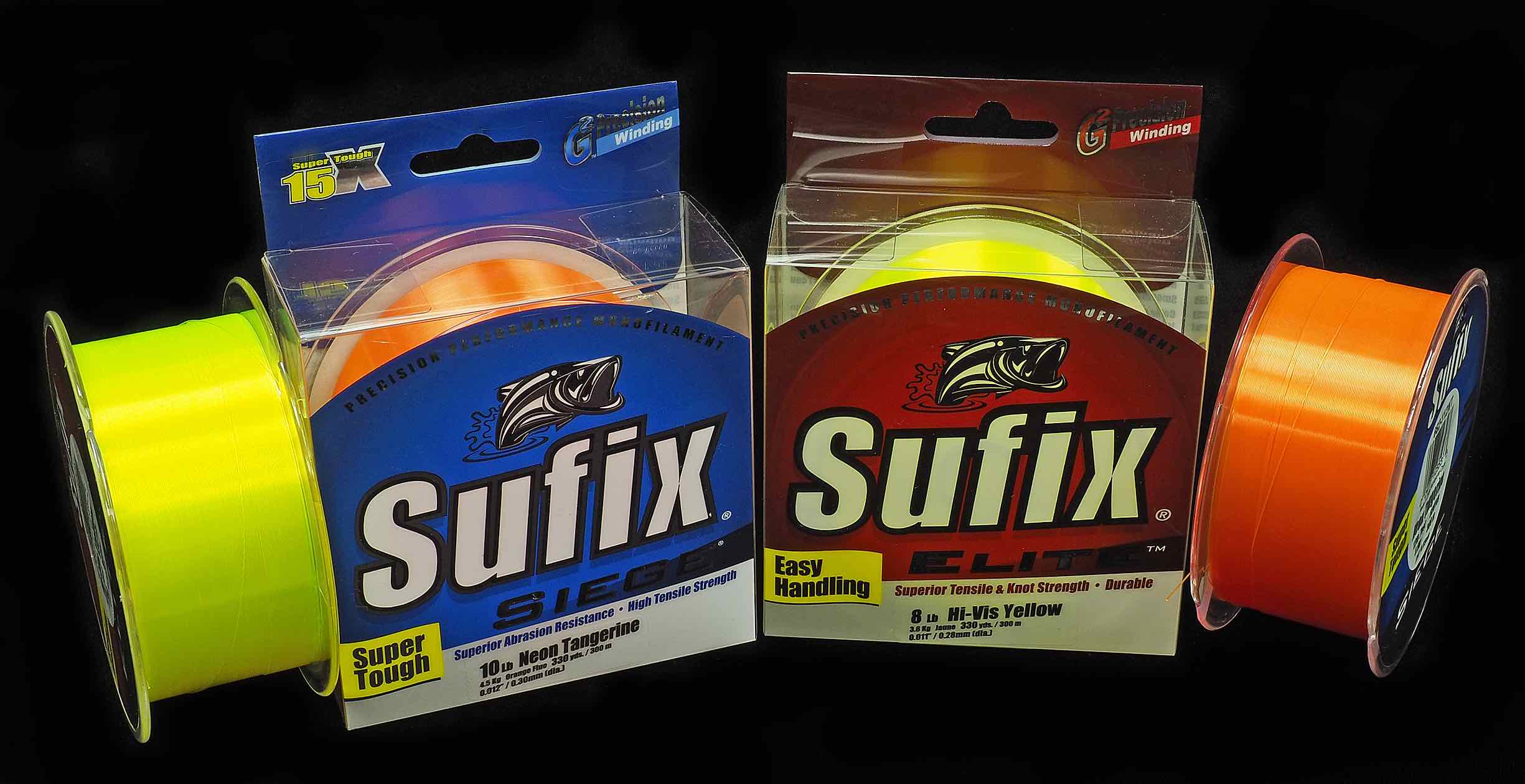 https://hooklineandsinker.ca/wp-content/uploads/2018/10/Sufix-Siege-Neon-Tangerine-and-Sufix-Elite-Hi-Vis-Yellow-Centerpin-Float-Reel-Line-AA.jpg
1260
2450
HLSAdmin
https://hooklineandsinker.ca/wp-content/uploads/2014/12/Steelheading-in-the-Snow-900-80-Not-Faded-Actual-1030x91.jpg
HLSAdmin2018-10-27 23:50:312020-03-17 21:31:56Sufix Siege Neon Tangerine & Sufix Elite Hi-Vis Yellow Centerpin Float Reel Line
https://hooklineandsinker.ca/wp-content/uploads/2018/10/Sufix-Siege-Neon-Tangerine-and-Sufix-Elite-Hi-Vis-Yellow-Centerpin-Float-Reel-Line-AA.jpg
1260
2450
HLSAdmin
https://hooklineandsinker.ca/wp-content/uploads/2014/12/Steelheading-in-the-Snow-900-80-Not-Faded-Actual-1030x91.jpg
HLSAdmin2018-10-27 23:50:312020-03-17 21:31:56Sufix Siege Neon Tangerine & Sufix Elite Hi-Vis Yellow Centerpin Float Reel Line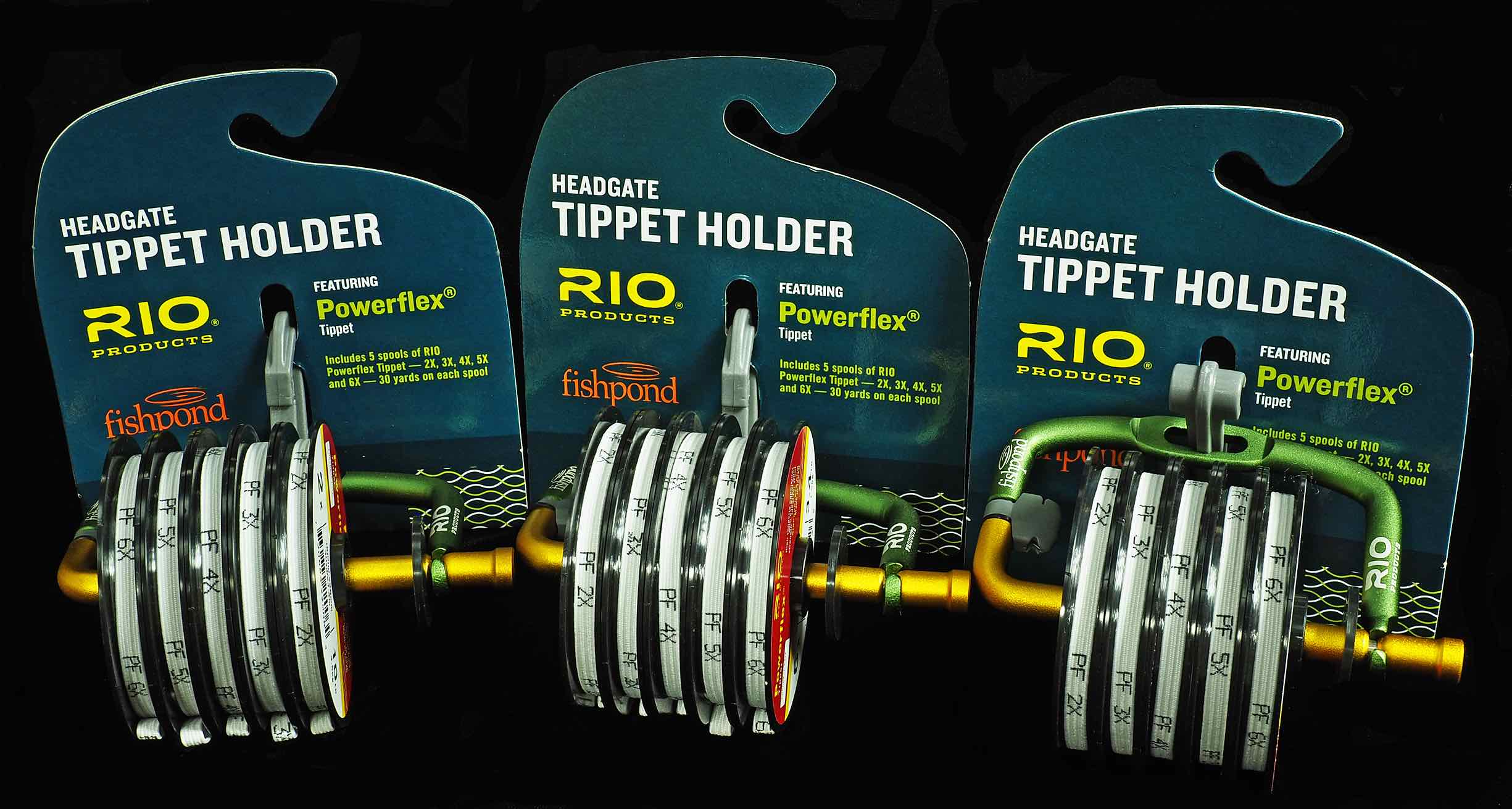 https://hooklineandsinker.ca/wp-content/uploads/2017/09/RIO-Headgate-Tippet-Holder-Fishpond-AA.jpg
1311
2450
HLSAdmin
https://hooklineandsinker.ca/wp-content/uploads/2014/12/Steelheading-in-the-Snow-900-80-Not-Faded-Actual-1030x91.jpg
HLSAdmin2017-09-16 22:41:452017-12-04 13:42:30RIO Headgate Tippet Holder By Fishpond
https://hooklineandsinker.ca/wp-content/uploads/2017/09/RIO-Headgate-Tippet-Holder-Fishpond-AA.jpg
1311
2450
HLSAdmin
https://hooklineandsinker.ca/wp-content/uploads/2014/12/Steelheading-in-the-Snow-900-80-Not-Faded-Actual-1030x91.jpg
HLSAdmin2017-09-16 22:41:452017-12-04 13:42:30RIO Headgate Tippet Holder By Fishpond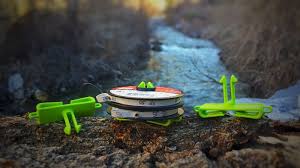 https://hooklineandsinker.ca/wp-content/uploads/2017/07/Goat-Head-Gear-spool-clip-4_large-C.jpg
168
300
HLSAdmin
https://hooklineandsinker.ca/wp-content/uploads/2014/12/Steelheading-in-the-Snow-900-80-Not-Faded-Actual-1030x91.jpg
HLSAdmin2017-07-26 19:54:242017-12-04 13:33:38The Goat Head Gear Spool Clip
https://hooklineandsinker.ca/wp-content/uploads/2017/07/Goat-Head-Gear-spool-clip-4_large-C.jpg
168
300
HLSAdmin
https://hooklineandsinker.ca/wp-content/uploads/2014/12/Steelheading-in-the-Snow-900-80-Not-Faded-Actual-1030x91.jpg
HLSAdmin2017-07-26 19:54:242017-12-04 13:33:38The Goat Head Gear Spool Clip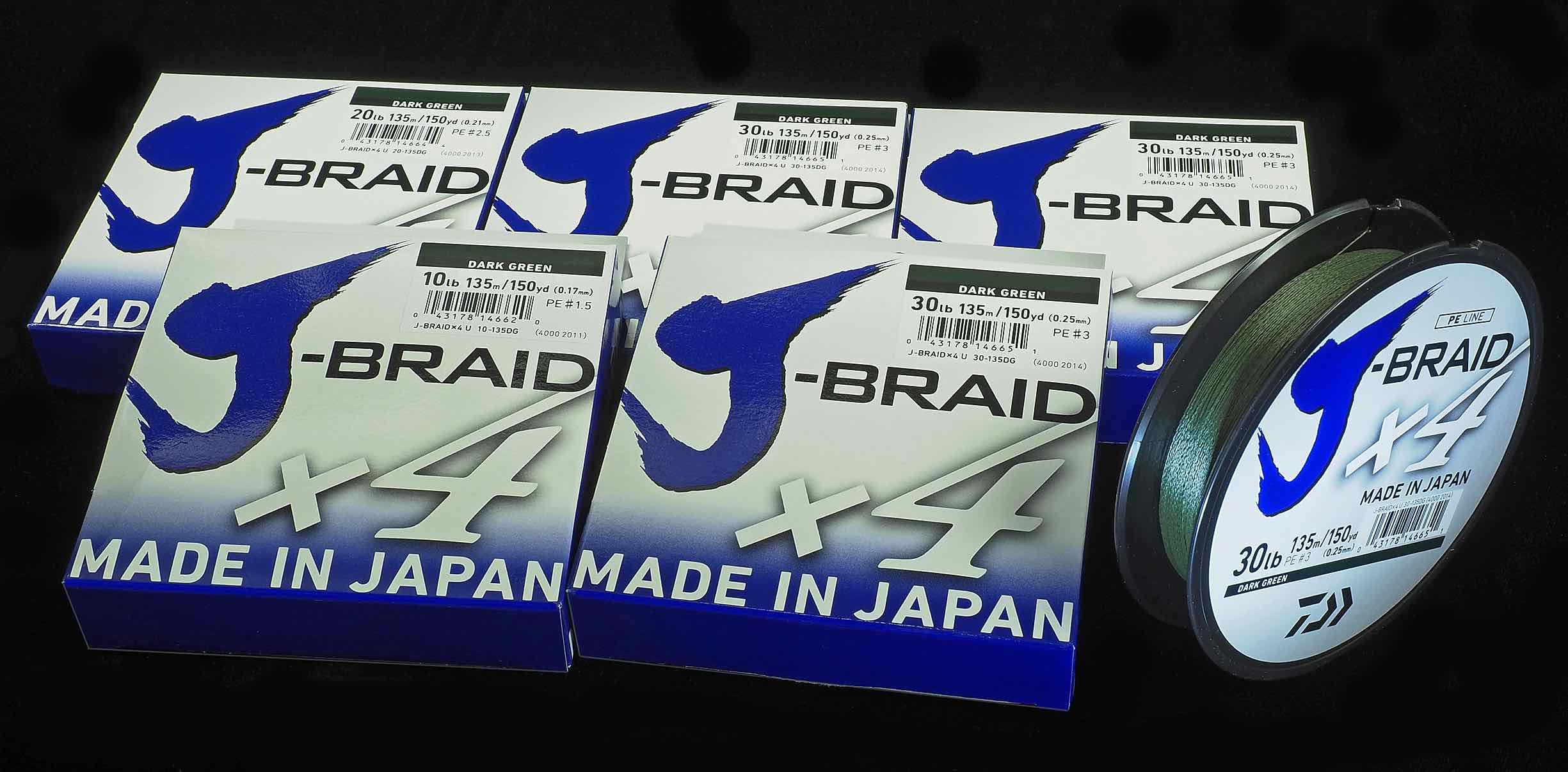 https://hooklineandsinker.ca/wp-content/uploads/2017/09/Daiwa-J-Braid-X4-Made-in-Japan-AA.jpg
1206
2450
HLSAdmin
https://hooklineandsinker.ca/wp-content/uploads/2014/12/Steelheading-in-the-Snow-900-80-Not-Faded-Actual-1030x91.jpg
HLSAdmin2017-09-16 22:20:062018-12-02 00:21:36Daiwa J-Braid Braided Line 4X
https://hooklineandsinker.ca/wp-content/uploads/2017/09/Daiwa-J-Braid-X4-Made-in-Japan-AA.jpg
1206
2450
HLSAdmin
https://hooklineandsinker.ca/wp-content/uploads/2014/12/Steelheading-in-the-Snow-900-80-Not-Faded-Actual-1030x91.jpg
HLSAdmin2017-09-16 22:20:062018-12-02 00:21:36Daiwa J-Braid Braided Line 4X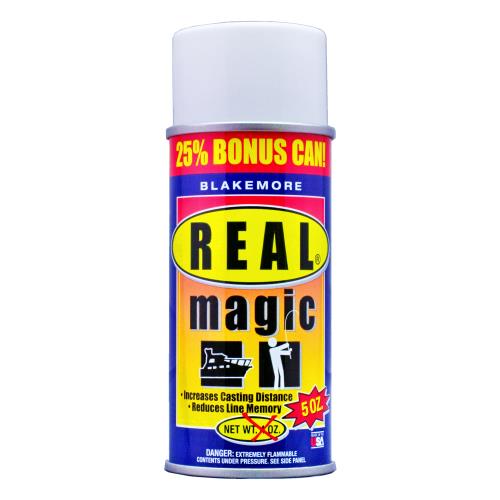 https://hooklineandsinker.ca/wp-content/uploads/2016/02/Blakemore-Reel-Magic-Product-Image.jpg
500
500
HLSAdmin
https://hooklineandsinker.ca/wp-content/uploads/2014/12/Steelheading-in-the-Snow-900-80-Not-Faded-Actual-1030x91.jpg
HLSAdmin2016-02-08 21:09:322017-02-19 21:32:11Blakemore® Real Magic® Lubricants
https://hooklineandsinker.ca/wp-content/uploads/2016/02/Blakemore-Reel-Magic-Product-Image.jpg
500
500
HLSAdmin
https://hooklineandsinker.ca/wp-content/uploads/2014/12/Steelheading-in-the-Snow-900-80-Not-Faded-Actual-1030x91.jpg
HLSAdmin2016-02-08 21:09:322017-02-19 21:32:11Blakemore® Real Magic® Lubricants https://hooklineandsinker.ca/wp-content/uploads/2017/08/Braided-Line-Assortment-BB.jpg
991
2450
HLSAdmin
https://hooklineandsinker.ca/wp-content/uploads/2014/12/Steelheading-in-the-Snow-900-80-Not-Faded-Actual-1030x91.jpg
HLSAdmin2017-08-05 21:35:392017-08-05 21:41:56Braided Fishing Lines
https://hooklineandsinker.ca/wp-content/uploads/2017/08/Braided-Line-Assortment-BB.jpg
991
2450
HLSAdmin
https://hooklineandsinker.ca/wp-content/uploads/2014/12/Steelheading-in-the-Snow-900-80-Not-Faded-Actual-1030x91.jpg
HLSAdmin2017-08-05 21:35:392017-08-05 21:41:56Braided Fishing Lines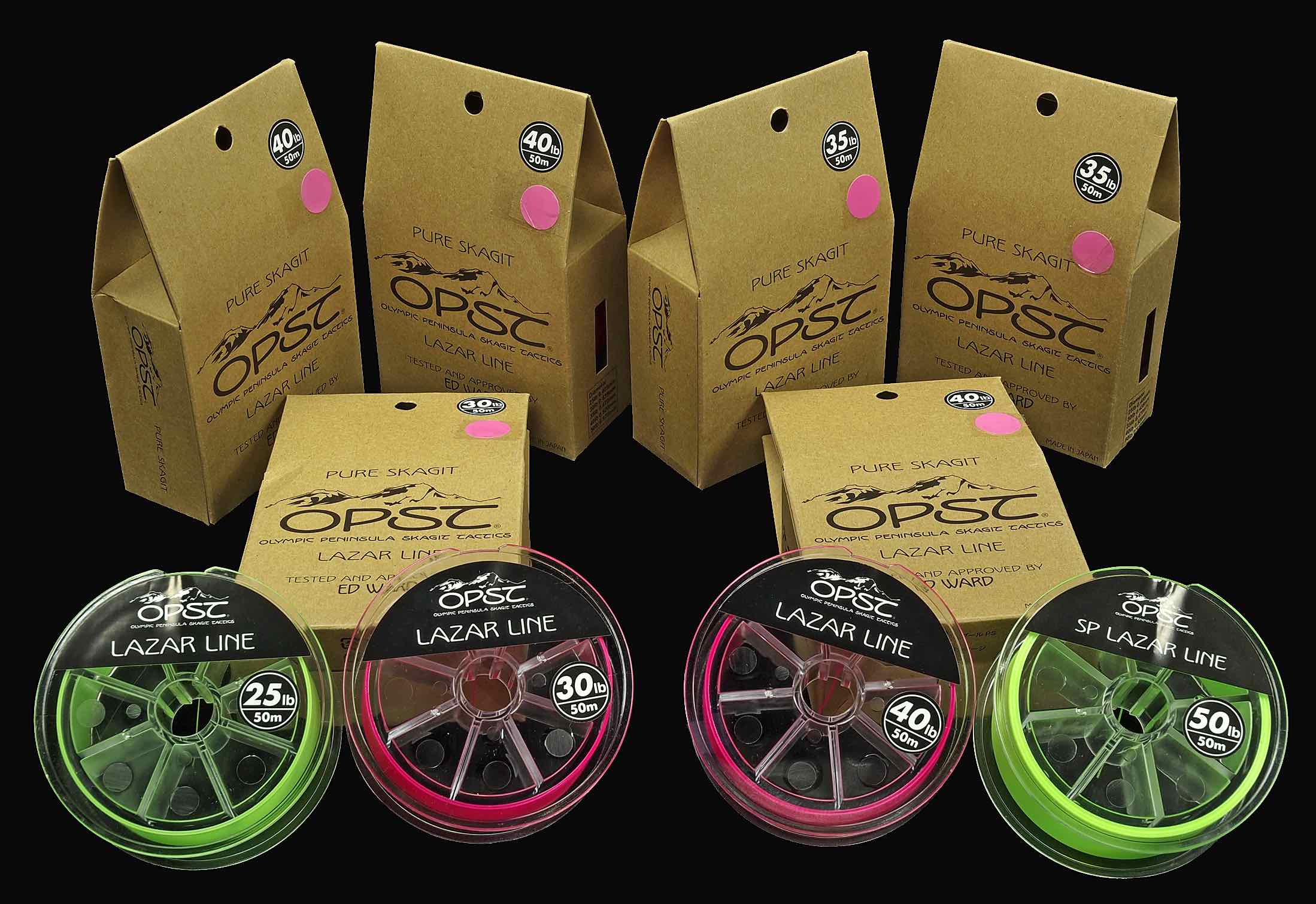 https://hooklineandsinker.ca/wp-content/uploads/2017/01/OPST-Pure-Skagit-Green-and-Pink-Lazar-Shooting-Running-Line-Assortment-AA.jpg
1510
2198
HLSAdmin
https://hooklineandsinker.ca/wp-content/uploads/2014/12/Steelheading-in-the-Snow-900-80-Not-Faded-Actual-1030x91.jpg
HLSAdmin2017-01-22 19:27:572017-01-22 19:35:12OPST – Pure Skagit Pink & Green Lazar Shooting / Running Line
https://hooklineandsinker.ca/wp-content/uploads/2017/01/OPST-Pure-Skagit-Green-and-Pink-Lazar-Shooting-Running-Line-Assortment-AA.jpg
1510
2198
HLSAdmin
https://hooklineandsinker.ca/wp-content/uploads/2014/12/Steelheading-in-the-Snow-900-80-Not-Faded-Actual-1030x91.jpg
HLSAdmin2017-01-22 19:27:572017-01-22 19:35:12OPST – Pure Skagit Pink & Green Lazar Shooting / Running Line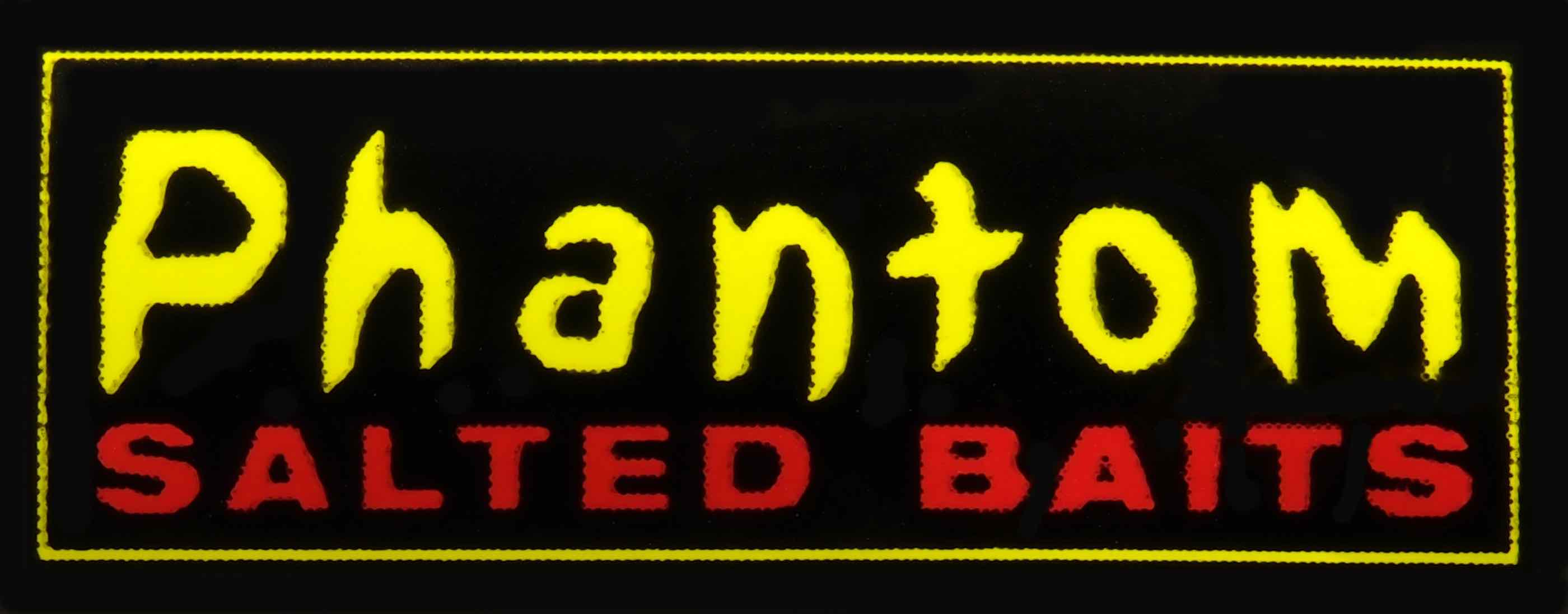 https://hooklineandsinker.ca/wp-content/uploads/2016/10/Phantom-Salted-Baits-Logo-AA.jpg
1097
2800
HLSAdmin
https://hooklineandsinker.ca/wp-content/uploads/2014/12/Steelheading-in-the-Snow-900-80-Not-Faded-Actual-1030x91.jpg
HLSAdmin2016-10-24 20:48:082017-02-12 16:26:51Phantom Baits by Redwing Tackle
https://hooklineandsinker.ca/wp-content/uploads/2016/10/Phantom-Salted-Baits-Logo-AA.jpg
1097
2800
HLSAdmin
https://hooklineandsinker.ca/wp-content/uploads/2014/12/Steelheading-in-the-Snow-900-80-Not-Faded-Actual-1030x91.jpg
HLSAdmin2016-10-24 20:48:082017-02-12 16:26:51Phantom Baits by Redwing Tackle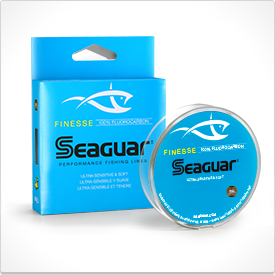 https://hooklineandsinker.ca/wp-content/uploads/2017/01/Seaguar-Finesse-Fluorocarbon-BB.png
275
275
HLSAdmin
https://hooklineandsinker.ca/wp-content/uploads/2014/12/Steelheading-in-the-Snow-900-80-Not-Faded-Actual-1030x91.jpg
HLSAdmin2017-01-01 01:29:212017-12-04 13:40:16Seaguar Finesse Fluorocarbon Fishing Line & Tippet Material
https://hooklineandsinker.ca/wp-content/uploads/2017/01/Seaguar-Finesse-Fluorocarbon-BB.png
275
275
HLSAdmin
https://hooklineandsinker.ca/wp-content/uploads/2014/12/Steelheading-in-the-Snow-900-80-Not-Faded-Actual-1030x91.jpg
HLSAdmin2017-01-01 01:29:212017-12-04 13:40:16Seaguar Finesse Fluorocarbon Fishing Line & Tippet Material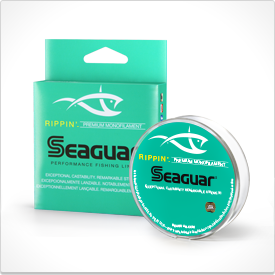 https://hooklineandsinker.ca/wp-content/uploads/2017/01/Seaguar-Rippin-Premium-Monofilament-Assortment-B.png
275
275
HLSAdmin
https://hooklineandsinker.ca/wp-content/uploads/2014/12/Steelheading-in-the-Snow-900-80-Not-Faded-Actual-1030x91.jpg
HLSAdmin2017-01-01 13:25:292018-04-15 14:39:20Seaguar Rippin’ Premium Monofilament Fishing Line, Tippet or Leader Material
https://hooklineandsinker.ca/wp-content/uploads/2017/01/Seaguar-Rippin-Premium-Monofilament-Assortment-B.png
275
275
HLSAdmin
https://hooklineandsinker.ca/wp-content/uploads/2014/12/Steelheading-in-the-Snow-900-80-Not-Faded-Actual-1030x91.jpg
HLSAdmin2017-01-01 13:25:292018-04-15 14:39:20Seaguar Rippin’ Premium Monofilament Fishing Line, Tippet or Leader Material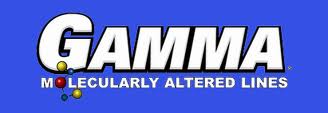 https://hooklineandsinker.ca/wp-content/uploads/2014/01/Gamma-Fishing-Line.jpg
113
328
Ray Collesso
https://hooklineandsinker.ca/wp-content/uploads/2014/12/Steelheading-in-the-Snow-900-80-Not-Faded-Actual-1030x91.jpg
Ray Collesso2014-01-16 04:02:262017-08-05 21:16:59GAMMA Copolymer & Braided Fishing Line, Tippet Material & Tapered Leaders
https://hooklineandsinker.ca/wp-content/uploads/2014/01/Gamma-Fishing-Line.jpg
113
328
Ray Collesso
https://hooklineandsinker.ca/wp-content/uploads/2014/12/Steelheading-in-the-Snow-900-80-Not-Faded-Actual-1030x91.jpg
Ray Collesso2014-01-16 04:02:262017-08-05 21:16:59GAMMA Copolymer & Braided Fishing Line, Tippet Material & Tapered Leaders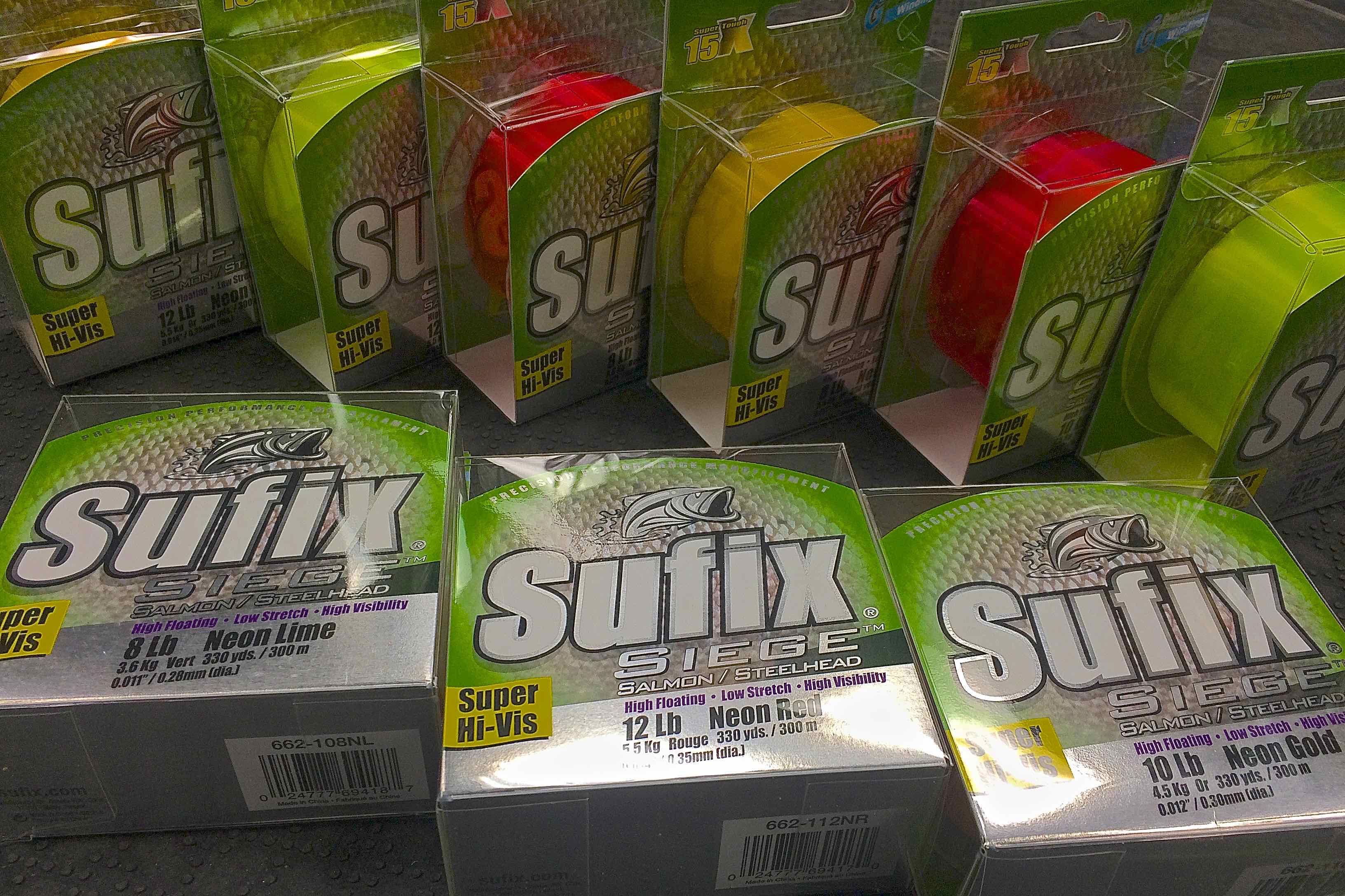 https://hooklineandsinker.ca/wp-content/uploads/2014/01/Sufix-Siege-Super-Hi-Vis-High-Visibility-Neon-Centerpin-Float-Reel-Line-BB.jpg
2175
3264
HLSAdmin
https://hooklineandsinker.ca/wp-content/uploads/2014/12/Steelheading-in-the-Snow-900-80-Not-Faded-Actual-1030x91.jpg
HLSAdmin2015-12-04 00:10:502017-03-13 19:15:33Sufix Siege Super Hi-Vis Neon Centerpin Float Reel Line
https://hooklineandsinker.ca/wp-content/uploads/2014/01/Sufix-Siege-Super-Hi-Vis-High-Visibility-Neon-Centerpin-Float-Reel-Line-BB.jpg
2175
3264
HLSAdmin
https://hooklineandsinker.ca/wp-content/uploads/2014/12/Steelheading-in-the-Snow-900-80-Not-Faded-Actual-1030x91.jpg
HLSAdmin2015-12-04 00:10:502017-03-13 19:15:33Sufix Siege Super Hi-Vis Neon Centerpin Float Reel Line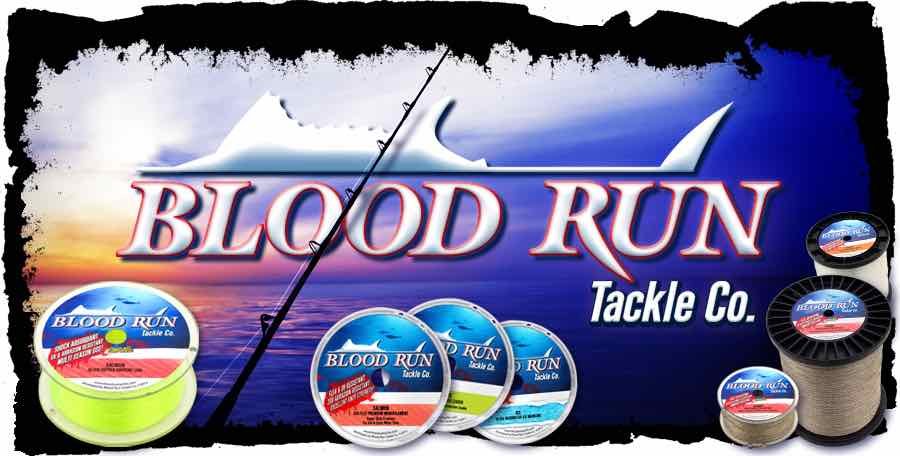 https://hooklineandsinker.ca/wp-content/uploads/2014/09/Blood-Run-Tackle-Co-Resized.jpg
456
900
Ray Collesso
https://hooklineandsinker.ca/wp-content/uploads/2014/12/Steelheading-in-the-Snow-900-80-Not-Faded-Actual-1030x91.jpg
Ray Collesso2014-09-12 22:07:522018-10-03 19:01:55Blood Run Tackle Co.
https://hooklineandsinker.ca/wp-content/uploads/2014/09/Blood-Run-Tackle-Co-Resized.jpg
456
900
Ray Collesso
https://hooklineandsinker.ca/wp-content/uploads/2014/12/Steelheading-in-the-Snow-900-80-Not-Faded-Actual-1030x91.jpg
Ray Collesso2014-09-12 22:07:522018-10-03 19:01:55Blood Run Tackle Co.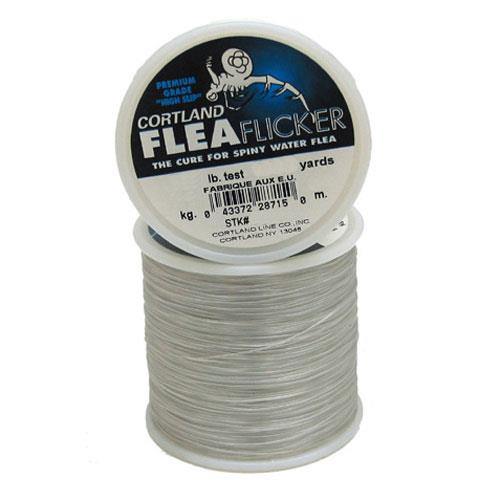 https://hooklineandsinker.ca/wp-content/uploads/2015/08/Cortland-Flea-Flicker-B.jpg
500
500
HLSAdmin
https://hooklineandsinker.ca/wp-content/uploads/2014/12/Steelheading-in-the-Snow-900-80-Not-Faded-Actual-1030x91.jpg
HLSAdmin2015-08-27 23:32:012019-07-29 23:17:33Cortland Flea-Flicker Monofilament
https://hooklineandsinker.ca/wp-content/uploads/2015/08/Cortland-Flea-Flicker-B.jpg
500
500
HLSAdmin
https://hooklineandsinker.ca/wp-content/uploads/2014/12/Steelheading-in-the-Snow-900-80-Not-Faded-Actual-1030x91.jpg
HLSAdmin2015-08-27 23:32:012019-07-29 23:17:33Cortland Flea-Flicker Monofilament https://hooklineandsinker.ca/wp-content/uploads/2014/01/Seaguar-logo.png
126
180
Ray Collesso
https://hooklineandsinker.ca/wp-content/uploads/2014/12/Steelheading-in-the-Snow-900-80-Not-Faded-Actual-1030x91.jpg
Ray Collesso2014-01-16 04:07:472017-01-01 01:49:47Seaguar Monofilament, Fluorocarbon, Tapered Leaders and Tippets
https://hooklineandsinker.ca/wp-content/uploads/2014/01/Seaguar-logo.png
126
180
Ray Collesso
https://hooklineandsinker.ca/wp-content/uploads/2014/12/Steelheading-in-the-Snow-900-80-Not-Faded-Actual-1030x91.jpg
Ray Collesso2014-01-16 04:07:472017-01-01 01:49:47Seaguar Monofilament, Fluorocarbon, Tapered Leaders and Tippets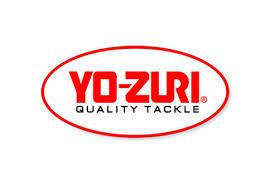 https://hooklineandsinker.ca/wp-content/uploads/2014/12/Yo-Zuri-Logo.jpg
181
279
HLSAdmin
https://hooklineandsinker.ca/wp-content/uploads/2014/12/Steelheading-in-the-Snow-900-80-Not-Faded-Actual-1030x91.jpg
HLSAdmin2014-12-31 11:53:492021-02-13 20:43:52Yo-Zuri Fishing Lures & Accessories
https://hooklineandsinker.ca/wp-content/uploads/2014/12/Yo-Zuri-Logo.jpg
181
279
HLSAdmin
https://hooklineandsinker.ca/wp-content/uploads/2014/12/Steelheading-in-the-Snow-900-80-Not-Faded-Actual-1030x91.jpg
HLSAdmin2014-12-31 11:53:492021-02-13 20:43:52Yo-Zuri Fishing Lures & Accessories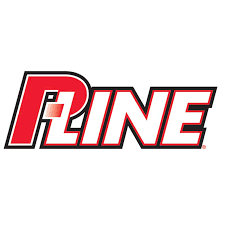 https://hooklineandsinker.ca/wp-content/uploads/2014/01/P-line-fishing-Logo.png
225
225
Ray Collesso
https://hooklineandsinker.ca/wp-content/uploads/2014/12/Steelheading-in-the-Snow-900-80-Not-Faded-Actual-1030x91.jpg
Ray Collesso2014-01-16 04:35:342019-01-01 19:12:45P-Line – G. Pucci & Sons, Inc.
https://hooklineandsinker.ca/wp-content/uploads/2014/01/P-line-fishing-Logo.png
225
225
Ray Collesso
https://hooklineandsinker.ca/wp-content/uploads/2014/12/Steelheading-in-the-Snow-900-80-Not-Faded-Actual-1030x91.jpg
Ray Collesso2014-01-16 04:35:342019-01-01 19:12:45P-Line – G. Pucci & Sons, Inc. https://hooklineandsinker.ca/wp-content/uploads/2014/10/Daiwa-LogoB.jpg
170
296
Ray Collesso
https://hooklineandsinker.ca/wp-content/uploads/2014/12/Steelheading-in-the-Snow-900-80-Not-Faded-Actual-1030x91.jpg
Ray Collesso2014-10-14 19:08:012019-06-08 22:49:40Daiwa Fishing Rods, Reels, Lures & Lines
https://hooklineandsinker.ca/wp-content/uploads/2014/10/Daiwa-LogoB.jpg
170
296
Ray Collesso
https://hooklineandsinker.ca/wp-content/uploads/2014/12/Steelheading-in-the-Snow-900-80-Not-Faded-Actual-1030x91.jpg
Ray Collesso2014-10-14 19:08:012019-06-08 22:49:40Daiwa Fishing Rods, Reels, Lures & Lines https://hooklineandsinker.ca/wp-content/uploads/2014/10/Rapala-Fishing-Logo.jpg
225
225
Ray Collesso
https://hooklineandsinker.ca/wp-content/uploads/2014/12/Steelheading-in-the-Snow-900-80-Not-Faded-Actual-1030x91.jpg
Ray Collesso2014-10-14 19:30:282017-01-26 20:27:00Rapala Fishing Rods, Reels, Lines & Lures
https://hooklineandsinker.ca/wp-content/uploads/2014/10/Rapala-Fishing-Logo.jpg
225
225
Ray Collesso
https://hooklineandsinker.ca/wp-content/uploads/2014/12/Steelheading-in-the-Snow-900-80-Not-Faded-Actual-1030x91.jpg
Ray Collesso2014-10-14 19:30:282017-01-26 20:27:00Rapala Fishing Rods, Reels, Lines & Lures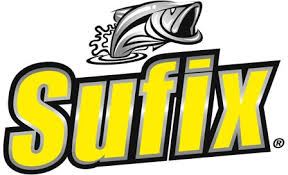 https://hooklineandsinker.ca/wp-content/uploads/2014/01/Sufix-Fishing-Lines.jpg
175
288
Ray Collesso
https://hooklineandsinker.ca/wp-content/uploads/2014/12/Steelheading-in-the-Snow-900-80-Not-Faded-Actual-1030x91.jpg
Ray Collesso2014-01-16 04:11:092017-08-05 21:30:35Sufix Monofilament & Braided Lines, Fluorocarbon Lines and Tippets
https://hooklineandsinker.ca/wp-content/uploads/2014/01/Sufix-Fishing-Lines.jpg
175
288
Ray Collesso
https://hooklineandsinker.ca/wp-content/uploads/2014/12/Steelheading-in-the-Snow-900-80-Not-Faded-Actual-1030x91.jpg
Ray Collesso2014-01-16 04:11:092017-08-05 21:30:35Sufix Monofilament & Braided Lines, Fluorocarbon Lines and Tippets https://hooklineandsinker.ca/wp-content/uploads/2014/01/Sunline-Fishing-Line.png
74
259
Ray Collesso
https://hooklineandsinker.ca/wp-content/uploads/2014/12/Steelheading-in-the-Snow-900-80-Not-Faded-Actual-1030x91.jpg
Ray Collesso2014-01-16 04:32:562017-03-02 20:50:23Siglon / Sunline Monofilament and Fluorocarbon Fishing Line
https://hooklineandsinker.ca/wp-content/uploads/2014/01/Sunline-Fishing-Line.png
74
259
Ray Collesso
https://hooklineandsinker.ca/wp-content/uploads/2014/12/Steelheading-in-the-Snow-900-80-Not-Faded-Actual-1030x91.jpg
Ray Collesso2014-01-16 04:32:562017-03-02 20:50:23Siglon / Sunline Monofilament and Fluorocarbon Fishing Line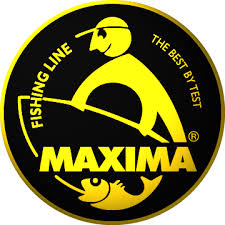 https://hooklineandsinker.ca/wp-content/uploads/2014/01/Maxima-Fishing-Line.jpg
225
225
Ray Collesso
https://hooklineandsinker.ca/wp-content/uploads/2014/12/Steelheading-in-the-Snow-900-80-Not-Faded-Actual-1030x91.jpg
Ray Collesso2014-01-16 04:22:052017-02-05 21:33:21Maxima Monofilament and Fluorocarbon Tapered Leaders and Tippets
https://hooklineandsinker.ca/wp-content/uploads/2014/01/Maxima-Fishing-Line.jpg
225
225
Ray Collesso
https://hooklineandsinker.ca/wp-content/uploads/2014/12/Steelheading-in-the-Snow-900-80-Not-Faded-Actual-1030x91.jpg
Ray Collesso2014-01-16 04:22:052017-02-05 21:33:21Maxima Monofilament and Fluorocarbon Tapered Leaders and Tippets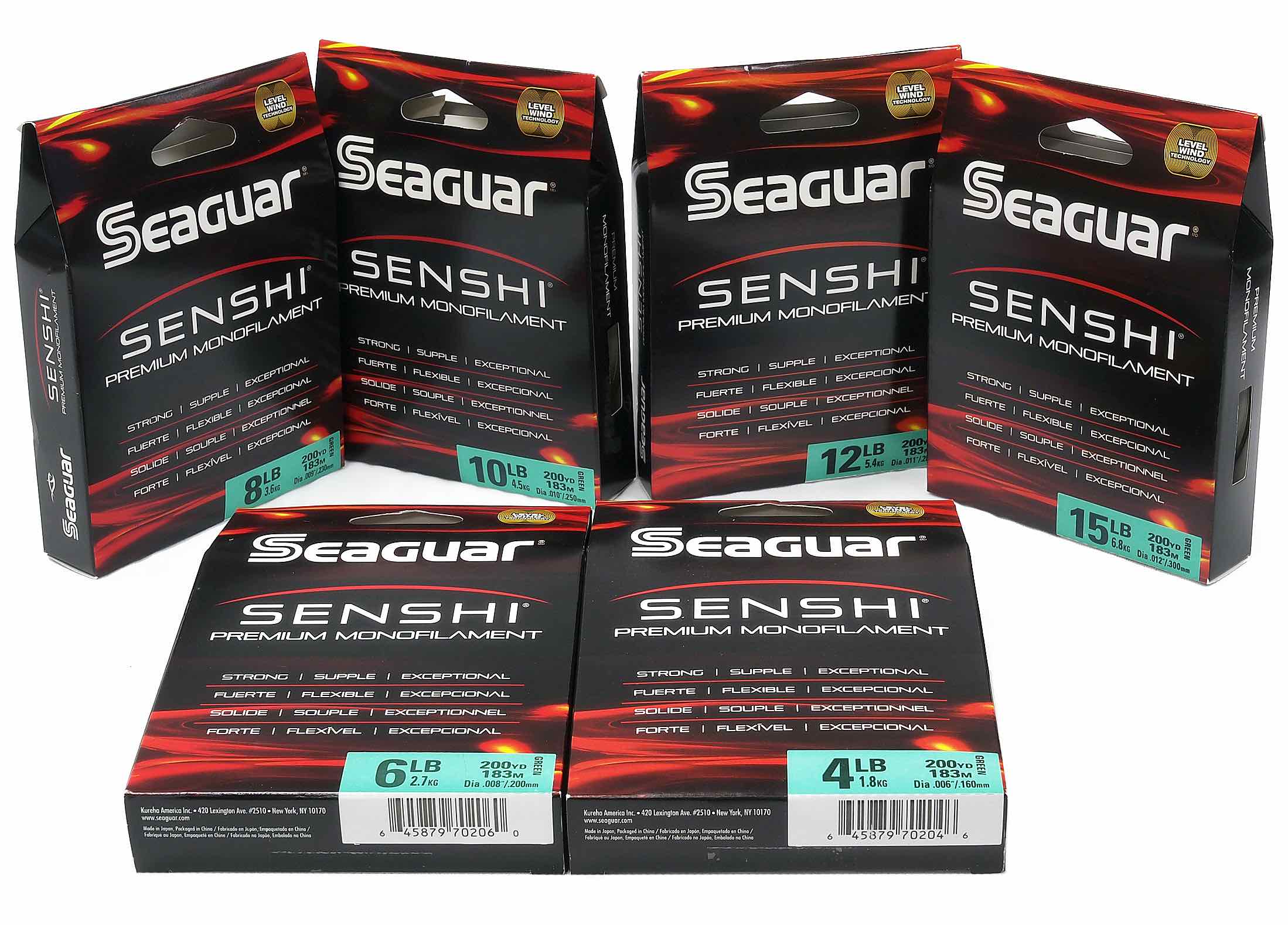 https://hooklineandsinker.ca/wp-content/uploads/2017/01/Seaguar-Senshi-Premium-Monofilament-AA.jpg
1579
2198
HLSAdmin
https://hooklineandsinker.ca/wp-content/uploads/2014/12/Steelheading-in-the-Snow-900-80-Not-Faded-Actual-1030x91.jpg
HLSAdmin2017-01-01 13:53:462017-12-04 13:41:22Seaguar Senshi Premium Monofilament in Camo Green
https://hooklineandsinker.ca/wp-content/uploads/2017/01/Seaguar-Senshi-Premium-Monofilament-AA.jpg
1579
2198
HLSAdmin
https://hooklineandsinker.ca/wp-content/uploads/2014/12/Steelheading-in-the-Snow-900-80-Not-Faded-Actual-1030x91.jpg
HLSAdmin2017-01-01 13:53:462017-12-04 13:41:22Seaguar Senshi Premium Monofilament in Camo Green https://hooklineandsinker.ca/wp-content/uploads/2014/01/Ande-Fishing-Line.jpg
116
176
Ray Collesso
https://hooklineandsinker.ca/wp-content/uploads/2014/12/Steelheading-in-the-Snow-900-80-Not-Faded-Actual-1030x91.jpg
Ray Collesso2014-01-16 04:38:432017-01-22 17:58:55Ande Monofilaments and Fluorocarbon
https://hooklineandsinker.ca/wp-content/uploads/2014/01/Ande-Fishing-Line.jpg
116
176
Ray Collesso
https://hooklineandsinker.ca/wp-content/uploads/2014/12/Steelheading-in-the-Snow-900-80-Not-Faded-Actual-1030x91.jpg
Ray Collesso2014-01-16 04:38:432017-01-22 17:58:55Ande Monofilaments and Fluorocarbon https://hooklineandsinker.ca/wp-content/uploads/2015/02/Berkley-Fishing-Logo.jpg
191
240
HLSAdmin
https://hooklineandsinker.ca/wp-content/uploads/2014/12/Steelheading-in-the-Snow-900-80-Not-Faded-Actual-1030x91.jpg
HLSAdmin2015-02-12 16:52:452017-02-12 19:42:25Berkley Fishing – Rods, Reels, Lures, Soft Plastics, Monofilaments, Fluorocarbons, Tapered Leaders and Tippets
https://hooklineandsinker.ca/wp-content/uploads/2015/02/Berkley-Fishing-Logo.jpg
191
240
HLSAdmin
https://hooklineandsinker.ca/wp-content/uploads/2014/12/Steelheading-in-the-Snow-900-80-Not-Faded-Actual-1030x91.jpg
HLSAdmin2015-02-12 16:52:452017-02-12 19:42:25Berkley Fishing – Rods, Reels, Lures, Soft Plastics, Monofilaments, Fluorocarbons, Tapered Leaders and Tippets https://hooklineandsinker.ca/wp-content/uploads/2014/11/Orvis-Logo-2.jpg
208
208
Ray Collesso
https://hooklineandsinker.ca/wp-content/uploads/2014/12/Steelheading-in-the-Snow-900-80-Not-Faded-Actual-1030x91.jpg
Ray Collesso2014-11-02 14:15:312015-06-21 00:52:21Orvis Fly Fishing
https://hooklineandsinker.ca/wp-content/uploads/2014/11/Orvis-Logo-2.jpg
208
208
Ray Collesso
https://hooklineandsinker.ca/wp-content/uploads/2014/12/Steelheading-in-the-Snow-900-80-Not-Faded-Actual-1030x91.jpg
Ray Collesso2014-11-02 14:15:312015-06-21 00:52:21Orvis Fly Fishing https://hooklineandsinker.ca/wp-content/uploads/2014/01/Berkley-Fishing-Logo.jpg
150
336
Ray Collesso
https://hooklineandsinker.ca/wp-content/uploads/2014/12/Steelheading-in-the-Snow-900-80-Not-Faded-Actual-1030x91.jpg
Ray Collesso2014-01-16 16:18:452017-08-05 21:48:12Berkley Monofilaments, Braided Fishing Lines, Fluorocarbons, Tapered Leaders and Tippets
https://hooklineandsinker.ca/wp-content/uploads/2014/01/Berkley-Fishing-Logo.jpg
150
336
Ray Collesso
https://hooklineandsinker.ca/wp-content/uploads/2014/12/Steelheading-in-the-Snow-900-80-Not-Faded-Actual-1030x91.jpg
Ray Collesso2014-01-16 16:18:452017-08-05 21:48:12Berkley Monofilaments, Braided Fishing Lines, Fluorocarbons, Tapered Leaders and Tippets https://hooklineandsinker.ca/wp-content/uploads/2014/01/Frog-Hair-Fishing-Logo.jpg
120
120
Ray Collesso
https://hooklineandsinker.ca/wp-content/uploads/2014/12/Steelheading-in-the-Snow-900-80-Not-Faded-Actual-1030x91.jpg
Ray Collesso2014-01-16 04:00:202017-04-21 20:04:50Frog Hair Tapered Leaders & Tippets
https://hooklineandsinker.ca/wp-content/uploads/2014/01/Frog-Hair-Fishing-Logo.jpg
120
120
Ray Collesso
https://hooklineandsinker.ca/wp-content/uploads/2014/12/Steelheading-in-the-Snow-900-80-Not-Faded-Actual-1030x91.jpg
Ray Collesso2014-01-16 04:00:202017-04-21 20:04:50Frog Hair Tapered Leaders & Tippets https://hooklineandsinker.ca/wp-content/uploads/2014/01/Drennan-Logo.jpg
120
360
Ray Collesso
https://hooklineandsinker.ca/wp-content/uploads/2014/12/Steelheading-in-the-Snow-900-80-Not-Faded-Actual-1030x91.jpg
Ray Collesso2014-01-16 04:12:532015-02-28 22:18:29Drennan Fluorocarbon Tippets
https://hooklineandsinker.ca/wp-content/uploads/2014/01/Drennan-Logo.jpg
120
360
Ray Collesso
https://hooklineandsinker.ca/wp-content/uploads/2014/12/Steelheading-in-the-Snow-900-80-Not-Faded-Actual-1030x91.jpg
Ray Collesso2014-01-16 04:12:532015-02-28 22:18:29Drennan Fluorocarbon Tippets https://hooklineandsinker.ca/wp-content/uploads/2014/01/RIO-Logo.jpg
170
230
Ray Collesso
https://hooklineandsinker.ca/wp-content/uploads/2014/12/Steelheading-in-the-Snow-900-80-Not-Faded-Actual-1030x91.jpg
Ray Collesso2014-01-16 16:06:362015-01-16 00:15:55RIO Tapered Leaders and Tippets
https://hooklineandsinker.ca/wp-content/uploads/2014/01/RIO-Logo.jpg
170
230
Ray Collesso
https://hooklineandsinker.ca/wp-content/uploads/2014/12/Steelheading-in-the-Snow-900-80-Not-Faded-Actual-1030x91.jpg
Ray Collesso2014-01-16 16:06:362015-01-16 00:15:55RIO Tapered Leaders and Tippets https://hooklineandsinker.ca/wp-content/uploads/2014/01/Raven-Fishing-Line.jpg
92
320
Ray Collesso
https://hooklineandsinker.ca/wp-content/uploads/2014/12/Steelheading-in-the-Snow-900-80-Not-Faded-Actual-1030x91.jpg
Ray Collesso2014-01-16 04:17:132016-10-15 22:15:47RAVEN® Monofilament, Fluorocarbon, and Tippets
https://hooklineandsinker.ca/wp-content/uploads/2014/01/Raven-Fishing-Line.jpg
92
320
Ray Collesso
https://hooklineandsinker.ca/wp-content/uploads/2014/12/Steelheading-in-the-Snow-900-80-Not-Faded-Actual-1030x91.jpg
Ray Collesso2014-01-16 04:17:132016-10-15 22:15:47RAVEN® Monofilament, Fluorocarbon, and Tippets https://hooklineandsinker.ca/wp-content/uploads/2014/01/Scientific-Anglers-Logo-B.jpg
225
225
Ray Collesso
https://hooklineandsinker.ca/wp-content/uploads/2014/12/Steelheading-in-the-Snow-900-80-Not-Faded-Actual-1030x91.jpg
Ray Collesso2014-01-16 04:20:142016-04-07 22:07:39Scientific Anglers Monofilament, Fluorocarbon, Tapered Leaders & Tippets
https://hooklineandsinker.ca/wp-content/uploads/2014/01/Scientific-Anglers-Logo-B.jpg
225
225
Ray Collesso
https://hooklineandsinker.ca/wp-content/uploads/2014/12/Steelheading-in-the-Snow-900-80-Not-Faded-Actual-1030x91.jpg
Ray Collesso2014-01-16 04:20:142016-04-07 22:07:39Scientific Anglers Monofilament, Fluorocarbon, Tapered Leaders & Tippets https://hooklineandsinker.ca/wp-content/uploads/2014/01/Umpqua-Fishing-Line.jpg
77
154
Ray Collesso
https://hooklineandsinker.ca/wp-content/uploads/2014/12/Steelheading-in-the-Snow-900-80-Not-Faded-Actual-1030x91.jpg
Ray Collesso2014-01-16 04:48:582015-01-16 00:16:49Umpqua Tapered Leaders and Tippets
https://hooklineandsinker.ca/wp-content/uploads/2014/01/Umpqua-Fishing-Line.jpg
77
154
Ray Collesso
https://hooklineandsinker.ca/wp-content/uploads/2014/12/Steelheading-in-the-Snow-900-80-Not-Faded-Actual-1030x91.jpg
Ray Collesso2014-01-16 04:48:582015-01-16 00:16:49Umpqua Tapered Leaders and Tippets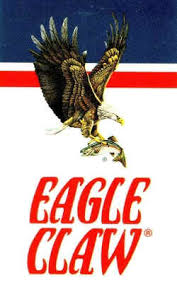 https://hooklineandsinker.ca/wp-content/uploads/2014/01/Eagle-Claw-Fishing-Logo.jpg
285
177
Ray Collesso
https://hooklineandsinker.ca/wp-content/uploads/2014/12/Steelheading-in-the-Snow-900-80-Not-Faded-Actual-1030x91.jpg
Ray Collesso2014-01-16 04:40:572015-02-12 15:28:32Eagle Claw
https://hooklineandsinker.ca/wp-content/uploads/2014/01/Eagle-Claw-Fishing-Logo.jpg
285
177
Ray Collesso
https://hooklineandsinker.ca/wp-content/uploads/2014/12/Steelheading-in-the-Snow-900-80-Not-Faded-Actual-1030x91.jpg
Ray Collesso2014-01-16 04:40:572015-02-12 15:28:32Eagle Claw https://hooklineandsinker.ca/wp-content/uploads/2014/01/Royal-Wulff-Fly-Fishing-Line.jpg
143
352
Ray Collesso
https://hooklineandsinker.ca/wp-content/uploads/2014/12/Steelheading-in-the-Snow-900-80-Not-Faded-Actual-1030x91.jpg
Ray Collesso2014-01-16 04:24:412015-09-04 18:01:22Royal Wulff Products – Tippets & Tapered Leaders
https://hooklineandsinker.ca/wp-content/uploads/2014/01/Royal-Wulff-Fly-Fishing-Line.jpg
143
352
Ray Collesso
https://hooklineandsinker.ca/wp-content/uploads/2014/12/Steelheading-in-the-Snow-900-80-Not-Faded-Actual-1030x91.jpg
Ray Collesso2014-01-16 04:24:412015-09-04 18:01:22Royal Wulff Products – Tippets & Tapered Leaders https://hooklineandsinker.ca/wp-content/uploads/2014/01/Cortland-Fly-Lines.jpg
156
322
Ray Collesso
https://hooklineandsinker.ca/wp-content/uploads/2014/12/Steelheading-in-the-Snow-900-80-Not-Faded-Actual-1030x91.jpg
Ray Collesso2014-01-16 16:10:402017-02-25 16:08:36Cortland Tapered Leaders and Tippets
https://hooklineandsinker.ca/wp-content/uploads/2014/01/Cortland-Fly-Lines.jpg
156
322
Ray Collesso
https://hooklineandsinker.ca/wp-content/uploads/2014/12/Steelheading-in-the-Snow-900-80-Not-Faded-Actual-1030x91.jpg
Ray Collesso2014-01-16 16:10:402017-02-25 16:08:36Cortland Tapered Leaders and Tippets https://hooklineandsinker.ca/wp-content/uploads/2014/01/TFO-Temple-Fork-Outfitters-Canada-image002.png
144
240
Ray Collesso
https://hooklineandsinker.ca/wp-content/uploads/2014/12/Steelheading-in-the-Snow-900-80-Not-Faded-Actual-1030x91.jpg
Ray Collesso2014-01-16 04:30:312017-01-20 13:21:09Temple Fork Outfitters ( TFO ) Tapered Leaders and Tippets
https://hooklineandsinker.ca/wp-content/uploads/2014/01/TFO-Temple-Fork-Outfitters-Canada-image002.png
144
240
Ray Collesso
https://hooklineandsinker.ca/wp-content/uploads/2014/12/Steelheading-in-the-Snow-900-80-Not-Faded-Actual-1030x91.jpg
Ray Collesso2014-01-16 04:30:312017-01-20 13:21:09Temple Fork Outfitters ( TFO ) Tapered Leaders and Tippets https://hooklineandsinker.ca/wp-content/uploads/2014/01/Roman-Moser-Fly-Fishing.jpg
67
113
Ray Collesso
https://hooklineandsinker.ca/wp-content/uploads/2014/12/Steelheading-in-the-Snow-900-80-Not-Faded-Actual-1030x91.jpg
Ray Collesso2014-01-13 18:59:562015-01-16 00:41:09Roman Moser Leaders
https://hooklineandsinker.ca/wp-content/uploads/2014/01/Roman-Moser-Fly-Fishing.jpg
67
113
Ray Collesso
https://hooklineandsinker.ca/wp-content/uploads/2014/12/Steelheading-in-the-Snow-900-80-Not-Faded-Actual-1030x91.jpg
Ray Collesso2014-01-13 18:59:562015-01-16 00:41:09Roman Moser Leaders https://hooklineandsinker.ca/wp-content/uploads/2014/01/Shark-Tooth-Spool-Management-Systems.jpg
225
225
Ray Collesso
https://hooklineandsinker.ca/wp-content/uploads/2014/12/Steelheading-in-the-Snow-900-80-Not-Faded-Actual-1030x91.jpg
Ray Collesso2014-01-17 00:36:512015-01-16 00:13:26Shark Tooth Leader / Line Control and Cutter Systems
https://hooklineandsinker.ca/wp-content/uploads/2014/01/Shark-Tooth-Spool-Management-Systems.jpg
225
225
Ray Collesso
https://hooklineandsinker.ca/wp-content/uploads/2014/12/Steelheading-in-the-Snow-900-80-Not-Faded-Actual-1030x91.jpg
Ray Collesso2014-01-17 00:36:512015-01-16 00:13:26Shark Tooth Leader / Line Control and Cutter Systems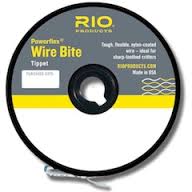 https://hooklineandsinker.ca/wp-content/uploads/2015/01/RIO-Powerflex-Wire-Bite.jpg
192
192
HLSAdmin
https://hooklineandsinker.ca/wp-content/uploads/2014/12/Steelheading-in-the-Snow-900-80-Not-Faded-Actual-1030x91.jpg
HLSAdmin2015-01-16 13:05:342021-05-23 20:18:57RIO Powerflex Wire Bite Tippet Material
https://hooklineandsinker.ca/wp-content/uploads/2015/01/RIO-Powerflex-Wire-Bite.jpg
192
192
HLSAdmin
https://hooklineandsinker.ca/wp-content/uploads/2014/12/Steelheading-in-the-Snow-900-80-Not-Faded-Actual-1030x91.jpg
HLSAdmin2015-01-16 13:05:342021-05-23 20:18:57RIO Powerflex Wire Bite Tippet Material https://hooklineandsinker.ca/wp-content/uploads/2014/01/Tyger-Leader-Bite-Proof-Tippet.jpg
160
160
Ray Collesso
https://hooklineandsinker.ca/wp-content/uploads/2014/12/Steelheading-in-the-Snow-900-80-Not-Faded-Actual-1030x91.jpg
Ray Collesso2014-01-16 04:44:292015-01-16 13:06:31Tyger Leader Bite Proof Tippet / Leader Material
https://hooklineandsinker.ca/wp-content/uploads/2014/01/Tyger-Leader-Bite-Proof-Tippet.jpg
160
160
Ray Collesso
https://hooklineandsinker.ca/wp-content/uploads/2014/12/Steelheading-in-the-Snow-900-80-Not-Faded-Actual-1030x91.jpg
Ray Collesso2014-01-16 04:44:292015-01-16 13:06:31Tyger Leader Bite Proof Tippet / Leader Material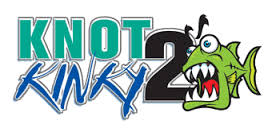 https://hooklineandsinker.ca/wp-content/uploads/2014/01/Knot-2-Kinky.jpg
136
268
Ray Collesso
https://hooklineandsinker.ca/wp-content/uploads/2014/12/Steelheading-in-the-Snow-900-80-Not-Faded-Actual-1030x91.jpg
Ray Collesso2014-01-16 04:48:562015-01-16 13:25:14Knot 2 Kinky Bite Proof Tippet / Leader Material – Aquateko
https://hooklineandsinker.ca/wp-content/uploads/2014/01/Knot-2-Kinky.jpg
136
268
Ray Collesso
https://hooklineandsinker.ca/wp-content/uploads/2014/12/Steelheading-in-the-Snow-900-80-Not-Faded-Actual-1030x91.jpg
Ray Collesso2014-01-16 04:48:562015-01-16 13:25:14Knot 2 Kinky Bite Proof Tippet / Leader Material – Aquateko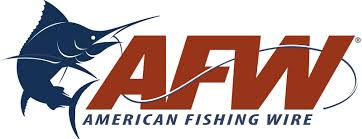 https://hooklineandsinker.ca/wp-content/uploads/2014/01/American-Fishing-Wire-Logo.png
139
362
Ray Collesso
https://hooklineandsinker.ca/wp-content/uploads/2014/12/Steelheading-in-the-Snow-900-80-Not-Faded-Actual-1030x91.jpg
Ray Collesso2014-01-17 00:26:522015-01-16 00:13:45American Fishing Wire Leader Material
https://hooklineandsinker.ca/wp-content/uploads/2014/01/American-Fishing-Wire-Logo.png
139
362
Ray Collesso
https://hooklineandsinker.ca/wp-content/uploads/2014/12/Steelheading-in-the-Snow-900-80-Not-Faded-Actual-1030x91.jpg
Ray Collesso2014-01-17 00:26:522015-01-16 00:13:45American Fishing Wire Leader Material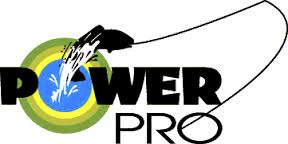 https://hooklineandsinker.ca/wp-content/uploads/2014/01/Power-Pro-Braided-Fishing-Line.jpg
144
288
Ray Collesso
https://hooklineandsinker.ca/wp-content/uploads/2014/12/Steelheading-in-the-Snow-900-80-Not-Faded-Actual-1030x91.jpg
Ray Collesso2014-01-16 04:43:562016-07-28 18:29:16PowerPro Braided Lines
https://hooklineandsinker.ca/wp-content/uploads/2014/01/Power-Pro-Braided-Fishing-Line.jpg
144
288
Ray Collesso
https://hooklineandsinker.ca/wp-content/uploads/2014/12/Steelheading-in-the-Snow-900-80-Not-Faded-Actual-1030x91.jpg
Ray Collesso2014-01-16 04:43:562016-07-28 18:29:16PowerPro Braided Lines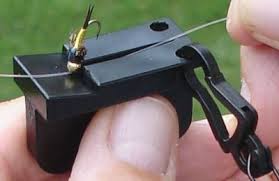 https://hooklineandsinker.ca/wp-content/uploads/2014/01/20-20-tippet-threader-tight-line-enterprises.jpg
181
279
Ray Collesso
https://hooklineandsinker.ca/wp-content/uploads/2014/12/Steelheading-in-the-Snow-900-80-Not-Faded-Actual-1030x91.jpg
Ray Collesso2014-01-14 02:03:062016-12-22 20:49:0920/20 Magnetic Tippet Threader – Tight Line Enterprises
https://hooklineandsinker.ca/wp-content/uploads/2014/01/20-20-tippet-threader-tight-line-enterprises.jpg
181
279
Ray Collesso
https://hooklineandsinker.ca/wp-content/uploads/2014/12/Steelheading-in-the-Snow-900-80-Not-Faded-Actual-1030x91.jpg
Ray Collesso2014-01-14 02:03:062016-12-22 20:49:0920/20 Magnetic Tippet Threader – Tight Line EnterprisesServices
 https://hooklineandsinker.ca/wp-content/uploads/2023/03/IMG_0479-scaled.jpg
1749
2560
HLSAdmin
https://hooklineandsinker.ca/wp-content/uploads/2014/12/Steelheading-in-the-Snow-900-80-Not-Faded-Actual-1030x91.jpg
HLSAdmin2023-03-20 12:58:332023-03-20 16:51:51Retirement Announcement
https://hooklineandsinker.ca/wp-content/uploads/2023/03/IMG_0479-scaled.jpg
1749
2560
HLSAdmin
https://hooklineandsinker.ca/wp-content/uploads/2014/12/Steelheading-in-the-Snow-900-80-Not-Faded-Actual-1030x91.jpg
HLSAdmin2023-03-20 12:58:332023-03-20 16:51:51Retirement Announcement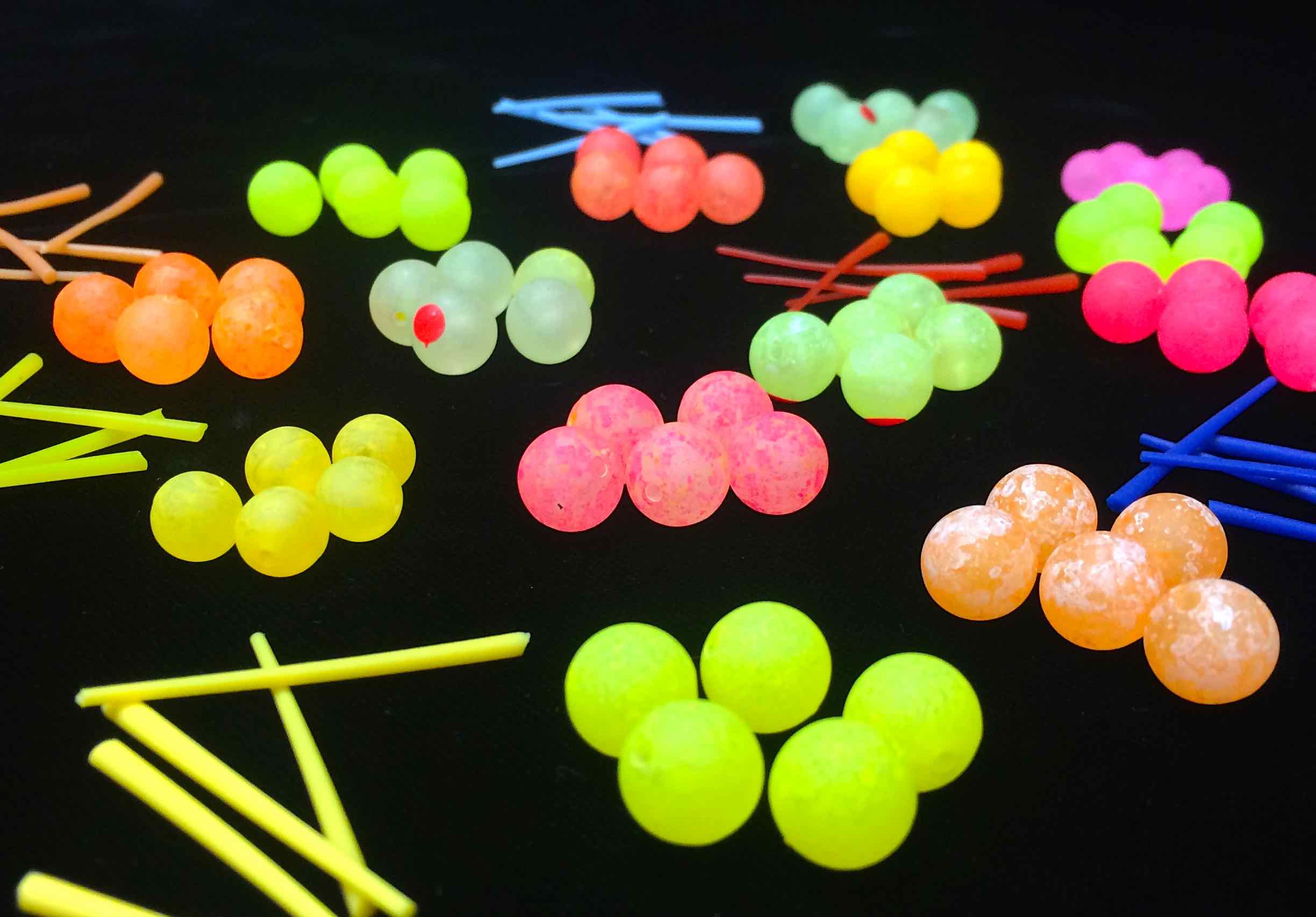 https://hooklineandsinker.ca/wp-content/uploads/2015/07/HLS-Custom-UV-Beads-and-HLS-Bead-Pegs-AA.jpg
1706
2448
Ray Collesso
https://hooklineandsinker.ca/wp-content/uploads/2014/12/Steelheading-in-the-Snow-900-80-Not-Faded-Actual-1030x91.jpg
Ray Collesso2014-11-24 16:01:142018-06-03 13:06:57HLS Custom UV Ultra Violet Steelhead Beads
https://hooklineandsinker.ca/wp-content/uploads/2015/07/HLS-Custom-UV-Beads-and-HLS-Bead-Pegs-AA.jpg
1706
2448
Ray Collesso
https://hooklineandsinker.ca/wp-content/uploads/2014/12/Steelheading-in-the-Snow-900-80-Not-Faded-Actual-1030x91.jpg
Ray Collesso2014-11-24 16:01:142018-06-03 13:06:57HLS Custom UV Ultra Violet Steelhead Beads https://hooklineandsinker.ca/wp-content/uploads/2014/10/Custom-HLS-Acrylic-Reel-Seat-Butt-Cap-and-Islander-Handle-Conversion-Replacement-A.jpg
270
360
Ray Collesso
https://hooklineandsinker.ca/wp-content/uploads/2014/12/Steelheading-in-the-Snow-900-80-Not-Faded-Actual-1030x91.jpg
Ray Collesso2014-10-15 22:24:142017-02-12 18:43:27Custom Reel Seats for Rod Building
https://hooklineandsinker.ca/wp-content/uploads/2014/10/Custom-HLS-Acrylic-Reel-Seat-Butt-Cap-and-Islander-Handle-Conversion-Replacement-A.jpg
270
360
Ray Collesso
https://hooklineandsinker.ca/wp-content/uploads/2014/12/Steelheading-in-the-Snow-900-80-Not-Faded-Actual-1030x91.jpg
Ray Collesso2014-10-15 22:24:142017-02-12 18:43:27Custom Reel Seats for Rod Building https://hooklineandsinker.ca/wp-content/uploads/2014/01/Custom-IMX-ST1562-cw-Jungle-Cock-Inlays-Resized-for-Web.jpg
2448
2448
Ray Collesso
https://hooklineandsinker.ca/wp-content/uploads/2014/12/Steelheading-in-the-Snow-900-80-Not-Faded-Actual-1030x91.jpg
Ray Collesso2014-01-08 11:51:302017-01-16 22:57:27Custom Rod Building, Rod Building Components and Custom Rod Parts
https://hooklineandsinker.ca/wp-content/uploads/2014/01/Custom-IMX-ST1562-cw-Jungle-Cock-Inlays-Resized-for-Web.jpg
2448
2448
Ray Collesso
https://hooklineandsinker.ca/wp-content/uploads/2014/12/Steelheading-in-the-Snow-900-80-Not-Faded-Actual-1030x91.jpg
Ray Collesso2014-01-08 11:51:302017-01-16 22:57:27Custom Rod Building, Rod Building Components and Custom Rod Parts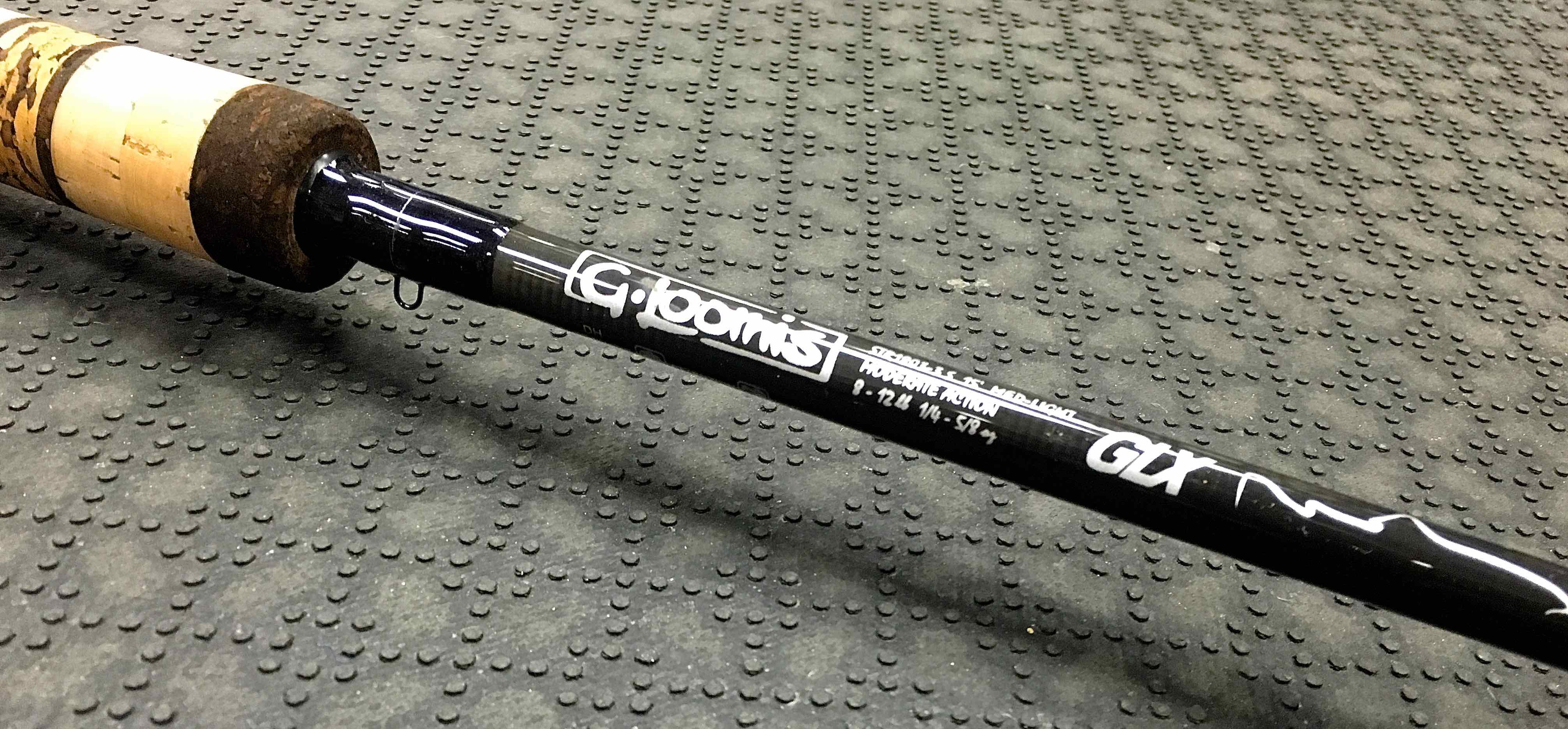 https://hooklineandsinker.ca/wp-content/uploads/2016/08/GLX-Strip-and-Rebuild-Cork-Handle-with-Custom-Reel-Seat-and-Hook-Keeper-CCC.jpg
1871
4026
HLSAdmin
https://hooklineandsinker.ca/wp-content/uploads/2014/12/Steelheading-in-the-Snow-900-80-Not-Faded-Actual-1030x91.jpg
HLSAdmin2016-08-17 22:43:022018-08-06 14:52:52G. Loomis GLX & IMX Centerpin Float Rod Handle Conversion
https://hooklineandsinker.ca/wp-content/uploads/2016/08/GLX-Strip-and-Rebuild-Cork-Handle-with-Custom-Reel-Seat-and-Hook-Keeper-CCC.jpg
1871
4026
HLSAdmin
https://hooklineandsinker.ca/wp-content/uploads/2014/12/Steelheading-in-the-Snow-900-80-Not-Faded-Actual-1030x91.jpg
HLSAdmin2016-08-17 22:43:022018-08-06 14:52:52G. Loomis GLX & IMX Centerpin Float Rod Handle Conversion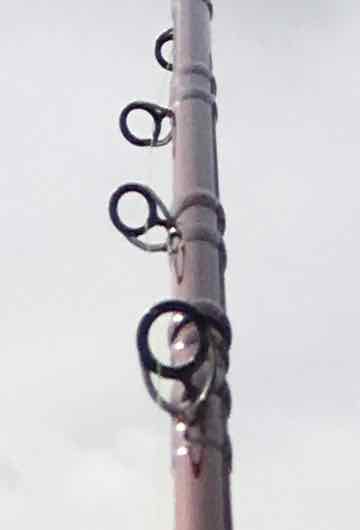 https://hooklineandsinker.ca/wp-content/uploads/2017/03/Sage-Method-6119-4X22-BBBB.jpg
530
360
HLSAdmin
https://hooklineandsinker.ca/wp-content/uploads/2014/12/Steelheading-in-the-Snow-900-80-Not-Faded-Actual-1030x91.jpg
HLSAdmin2017-03-05 00:01:112019-08-25 19:45:22Custom Acid Rod or Spiral Wrap Guides on Longer Baitcast Rods for Steelheading
https://hooklineandsinker.ca/wp-content/uploads/2017/03/Sage-Method-6119-4X22-BBBB.jpg
530
360
HLSAdmin
https://hooklineandsinker.ca/wp-content/uploads/2014/12/Steelheading-in-the-Snow-900-80-Not-Faded-Actual-1030x91.jpg
HLSAdmin2017-03-05 00:01:112019-08-25 19:45:22Custom Acid Rod or Spiral Wrap Guides on Longer Baitcast Rods for Steelheading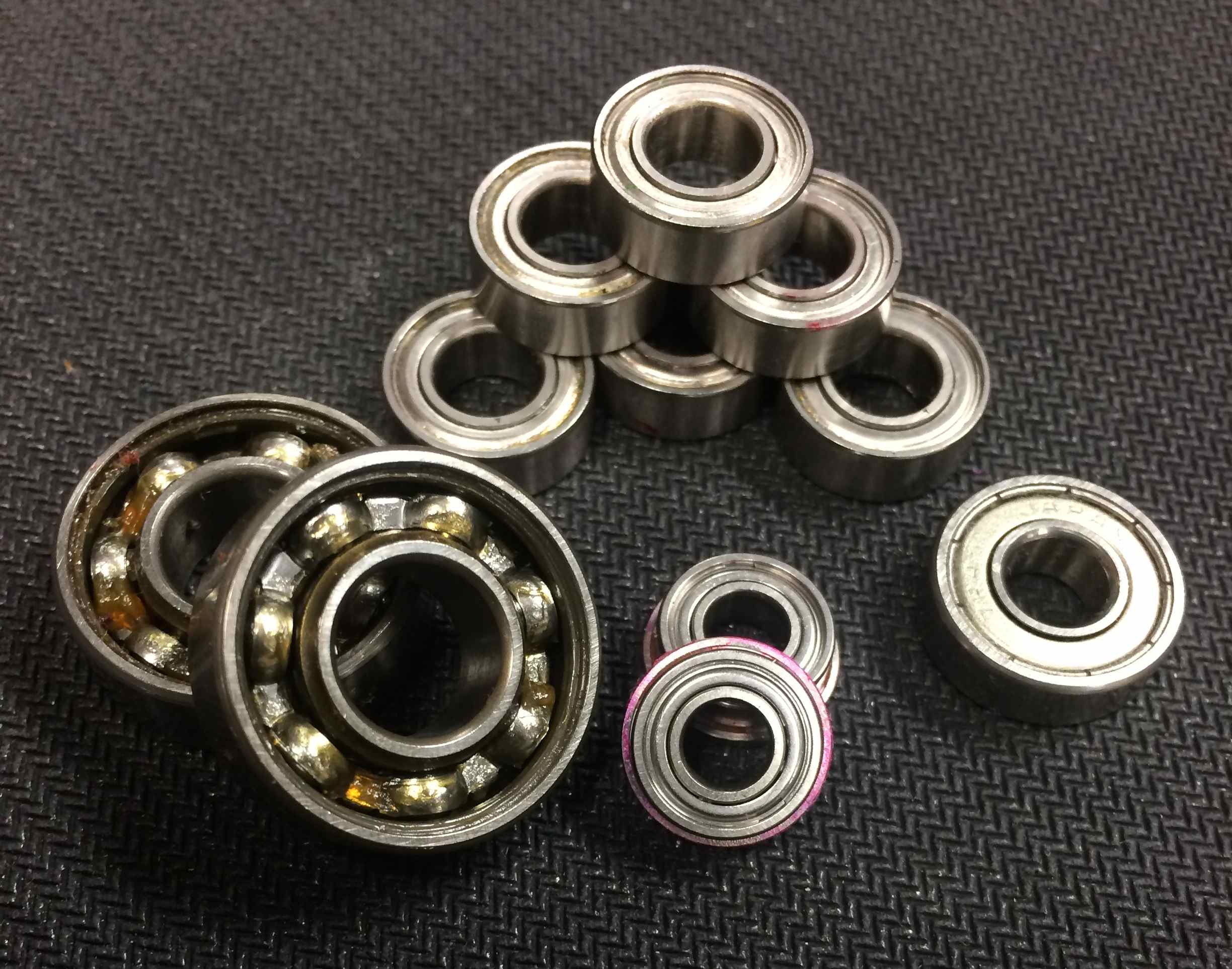 https://hooklineandsinker.ca/wp-content/uploads/2014/10/Float-Centerpin-Reel-Bearings-B-Resized.jpg
1925
2448
Ray Collesso
https://hooklineandsinker.ca/wp-content/uploads/2014/12/Steelheading-in-the-Snow-900-80-Not-Faded-Actual-1030x91.jpg
Ray Collesso2014-10-21 22:58:282019-05-06 20:35:45Centerpin Float Reel & Fly Reel Bearing Replacement
https://hooklineandsinker.ca/wp-content/uploads/2014/10/Float-Centerpin-Reel-Bearings-B-Resized.jpg
1925
2448
Ray Collesso
https://hooklineandsinker.ca/wp-content/uploads/2014/12/Steelheading-in-the-Snow-900-80-Not-Faded-Actual-1030x91.jpg
Ray Collesso2014-10-21 22:58:282019-05-06 20:35:45Centerpin Float Reel & Fly Reel Bearing Replacement https://hooklineandsinker.ca/wp-content/uploads/2015/01/streamrunner3.jpg
333
500
HLSAdmin
https://hooklineandsinker.ca/wp-content/uploads/2014/12/Steelheading-in-the-Snow-900-80-Not-Faded-Actual-1030x91.jpg
HLSAdmin2015-01-08 19:04:342017-01-16 23:14:11Centerpin Float Reel Repairs
https://hooklineandsinker.ca/wp-content/uploads/2015/01/streamrunner3.jpg
333
500
HLSAdmin
https://hooklineandsinker.ca/wp-content/uploads/2014/12/Steelheading-in-the-Snow-900-80-Not-Faded-Actual-1030x91.jpg
HLSAdmin2015-01-08 19:04:342017-01-16 23:14:11Centerpin Float Reel Repairs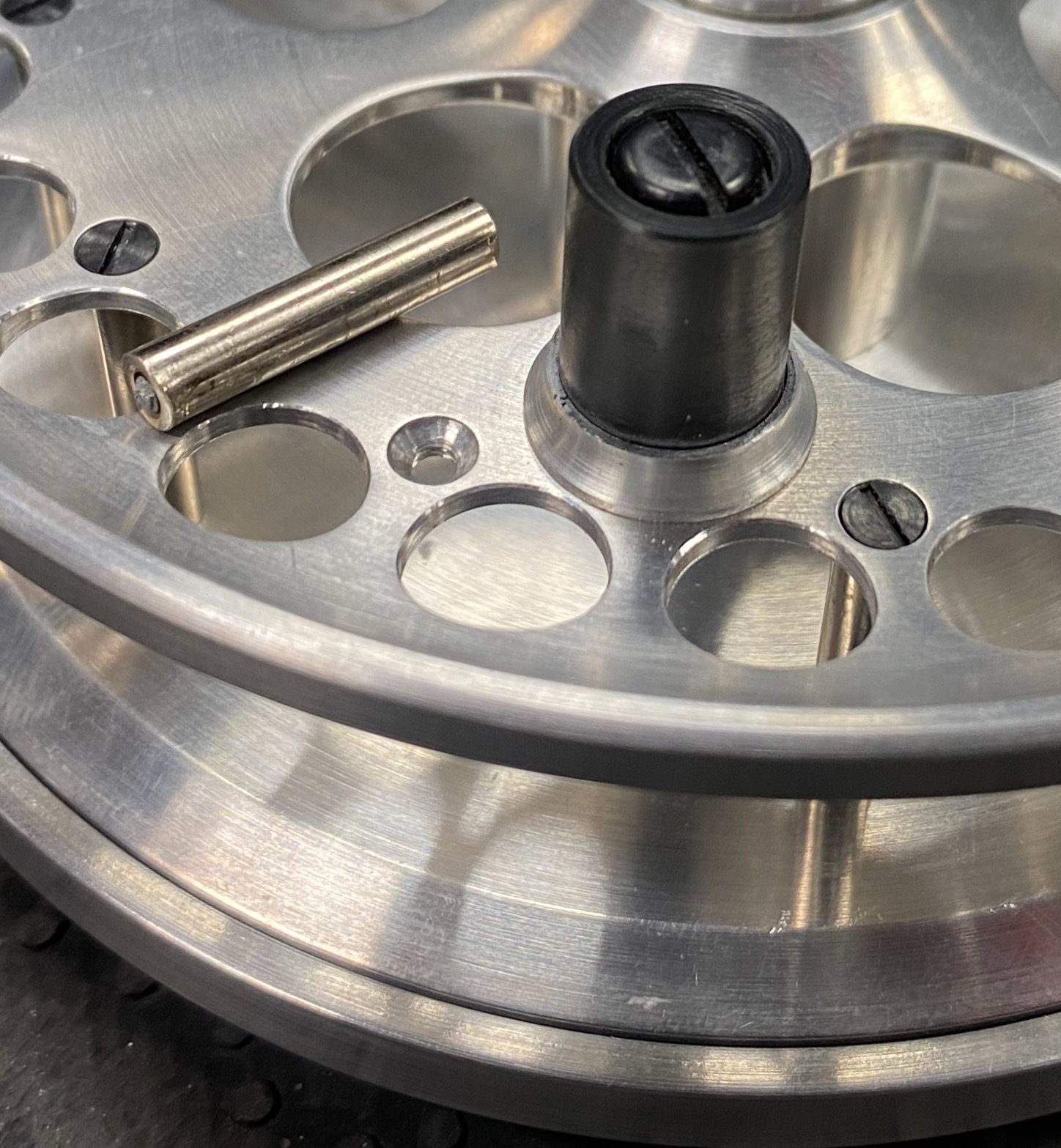 https://hooklineandsinker.ca/wp-content/uploads/2020/01/Stanton-Silver-Centerpin-Float-Reel-Broken-Spoke-AA.jpeg
1567
1448
HLSAdmin
https://hooklineandsinker.ca/wp-content/uploads/2014/12/Steelheading-in-the-Snow-900-80-Not-Faded-Actual-1030x91.jpg
HLSAdmin2020-01-12 18:11:322022-11-29 16:12:18Adcock Stanton Centerpin Float Reel Repairs
https://hooklineandsinker.ca/wp-content/uploads/2020/01/Stanton-Silver-Centerpin-Float-Reel-Broken-Spoke-AA.jpeg
1567
1448
HLSAdmin
https://hooklineandsinker.ca/wp-content/uploads/2014/12/Steelheading-in-the-Snow-900-80-Not-Faded-Actual-1030x91.jpg
HLSAdmin2020-01-12 18:11:322022-11-29 16:12:18Adcock Stanton Centerpin Float Reel Repairs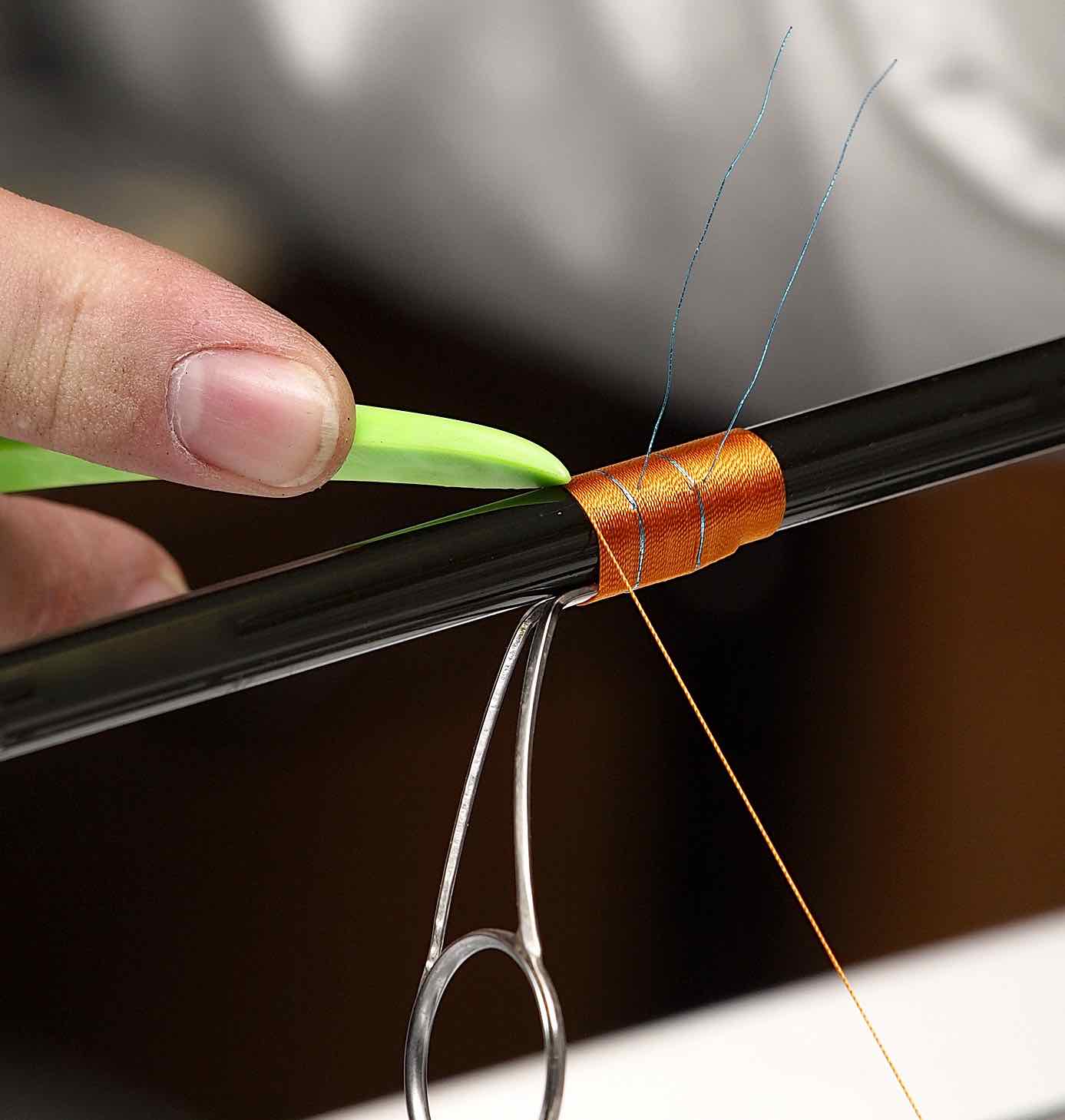 https://hooklineandsinker.ca/wp-content/uploads/2015/03/Custom-Rod-Building-HLS-Mike-Rumig-02132016-AA.jpg
1458
1387
HLSAdmin
https://hooklineandsinker.ca/wp-content/uploads/2014/12/Steelheading-in-the-Snow-900-80-Not-Faded-Actual-1030x91.jpg
HLSAdmin2016-06-13 21:10:462018-11-14 23:20:56HLS Fishing Rod Building Classes
https://hooklineandsinker.ca/wp-content/uploads/2015/03/Custom-Rod-Building-HLS-Mike-Rumig-02132016-AA.jpg
1458
1387
HLSAdmin
https://hooklineandsinker.ca/wp-content/uploads/2014/12/Steelheading-in-the-Snow-900-80-Not-Faded-Actual-1030x91.jpg
HLSAdmin2016-06-13 21:10:462018-11-14 23:20:56HLS Fishing Rod Building Classes https://hooklineandsinker.ca/wp-content/uploads/2015/01/Custom-HLS-Float-Reel-Rosewood-Handles-Slainless-Palming-Ring-Red-Front-Resized-for-Web.jpg
2084
2147
HLSAdmin
https://hooklineandsinker.ca/wp-content/uploads/2014/12/Steelheading-in-the-Snow-900-80-Not-Faded-Actual-1030x91.jpg
HLSAdmin2015-01-08 18:21:292017-01-09 00:15:37Custom Made Centerpin Float Reels – One of a kind!
https://hooklineandsinker.ca/wp-content/uploads/2015/01/Custom-HLS-Float-Reel-Rosewood-Handles-Slainless-Palming-Ring-Red-Front-Resized-for-Web.jpg
2084
2147
HLSAdmin
https://hooklineandsinker.ca/wp-content/uploads/2014/12/Steelheading-in-the-Snow-900-80-Not-Faded-Actual-1030x91.jpg
HLSAdmin2015-01-08 18:21:292017-01-09 00:15:37Custom Made Centerpin Float Reels – One of a kind! https://hooklineandsinker.ca/wp-content/uploads/2014/02/Used-But-Not-Abused-Page-Image.jpg
160
160
Ray Collesso
https://hooklineandsinker.ca/wp-content/uploads/2014/12/Steelheading-in-the-Snow-900-80-Not-Faded-Actual-1030x91.jpg
Ray Collesso2014-02-19 17:26:492017-01-17 12:15:05Used But NOT Abused (UBNA)
https://hooklineandsinker.ca/wp-content/uploads/2014/02/Used-But-Not-Abused-Page-Image.jpg
160
160
Ray Collesso
https://hooklineandsinker.ca/wp-content/uploads/2014/12/Steelheading-in-the-Snow-900-80-Not-Faded-Actual-1030x91.jpg
Ray Collesso2014-02-19 17:26:492017-01-17 12:15:05Used But NOT Abused (UBNA) https://hooklineandsinker.ca/wp-content/uploads/2014/02/Weekly-Guest-Presenter-Button.jpg
224
225
Ray Collesso
https://hooklineandsinker.ca/wp-content/uploads/2014/12/Steelheading-in-the-Snow-900-80-Not-Faded-Actual-1030x91.jpg
Ray Collesso2014-02-17 19:43:022017-01-16 23:35:04Weekly Guest Tyer / Presenter Events – Sat. Noon to 3.
https://hooklineandsinker.ca/wp-content/uploads/2014/02/Weekly-Guest-Presenter-Button.jpg
224
225
Ray Collesso
https://hooklineandsinker.ca/wp-content/uploads/2014/12/Steelheading-in-the-Snow-900-80-Not-Faded-Actual-1030x91.jpg
Ray Collesso2014-02-17 19:43:022017-01-16 23:35:04Weekly Guest Tyer / Presenter Events – Sat. Noon to 3. https://hooklineandsinker.ca/wp-content/uploads/2014/03/Clearance-Page-Image.jpg
211
239
Ray Collesso
https://hooklineandsinker.ca/wp-content/uploads/2014/12/Steelheading-in-the-Snow-900-80-Not-Faded-Actual-1030x91.jpg
Ray Collesso2014-03-02 22:21:232017-02-12 14:38:52Clearance and Sale Items
https://hooklineandsinker.ca/wp-content/uploads/2014/03/Clearance-Page-Image.jpg
211
239
Ray Collesso
https://hooklineandsinker.ca/wp-content/uploads/2014/12/Steelheading-in-the-Snow-900-80-Not-Faded-Actual-1030x91.jpg
Ray Collesso2014-03-02 22:21:232017-02-12 14:38:52Clearance and Sale Items https://hooklineandsinker.ca/wp-content/uploads/2014/02/Warranty-Button.jpg
225
225
Ray Collesso
https://hooklineandsinker.ca/wp-content/uploads/2014/12/Steelheading-in-the-Snow-900-80-Not-Faded-Actual-1030x91.jpg
Ray Collesso2014-02-11 22:02:342017-01-16 22:37:06Warranty Repairs & Service
https://hooklineandsinker.ca/wp-content/uploads/2014/02/Warranty-Button.jpg
225
225
Ray Collesso
https://hooklineandsinker.ca/wp-content/uploads/2014/12/Steelheading-in-the-Snow-900-80-Not-Faded-Actual-1030x91.jpg
Ray Collesso2014-02-11 22:02:342017-01-16 22:37:06Warranty Repairs & Service https://hooklineandsinker.ca/wp-content/uploads/2015/03/Sage-One-Custom-7136B-6-Custom-Float-Rod-Build-with-Red-Zeppelin-with-Butt-Wrap-to-match.jpg
1894
2166
HLSAdmin
https://hooklineandsinker.ca/wp-content/uploads/2014/12/Steelheading-in-the-Snow-900-80-Not-Faded-Actual-1030x91.jpg
HLSAdmin2015-03-04 21:42:532017-02-12 18:28:25Custom Decorative Fishing Rod Butt Wraps
https://hooklineandsinker.ca/wp-content/uploads/2015/03/Sage-One-Custom-7136B-6-Custom-Float-Rod-Build-with-Red-Zeppelin-with-Butt-Wrap-to-match.jpg
1894
2166
HLSAdmin
https://hooklineandsinker.ca/wp-content/uploads/2014/12/Steelheading-in-the-Snow-900-80-Not-Faded-Actual-1030x91.jpg
HLSAdmin2015-03-04 21:42:532017-02-12 18:28:25Custom Decorative Fishing Rod Butt Wraps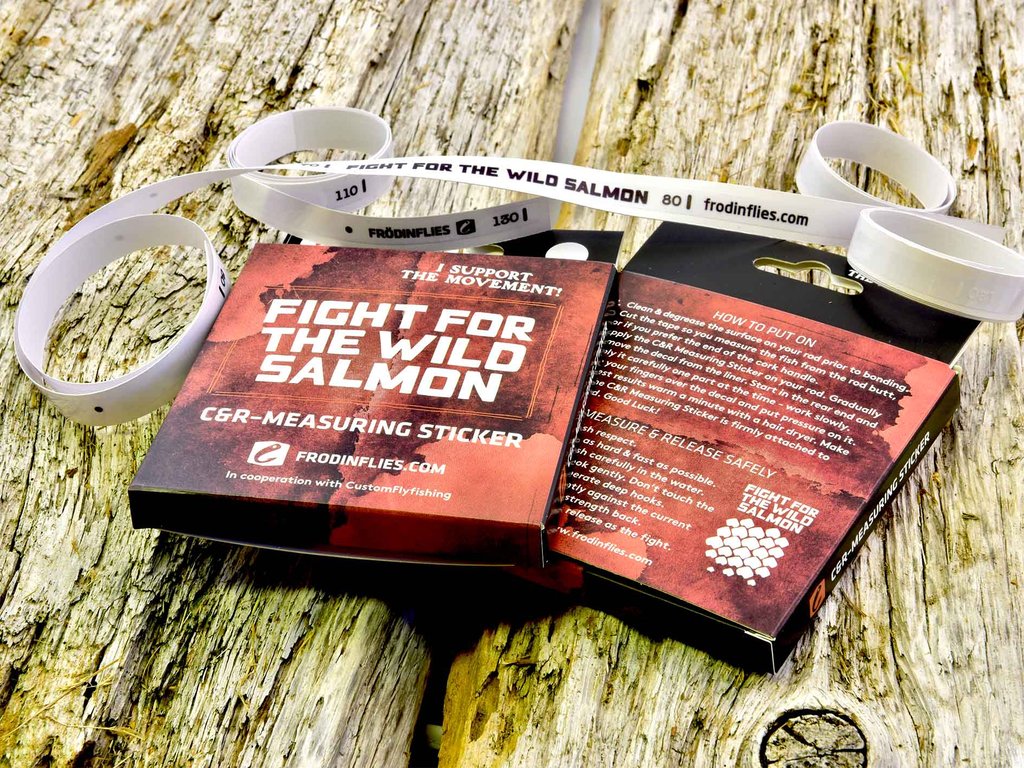 https://hooklineandsinker.ca/wp-content/uploads/2020/11/Wild-Salmon-C-and-R-Measuring-StickerA.jpg
768
1024
HLSAdmin
https://hooklineandsinker.ca/wp-content/uploads/2014/12/Steelheading-in-the-Snow-900-80-Not-Faded-Actual-1030x91.jpg
HLSAdmin2020-11-21 22:19:312023-03-20 16:52:41‘Wild Salmon’ C&R Measuring Sticker
https://hooklineandsinker.ca/wp-content/uploads/2020/11/Wild-Salmon-C-and-R-Measuring-StickerA.jpg
768
1024
HLSAdmin
https://hooklineandsinker.ca/wp-content/uploads/2014/12/Steelheading-in-the-Snow-900-80-Not-Faded-Actual-1030x91.jpg
HLSAdmin2020-11-21 22:19:312023-03-20 16:52:41‘Wild Salmon’ C&R Measuring Sticker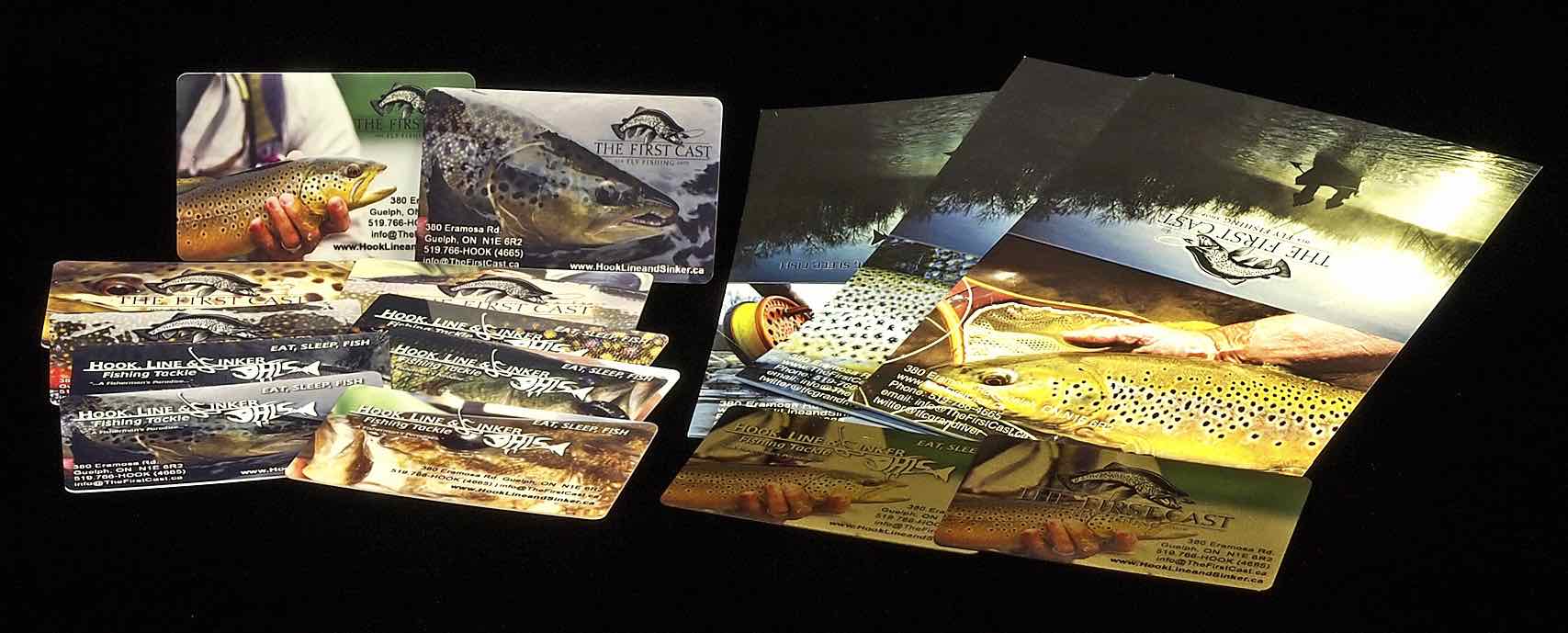 https://hooklineandsinker.ca/wp-content/uploads/2014/02/HLS-TFC-Gift-Cards-AA.jpg
689
1707
Ray Collesso
https://hooklineandsinker.ca/wp-content/uploads/2014/12/Steelheading-in-the-Snow-900-80-Not-Faded-Actual-1030x91.jpg
Ray Collesso2014-02-14 23:20:332017-01-16 22:32:53Gift Cards & Gift Certificates are available in ANY Denomination
https://hooklineandsinker.ca/wp-content/uploads/2014/02/HLS-TFC-Gift-Cards-AA.jpg
689
1707
Ray Collesso
https://hooklineandsinker.ca/wp-content/uploads/2014/12/Steelheading-in-the-Snow-900-80-Not-Faded-Actual-1030x91.jpg
Ray Collesso2014-02-14 23:20:332017-01-16 22:32:53Gift Cards & Gift Certificates are available in ANY Denomination https://hooklineandsinker.ca/wp-content/uploads/2014/02/Accidental-Broken-Sage-Fly-Rod.jpg
1280
1280
Ray Collesso
https://hooklineandsinker.ca/wp-content/uploads/2014/12/Steelheading-in-the-Snow-900-80-Not-Faded-Actual-1030x91.jpg
Ray Collesso2014-02-13 22:56:372017-01-16 23:19:46Broken or Damaged Fishing Rod Repairs
https://hooklineandsinker.ca/wp-content/uploads/2014/02/Accidental-Broken-Sage-Fly-Rod.jpg
1280
1280
Ray Collesso
https://hooklineandsinker.ca/wp-content/uploads/2014/12/Steelheading-in-the-Snow-900-80-Not-Faded-Actual-1030x91.jpg
Ray Collesso2014-02-13 22:56:372017-01-16 23:19:46Broken or Damaged Fishing Rod Repairs https://hooklineandsinker.ca/wp-content/uploads/2014/03/Line-Spooling-Machine-Resized.jpg
1649
2198
Ray Collesso
https://hooklineandsinker.ca/wp-content/uploads/2014/12/Steelheading-in-the-Snow-900-80-Not-Faded-Actual-1030x91.jpg
Ray Collesso2014-03-02 15:59:012018-10-31 20:11:09Professional Line Winding / Spooling Machine – Bulk Monofilament, Braid and Float Reel Backing / Dacron
https://hooklineandsinker.ca/wp-content/uploads/2014/03/Line-Spooling-Machine-Resized.jpg
1649
2198
Ray Collesso
https://hooklineandsinker.ca/wp-content/uploads/2014/12/Steelheading-in-the-Snow-900-80-Not-Faded-Actual-1030x91.jpg
Ray Collesso2014-03-02 15:59:012018-10-31 20:11:09Professional Line Winding / Spooling Machine – Bulk Monofilament, Braid and Float Reel Backing / Dacron https://hooklineandsinker.ca/wp-content/uploads/2013/12/Swim-Tank.jpg
431
678
Ray Collesso
https://hooklineandsinker.ca/wp-content/uploads/2014/12/Steelheading-in-the-Snow-900-80-Not-Faded-Actual-1030x91.jpg
Ray Collesso2013-12-30 23:34:382017-02-06 00:28:22HLS / TFC Swim Tank – Fly Tester
https://hooklineandsinker.ca/wp-content/uploads/2013/12/Swim-Tank.jpg
431
678
Ray Collesso
https://hooklineandsinker.ca/wp-content/uploads/2014/12/Steelheading-in-the-Snow-900-80-Not-Faded-Actual-1030x91.jpg
Ray Collesso2013-12-30 23:34:382017-02-06 00:28:22HLS / TFC Swim Tank – Fly Tester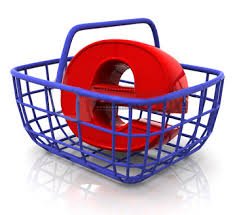 https://hooklineandsinker.ca/wp-content/uploads/2014/03/Online-Sales-Button.jpg
215
235
Ray Collesso
https://hooklineandsinker.ca/wp-content/uploads/2014/12/Steelheading-in-the-Snow-900-80-Not-Faded-Actual-1030x91.jpg
Ray Collesso2014-03-02 13:45:372019-04-01 19:32:18Online Sales
https://hooklineandsinker.ca/wp-content/uploads/2014/03/Online-Sales-Button.jpg
215
235
Ray Collesso
https://hooklineandsinker.ca/wp-content/uploads/2014/12/Steelheading-in-the-Snow-900-80-Not-Faded-Actual-1030x91.jpg
Ray Collesso2014-03-02 13:45:372019-04-01 19:32:18Online Sales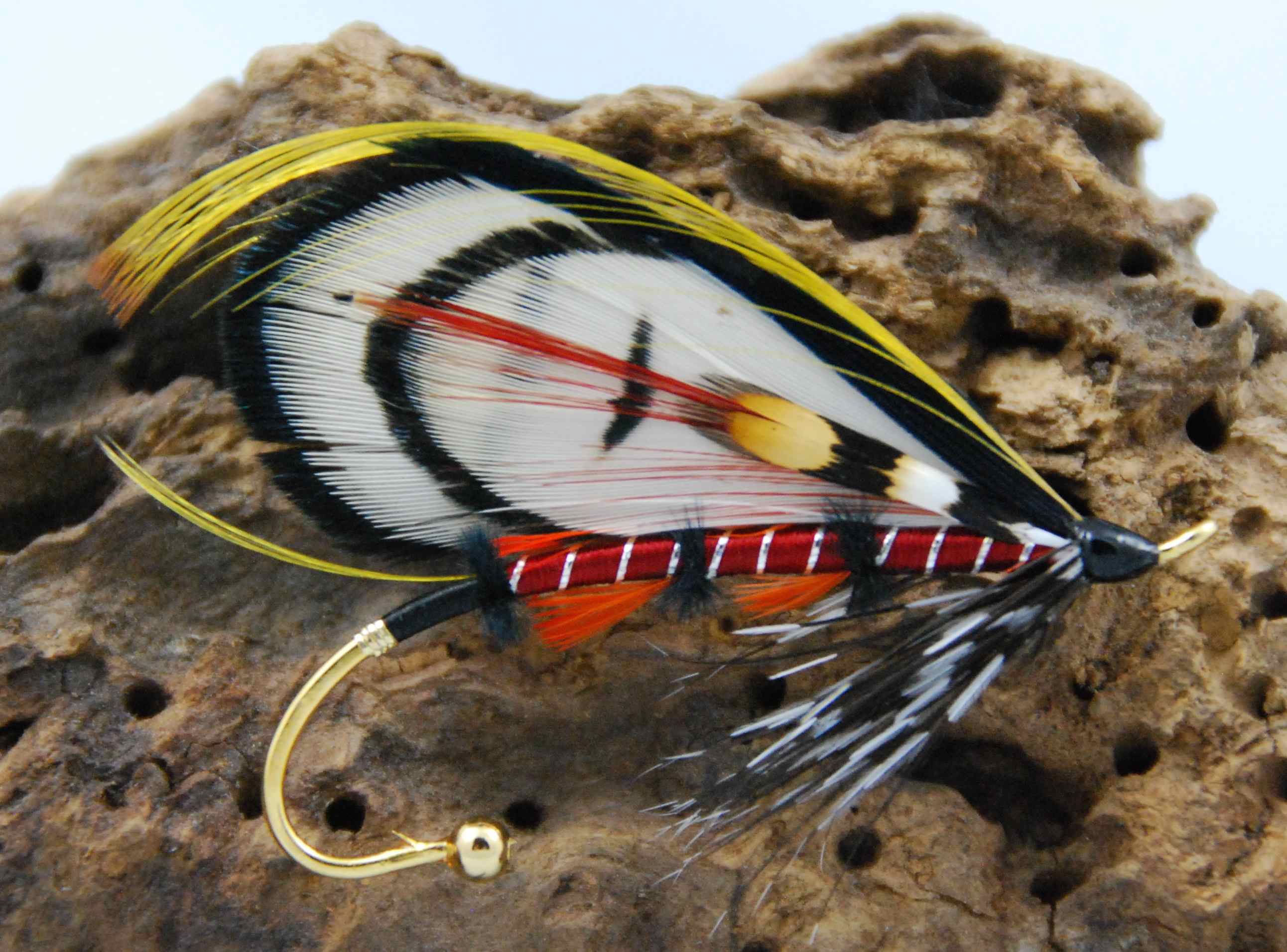 https://hooklineandsinker.ca/wp-content/uploads/2014/07/Wedding-Boutonniere-Bombanieri-Resized.jpg
1911
2584
Ray Collesso
https://hooklineandsinker.ca/wp-content/uploads/2014/12/Steelheading-in-the-Snow-900-80-Not-Faded-Actual-1030x91.jpg
Ray Collesso2014-07-02 21:25:062017-01-16 23:31:07Fishing Wedding Boutonnieres – Boutonniere, Gift & Keepsake – All 3 in ONE!
https://hooklineandsinker.ca/wp-content/uploads/2014/07/Wedding-Boutonniere-Bombanieri-Resized.jpg
1911
2584
Ray Collesso
https://hooklineandsinker.ca/wp-content/uploads/2014/12/Steelheading-in-the-Snow-900-80-Not-Faded-Actual-1030x91.jpg
Ray Collesso2014-07-02 21:25:062017-01-16 23:31:07Fishing Wedding Boutonnieres – Boutonniere, Gift & Keepsake – All 3 in ONE!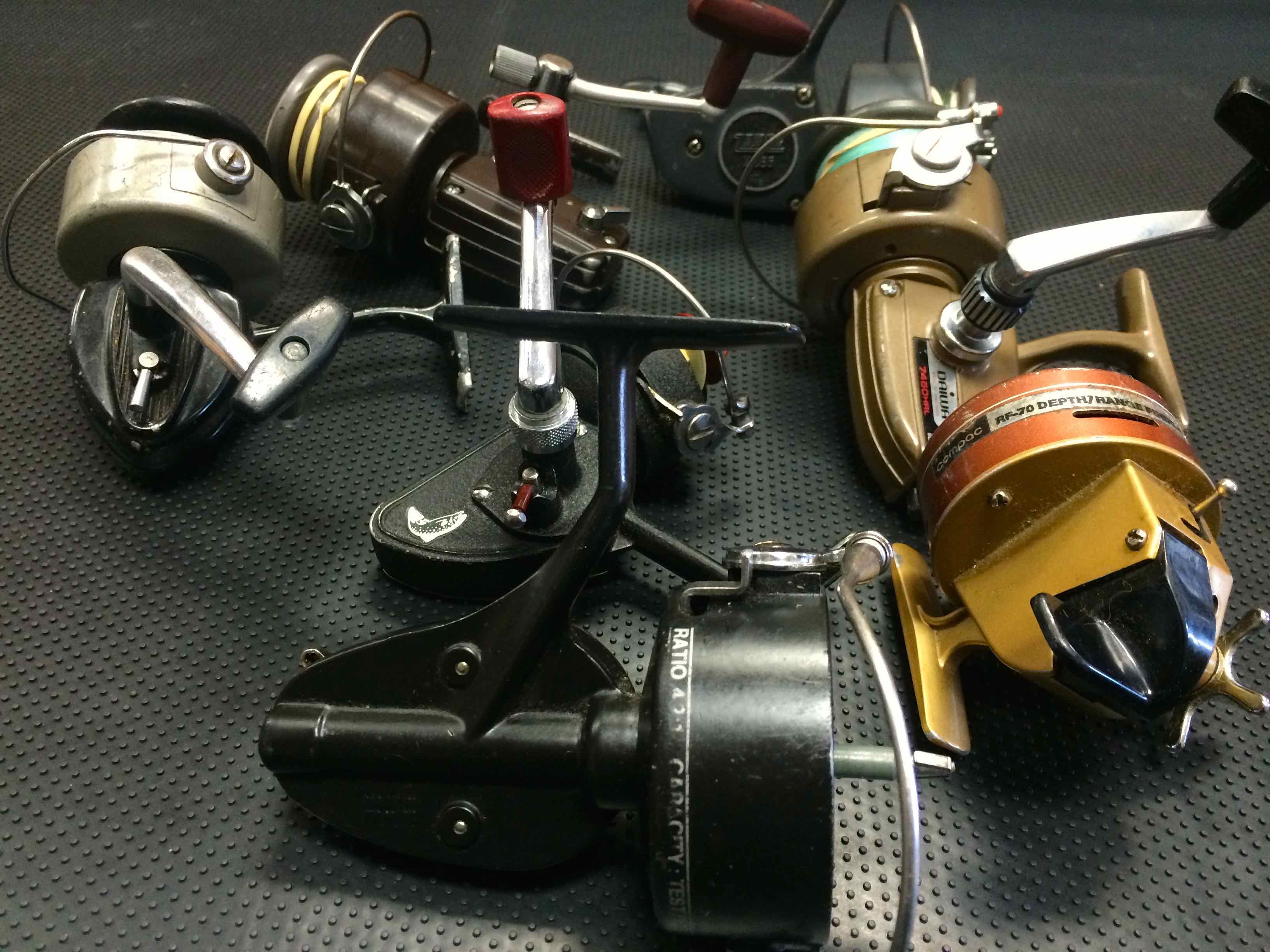 https://hooklineandsinker.ca/wp-content/uploads/2013/12/Vintage-Spinning-Reels-Resized-for-Web.jpg
2448
3264
Ray Collesso
https://hooklineandsinker.ca/wp-content/uploads/2014/12/Steelheading-in-the-Snow-900-80-Not-Faded-Actual-1030x91.jpg
Ray Collesso2013-12-30 23:59:212017-01-16 22:39:13Fishing Reel Repairs – Have a Fishing Reel Sitting Idle Due To A River Mishap?
https://hooklineandsinker.ca/wp-content/uploads/2013/12/Vintage-Spinning-Reels-Resized-for-Web.jpg
2448
3264
Ray Collesso
https://hooklineandsinker.ca/wp-content/uploads/2014/12/Steelheading-in-the-Snow-900-80-Not-Faded-Actual-1030x91.jpg
Ray Collesso2013-12-30 23:59:212017-01-16 22:39:13Fishing Reel Repairs – Have a Fishing Reel Sitting Idle Due To A River Mishap?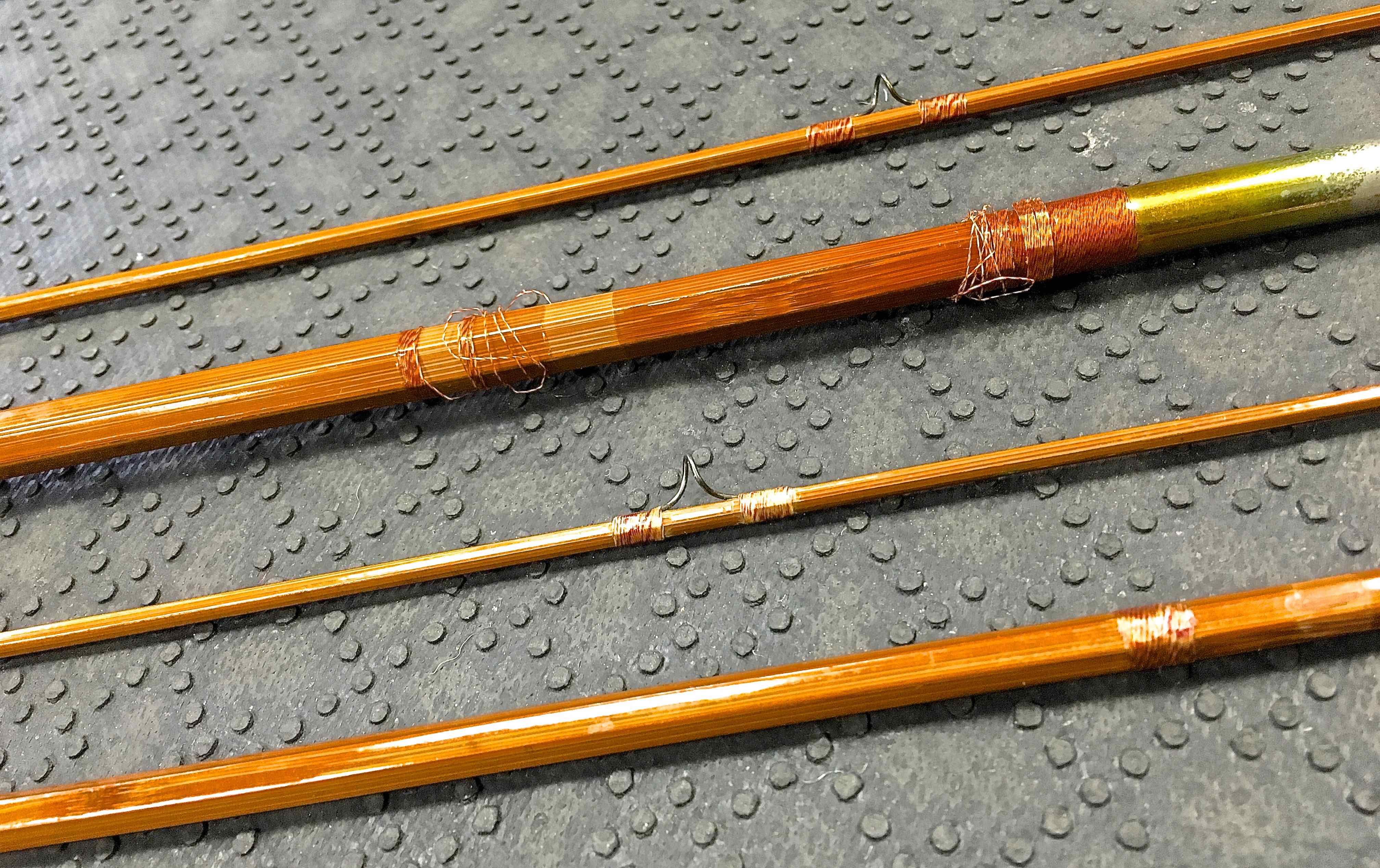 https://hooklineandsinker.ca/wp-content/uploads/2018/06/Cane-Bamboo-Rod-Prior-to-Refinish-AAA.jpg
2537
4032
HLSAdmin
https://hooklineandsinker.ca/wp-content/uploads/2014/12/Steelheading-in-the-Snow-900-80-Not-Faded-Actual-1030x91.jpg
HLSAdmin2018-06-03 19:57:342018-08-06 22:17:35Split Cane or Bamboo Fishing Rod Repairs
https://hooklineandsinker.ca/wp-content/uploads/2018/06/Cane-Bamboo-Rod-Prior-to-Refinish-AAA.jpg
2537
4032
HLSAdmin
https://hooklineandsinker.ca/wp-content/uploads/2014/12/Steelheading-in-the-Snow-900-80-Not-Faded-Actual-1030x91.jpg
HLSAdmin2018-06-03 19:57:342018-08-06 22:17:35Split Cane or Bamboo Fishing Rod Repairs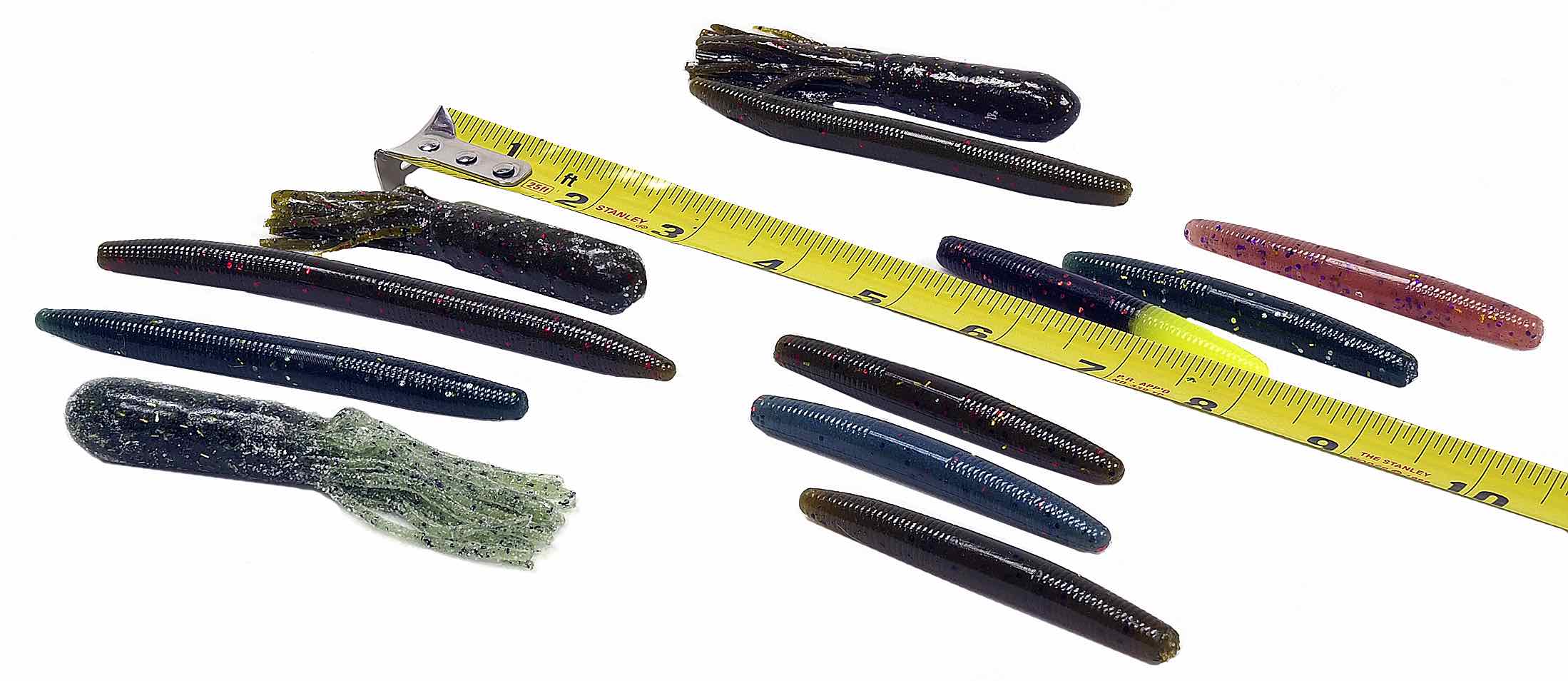 https://hooklineandsinker.ca/wp-content/uploads/2016/02/Lip-Locked-Baits-Soft-Plastic-Assortment-AA.jpg
954
2198
HLSAdmin
https://hooklineandsinker.ca/wp-content/uploads/2014/12/Steelheading-in-the-Snow-900-80-Not-Faded-Actual-1030x91.jpg
HLSAdmin2016-05-20 19:34:452019-08-26 21:32:53Custom Poured Salt Impregnated Soft Plastics
https://hooklineandsinker.ca/wp-content/uploads/2016/02/Lip-Locked-Baits-Soft-Plastic-Assortment-AA.jpg
954
2198
HLSAdmin
https://hooklineandsinker.ca/wp-content/uploads/2014/12/Steelheading-in-the-Snow-900-80-Not-Faded-Actual-1030x91.jpg
HLSAdmin2016-05-20 19:34:452019-08-26 21:32:53Custom Poured Salt Impregnated Soft Plastics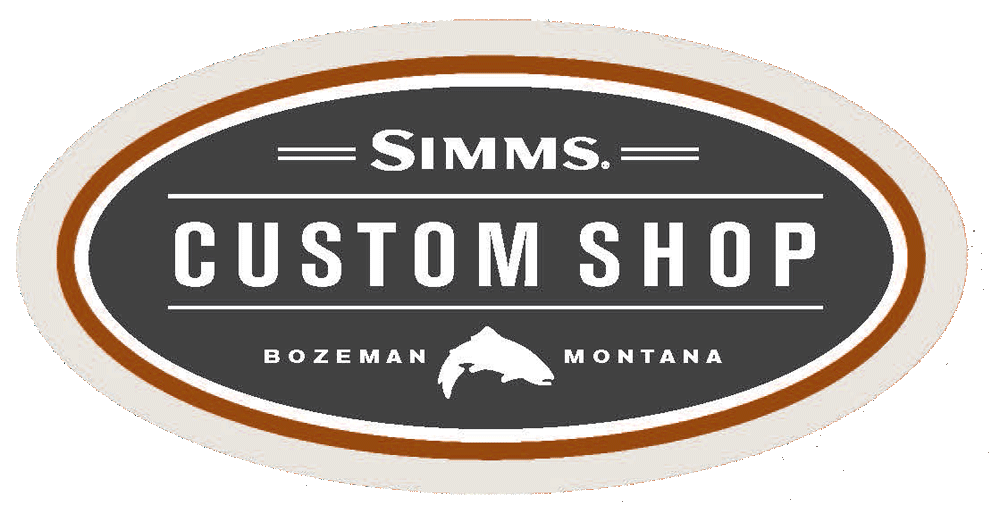 https://hooklineandsinker.ca/wp-content/uploads/2017/03/Simms-customshop.png
506
1000
HLSAdmin
https://hooklineandsinker.ca/wp-content/uploads/2014/12/Steelheading-in-the-Snow-900-80-Not-Faded-Actual-1030x91.jpg
HLSAdmin2017-03-12 18:43:112019-04-24 19:11:49Simms Custom Breathable Wader Options
https://hooklineandsinker.ca/wp-content/uploads/2017/03/Simms-customshop.png
506
1000
HLSAdmin
https://hooklineandsinker.ca/wp-content/uploads/2014/12/Steelheading-in-the-Snow-900-80-Not-Faded-Actual-1030x91.jpg
HLSAdmin2017-03-12 18:43:112019-04-24 19:11:49Simms Custom Breathable Wader Options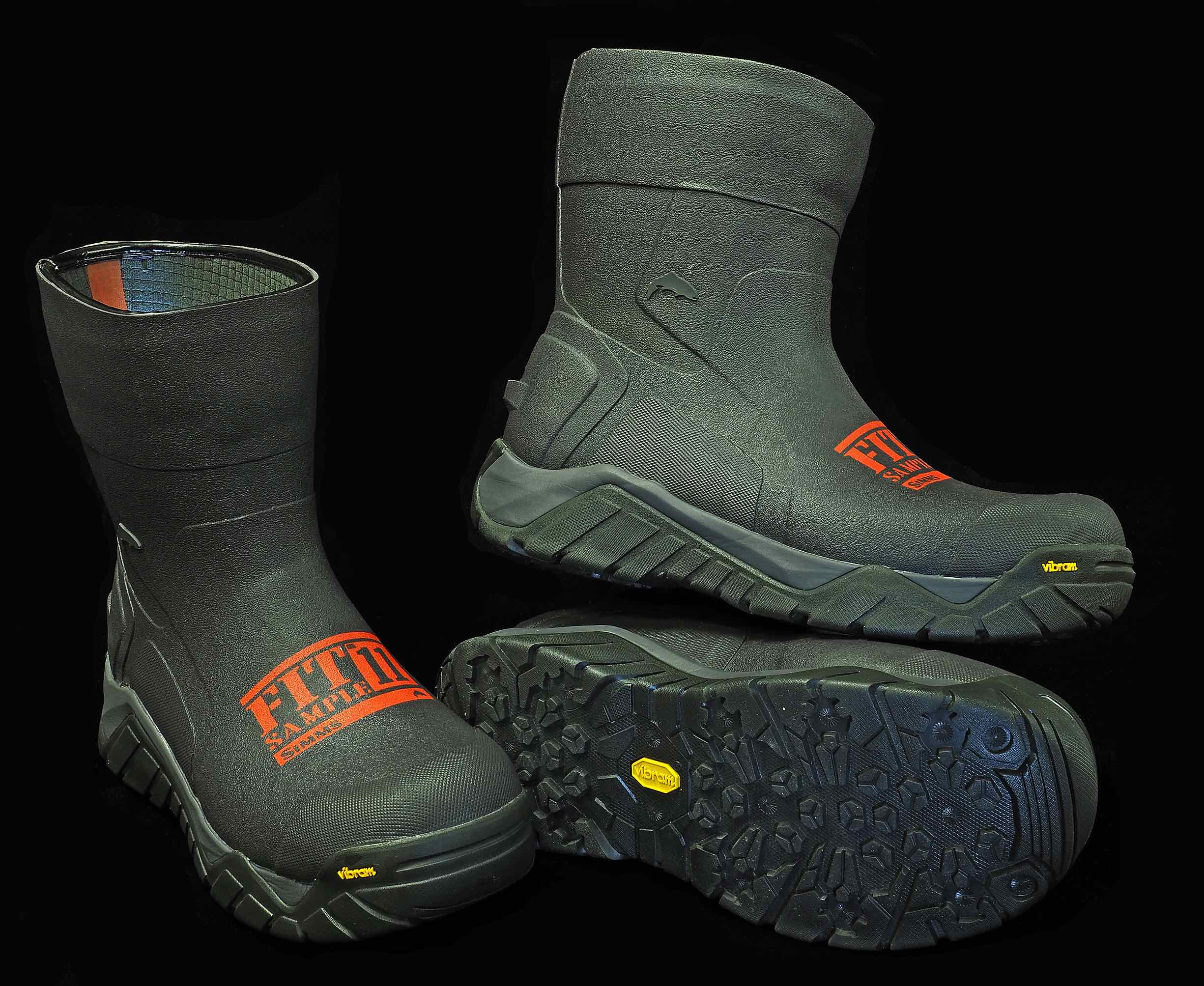 https://hooklineandsinker.ca/wp-content/uploads/2017/09/2017-Simms-Vibram-Boot-Fit-Kit-AA.jpg
2007
2450
HLSAdmin
https://hooklineandsinker.ca/wp-content/uploads/2014/12/Steelheading-in-the-Snow-900-80-Not-Faded-Actual-1030x91.jpg
HLSAdmin2017-09-02 23:20:492018-12-02 00:28:39Simms Vibram Boot Fit Kit
https://hooklineandsinker.ca/wp-content/uploads/2017/09/2017-Simms-Vibram-Boot-Fit-Kit-AA.jpg
2007
2450
HLSAdmin
https://hooklineandsinker.ca/wp-content/uploads/2014/12/Steelheading-in-the-Snow-900-80-Not-Faded-Actual-1030x91.jpg
HLSAdmin2017-09-02 23:20:492018-12-02 00:28:39Simms Vibram Boot Fit Kit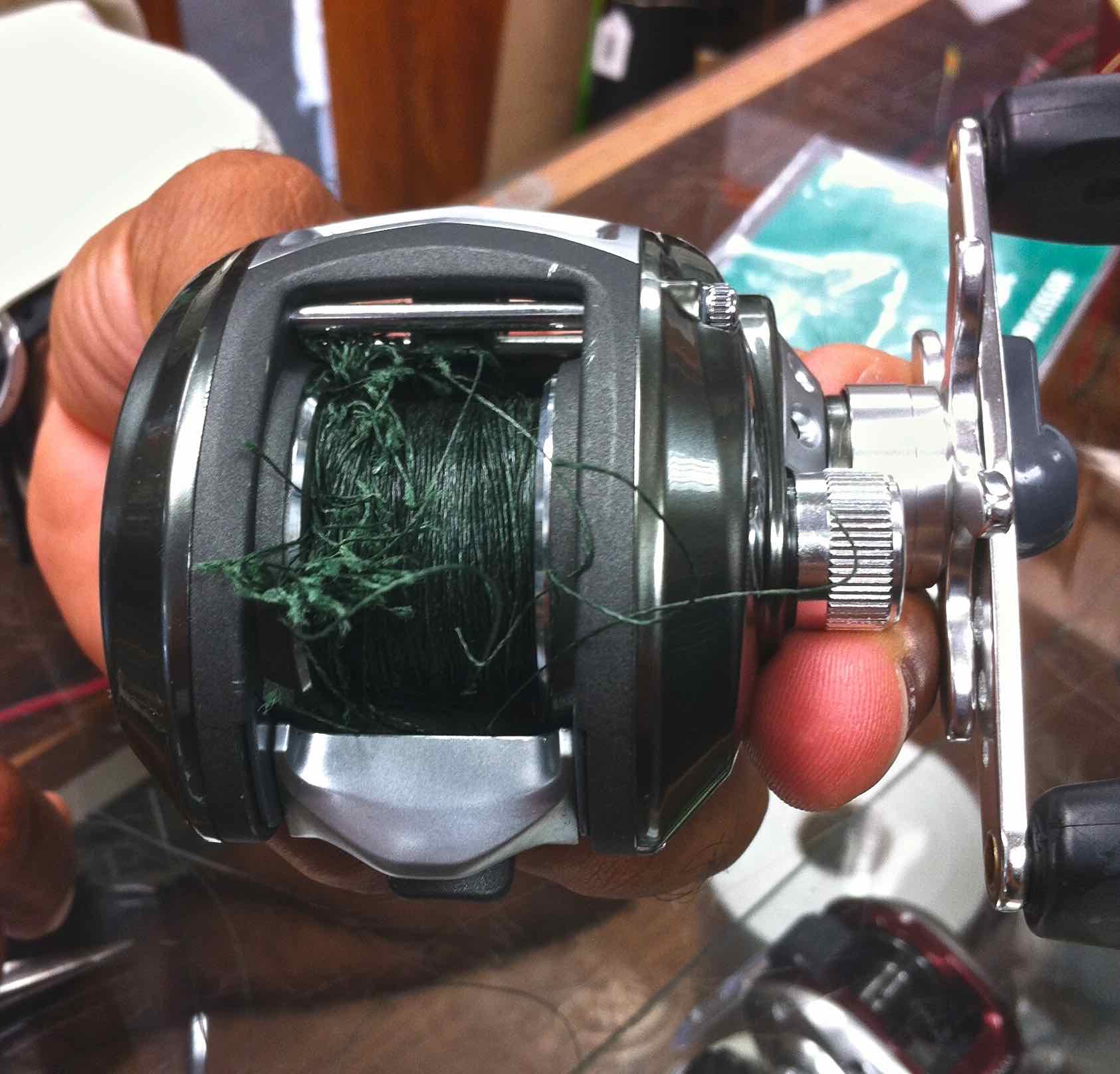 https://hooklineandsinker.ca/wp-content/uploads/2016/06/Baitcast-professional-over-run-A.jpg
1616
1685
HLSAdmin
https://hooklineandsinker.ca/wp-content/uploads/2014/12/Steelheading-in-the-Snow-900-80-Not-Faded-Actual-1030x91.jpg
HLSAdmin2016-06-11 23:21:412019-07-24 18:56:04Baitcasting Lessons – Using a Baitcaster 101
https://hooklineandsinker.ca/wp-content/uploads/2016/06/Baitcast-professional-over-run-A.jpg
1616
1685
HLSAdmin
https://hooklineandsinker.ca/wp-content/uploads/2014/12/Steelheading-in-the-Snow-900-80-Not-Faded-Actual-1030x91.jpg
HLSAdmin2016-06-11 23:21:412019-07-24 18:56:04Baitcasting Lessons – Using a Baitcaster 101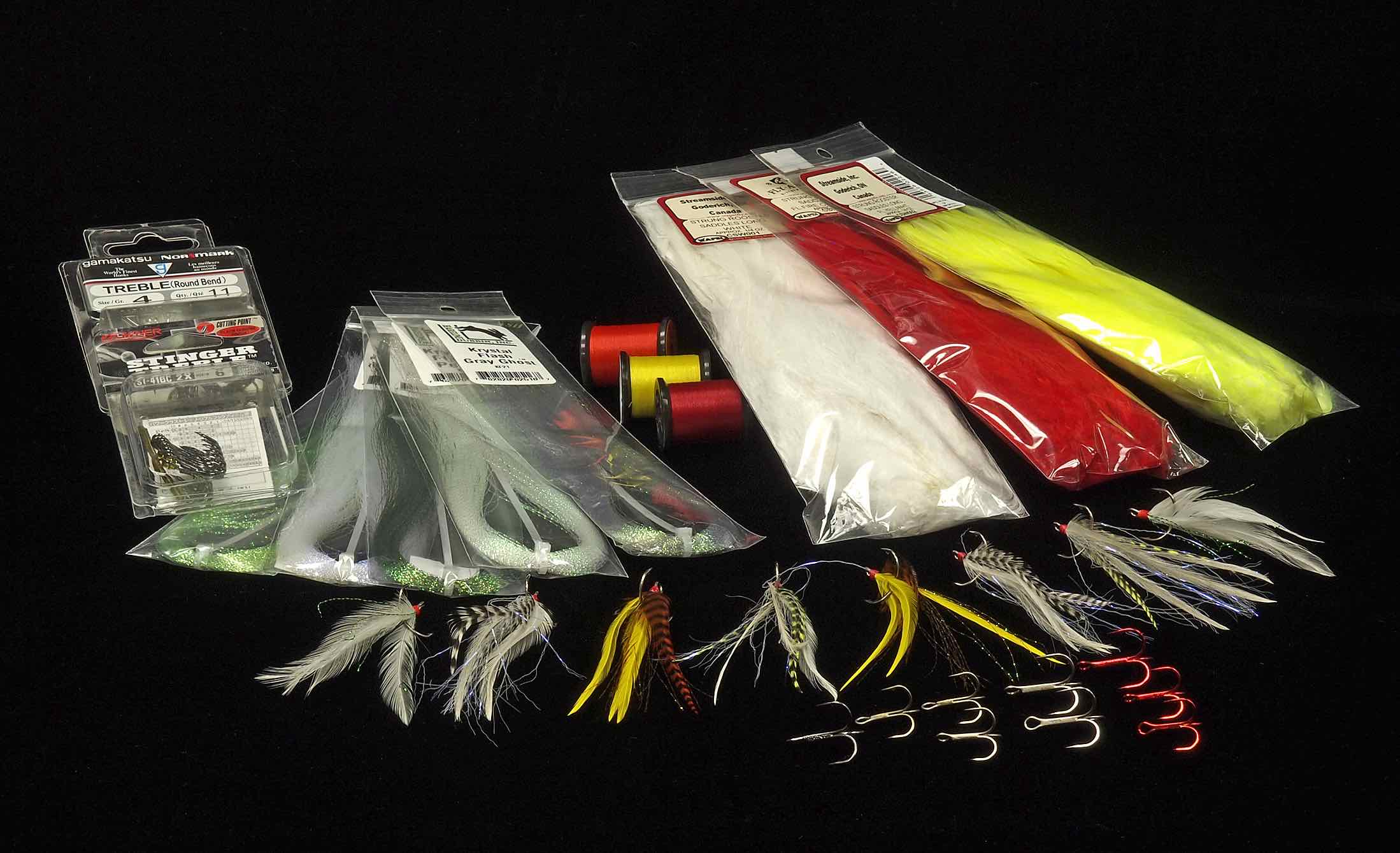 https://hooklineandsinker.ca/wp-content/uploads/2015/06/Custom-Feathered-Treble-Hooks-AA.jpg
1339
2198
HLSAdmin
https://hooklineandsinker.ca/wp-content/uploads/2014/12/Steelheading-in-the-Snow-900-80-Not-Faded-Actual-1030x91.jpg
HLSAdmin2015-06-18 22:51:202017-12-23 22:20:15Custom Feathering
https://hooklineandsinker.ca/wp-content/uploads/2015/06/Custom-Feathered-Treble-Hooks-AA.jpg
1339
2198
HLSAdmin
https://hooklineandsinker.ca/wp-content/uploads/2014/12/Steelheading-in-the-Snow-900-80-Not-Faded-Actual-1030x91.jpg
HLSAdmin2015-06-18 22:51:202017-12-23 22:20:15Custom Feathering https://hooklineandsinker.ca/wp-content/uploads/2014/04/HLS-and-TFC-T-Shirts-AA.jpg
2198
1946
Ray Collesso
https://hooklineandsinker.ca/wp-content/uploads/2014/12/Steelheading-in-the-Snow-900-80-Not-Faded-Actual-1030x91.jpg
Ray Collesso2014-04-04 13:09:542017-02-12 18:57:59Custom Logo T-Shirts, Ball Caps, Hats & Much More…
https://hooklineandsinker.ca/wp-content/uploads/2014/04/HLS-and-TFC-T-Shirts-AA.jpg
2198
1946
Ray Collesso
https://hooklineandsinker.ca/wp-content/uploads/2014/12/Steelheading-in-the-Snow-900-80-Not-Faded-Actual-1030x91.jpg
Ray Collesso2014-04-04 13:09:542017-02-12 18:57:59Custom Logo T-Shirts, Ball Caps, Hats & Much More…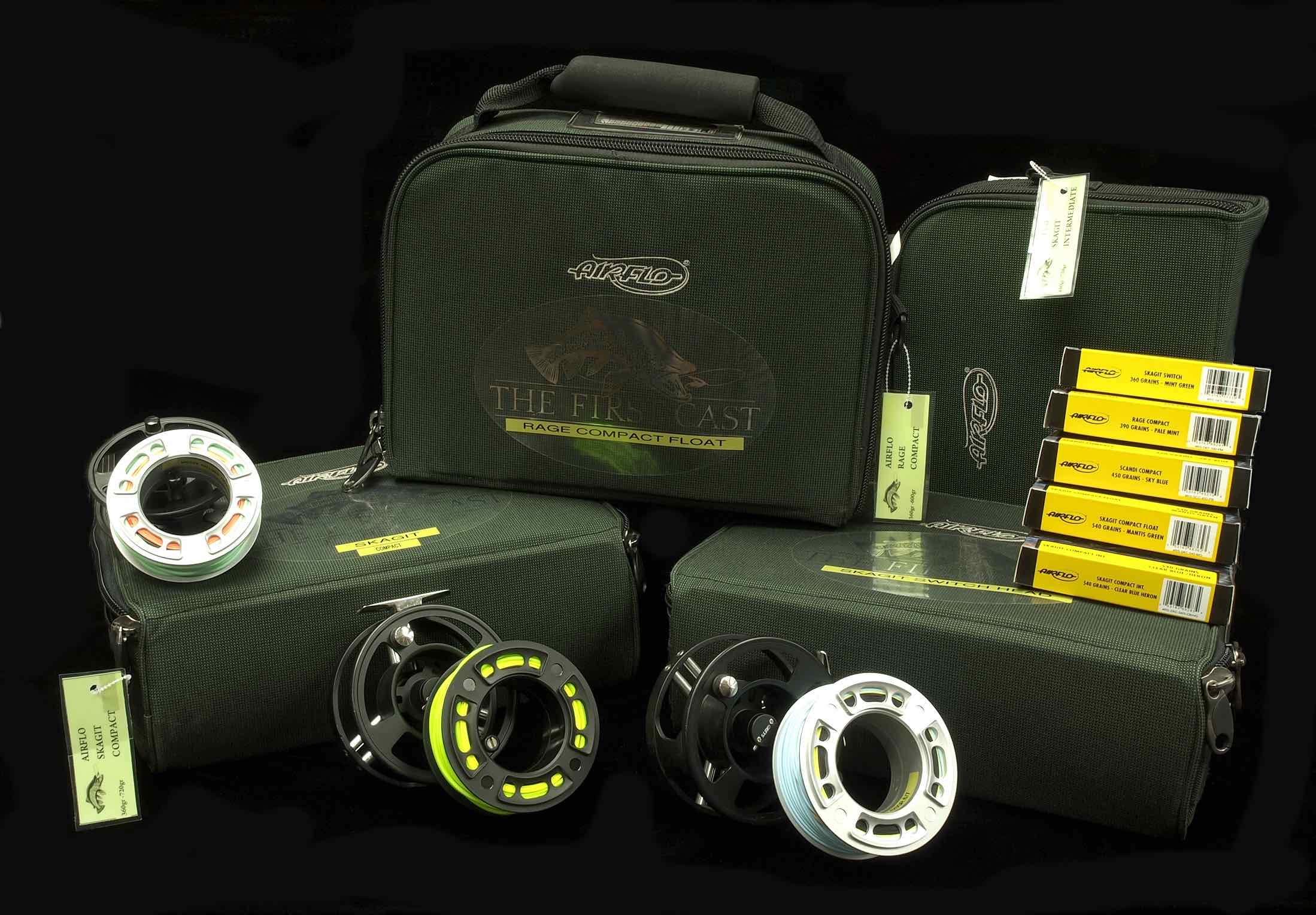 https://hooklineandsinker.ca/wp-content/uploads/2014/01/Spey-Head-Loaner-Program-Airflo-AA.jpg
1528
2198
Ray Collesso
https://hooklineandsinker.ca/wp-content/uploads/2014/12/Steelheading-in-the-Snow-900-80-Not-Faded-Actual-1030x91.jpg
Ray Collesso2014-01-08 11:35:152022-04-18 13:28:29Spey Head Loaner Program (Airflo / RIO / OPST / Scientific Anglers)
https://hooklineandsinker.ca/wp-content/uploads/2014/01/Spey-Head-Loaner-Program-Airflo-AA.jpg
1528
2198
Ray Collesso
https://hooklineandsinker.ca/wp-content/uploads/2014/12/Steelheading-in-the-Snow-900-80-Not-Faded-Actual-1030x91.jpg
Ray Collesso2014-01-08 11:35:152022-04-18 13:28:29Spey Head Loaner Program (Airflo / RIO / OPST / Scientific Anglers)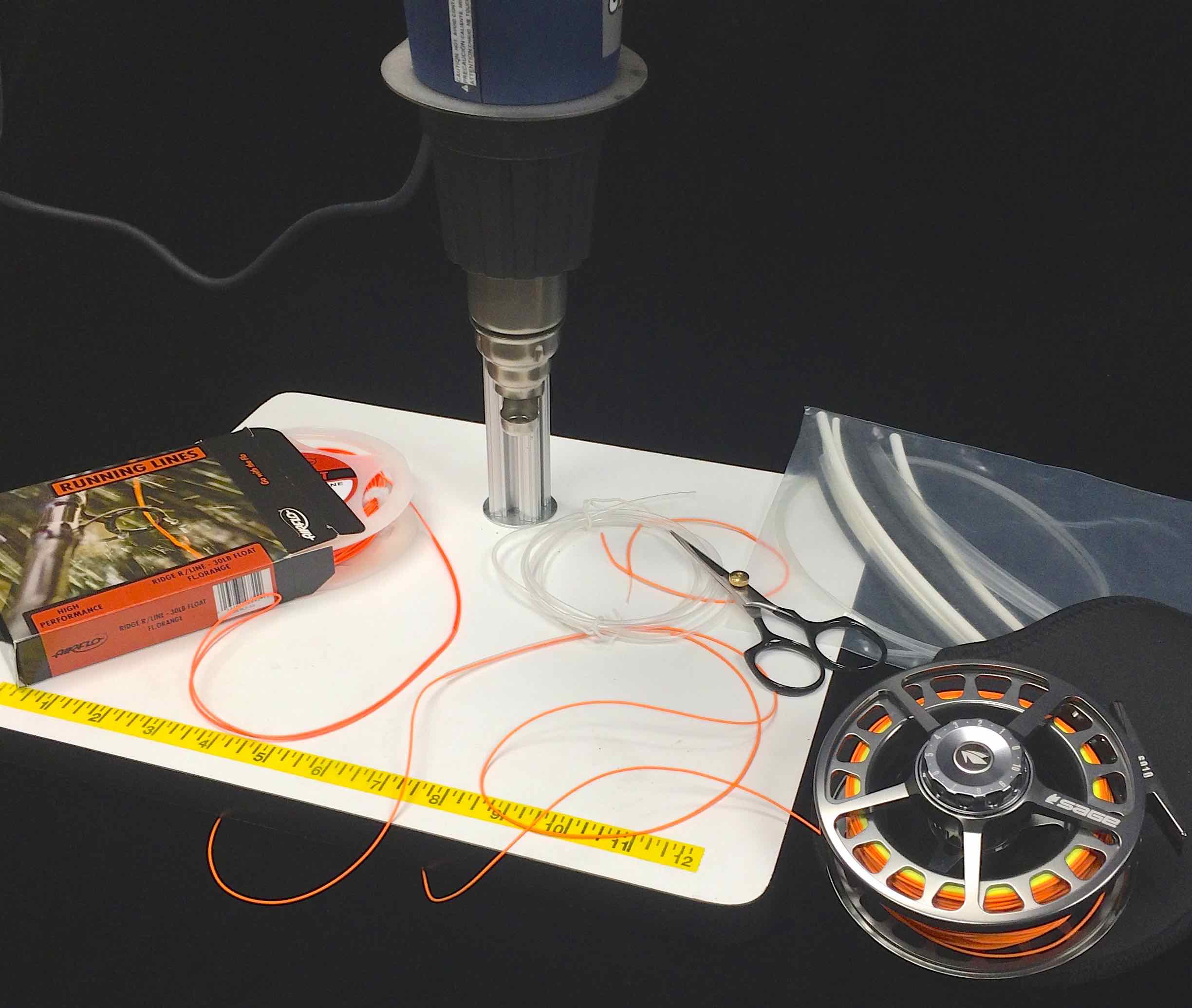 https://hooklineandsinker.ca/wp-content/uploads/2013/12/Fly-Line-Welding-Repair-Machine-Sage-6010-Fly-Reel-AAA.jpg
2070
2448
Ray Collesso
https://hooklineandsinker.ca/wp-content/uploads/2014/12/Steelheading-in-the-Snow-900-80-Not-Faded-Actual-1030x91.jpg
Ray Collesso2013-12-30 23:35:552022-03-18 22:36:39Airflo Line Welding & Repair Machine – SERVICE DISCONTINUED.
https://hooklineandsinker.ca/wp-content/uploads/2013/12/Fly-Line-Welding-Repair-Machine-Sage-6010-Fly-Reel-AAA.jpg
2070
2448
Ray Collesso
https://hooklineandsinker.ca/wp-content/uploads/2014/12/Steelheading-in-the-Snow-900-80-Not-Faded-Actual-1030x91.jpg
Ray Collesso2013-12-30 23:35:552022-03-18 22:36:39Airflo Line Welding & Repair Machine – SERVICE DISCONTINUED.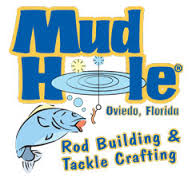 https://hooklineandsinker.ca/wp-content/uploads/2017/01/mudhole-logo.jpg
181
192
HLSAdmin
https://hooklineandsinker.ca/wp-content/uploads/2014/12/Steelheading-in-the-Snow-900-80-Not-Faded-Actual-1030x91.jpg
HLSAdmin2017-01-15 17:21:162022-04-18 13:28:07Mud Hole Rod Building & Tackle Crafting
https://hooklineandsinker.ca/wp-content/uploads/2017/01/mudhole-logo.jpg
181
192
HLSAdmin
https://hooklineandsinker.ca/wp-content/uploads/2014/12/Steelheading-in-the-Snow-900-80-Not-Faded-Actual-1030x91.jpg
HLSAdmin2017-01-15 17:21:162022-04-18 13:28:07Mud Hole Rod Building & Tackle CraftingWe are the leading provider of Fly Fishing Lessons, Corporate Team Building, and Guiding on the Upper Grand River, the Upper Credit River, and the Conestogo River.
No Guelph, Fergus, Kitchener or Cambridge Fishing Tackle Retailer will boast as complete and diverse a store inventory, including a vast selection of Centerpin / Float Fishing Reels, Rods, Clothing and Accessories.
Order a HLS or TFC Gift Card – We will put one in the mail for FREE!
Fly Shop Flyshop Flyfish Grand River Fly fish Grand River Guide Grand River Lesson Grand River Fergus Ontario Canada

